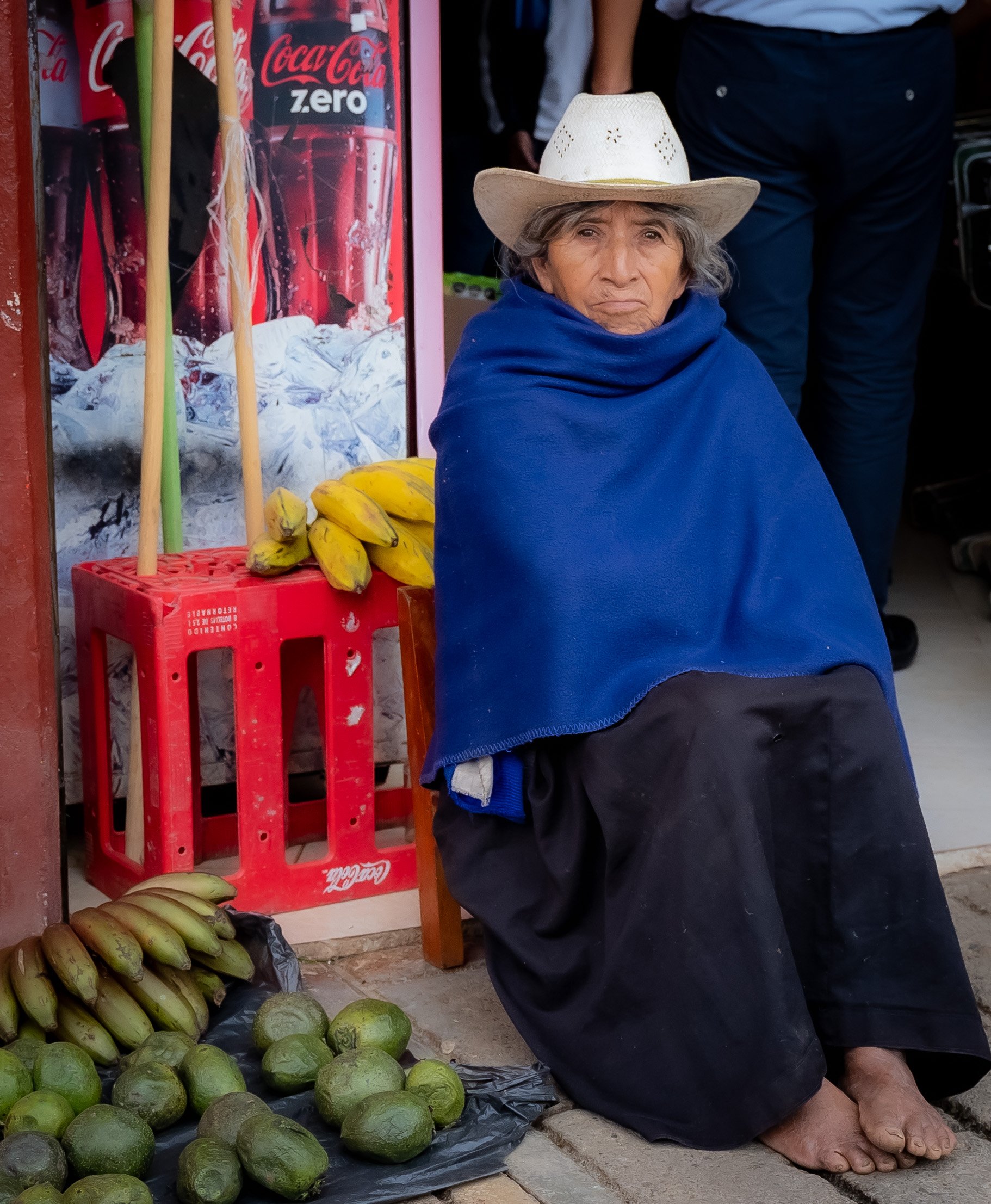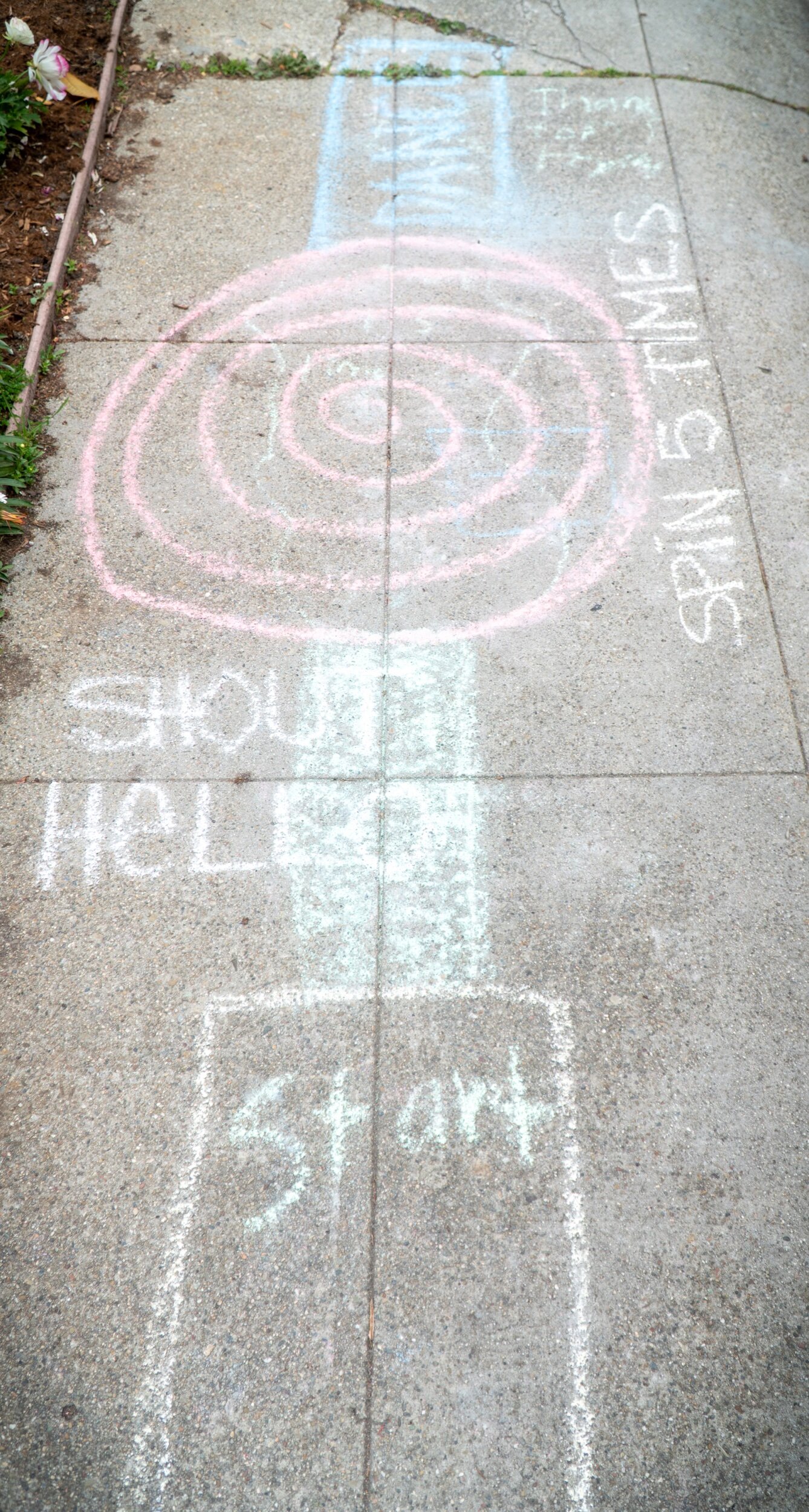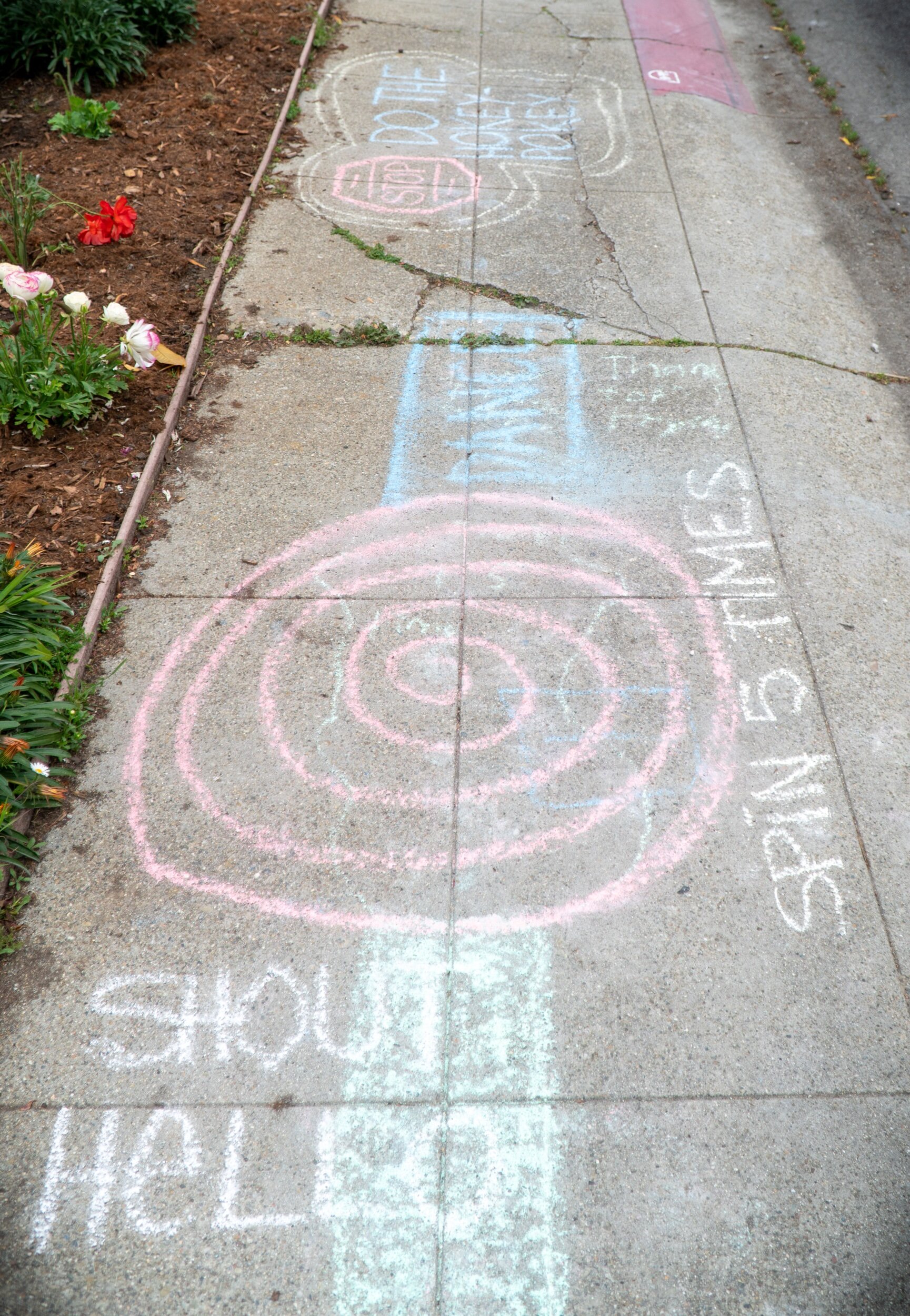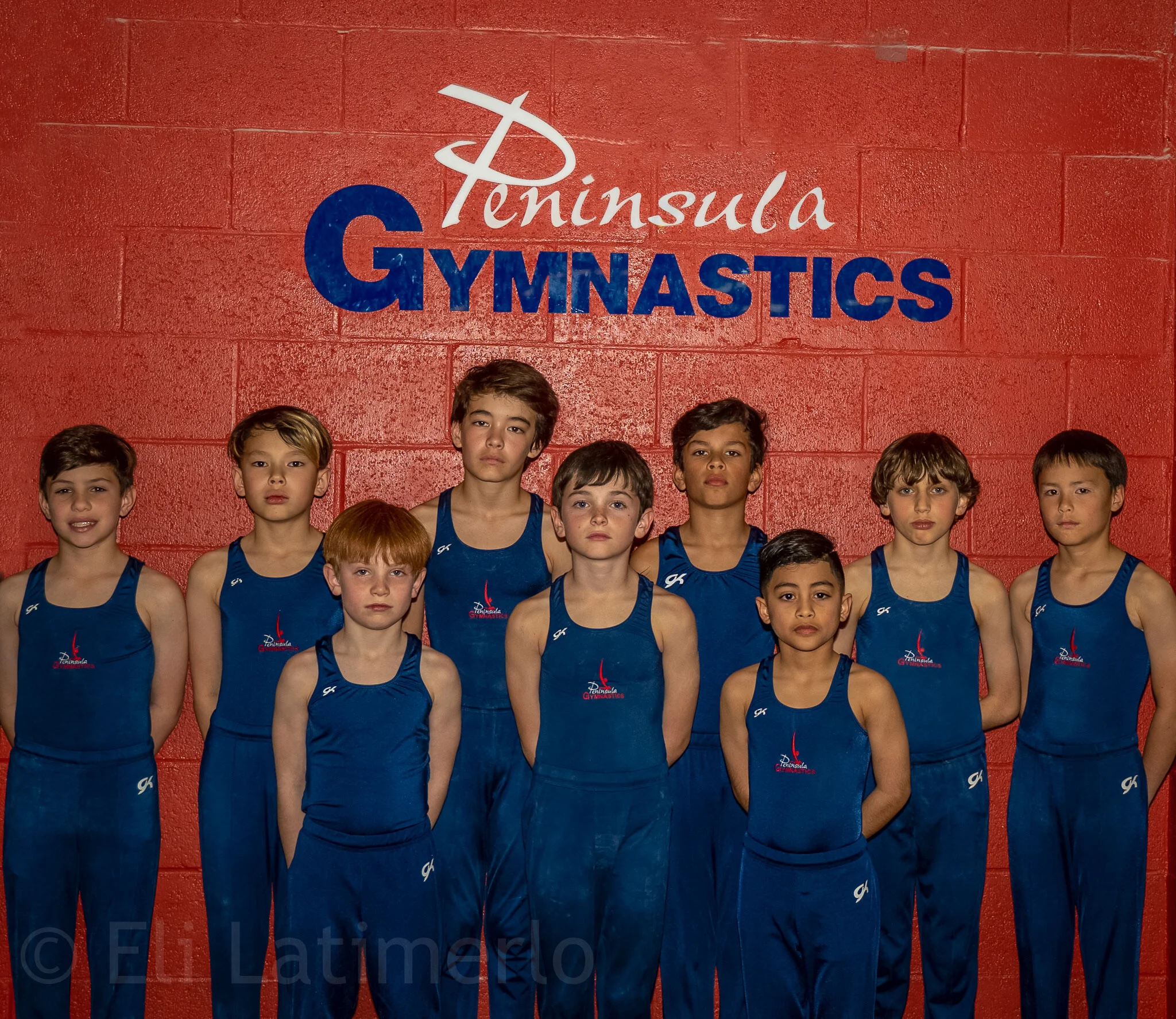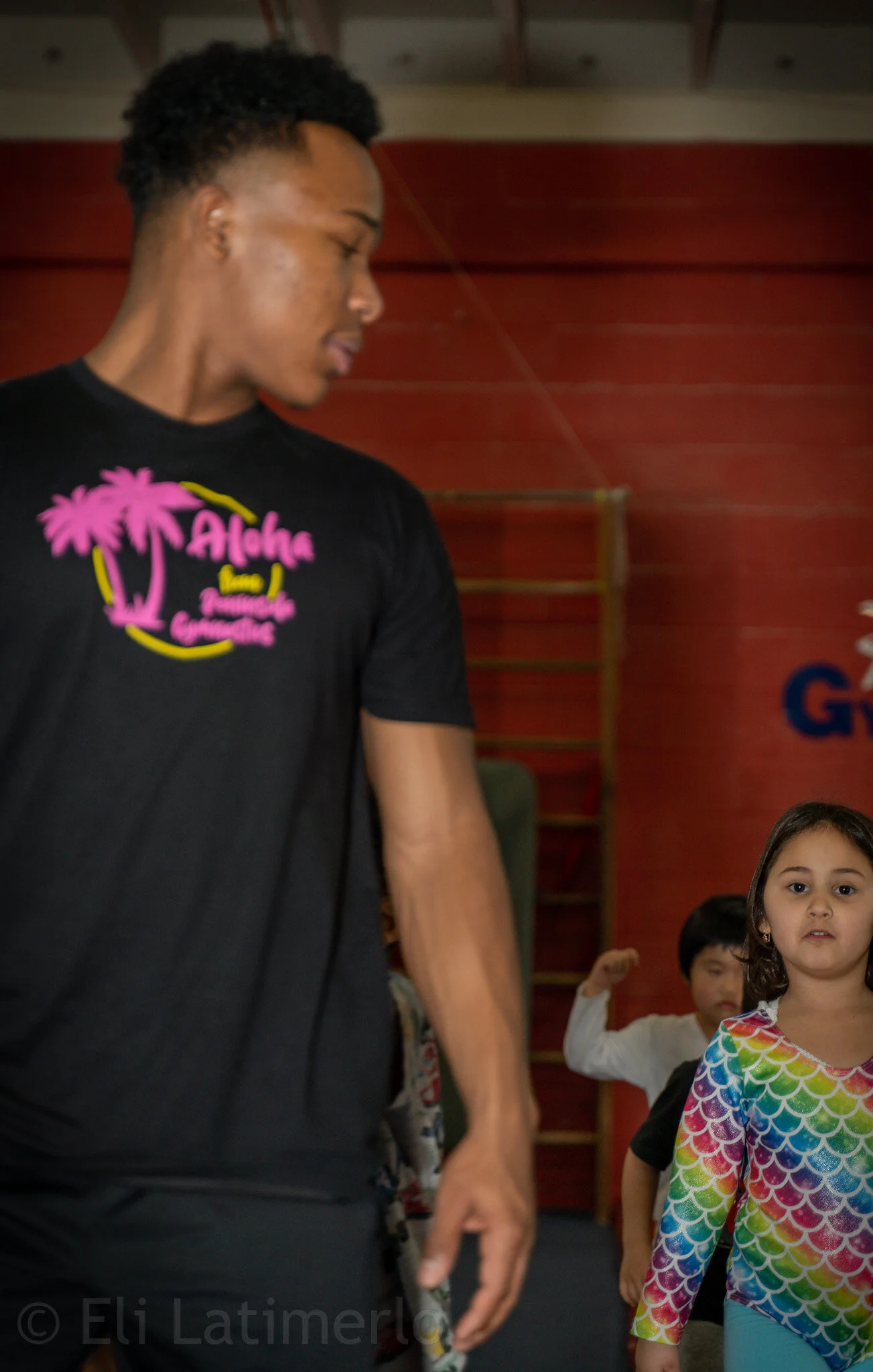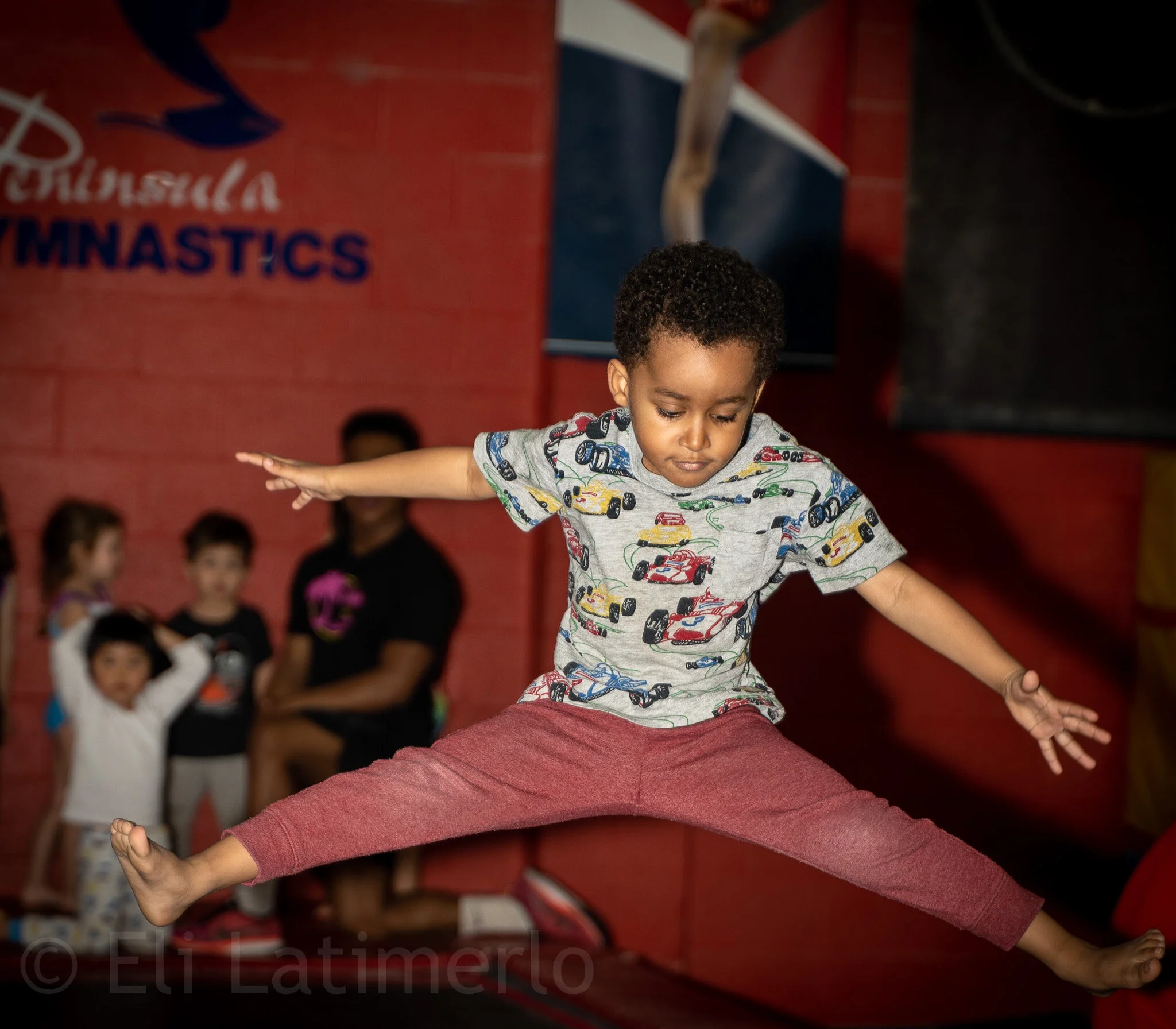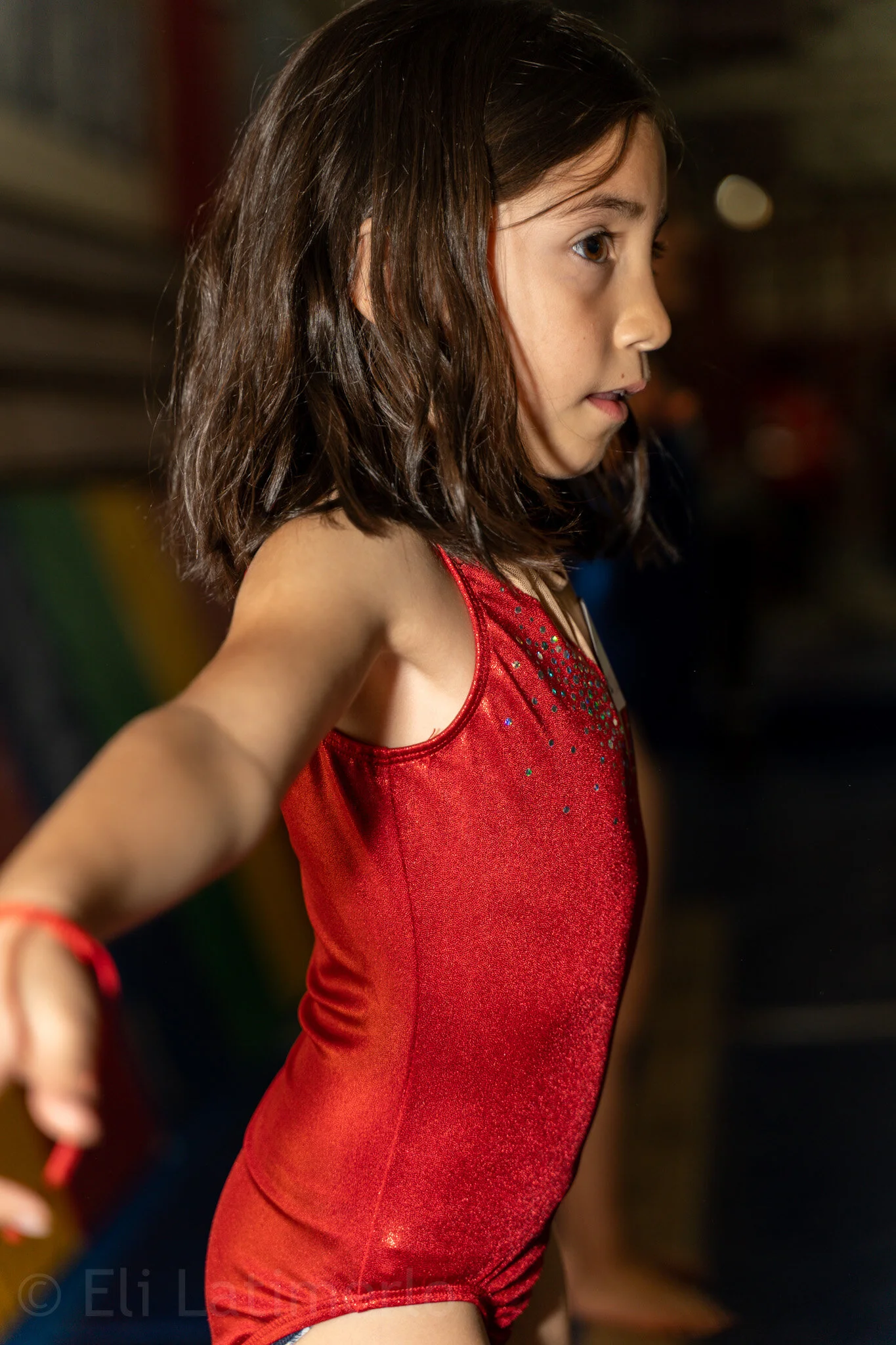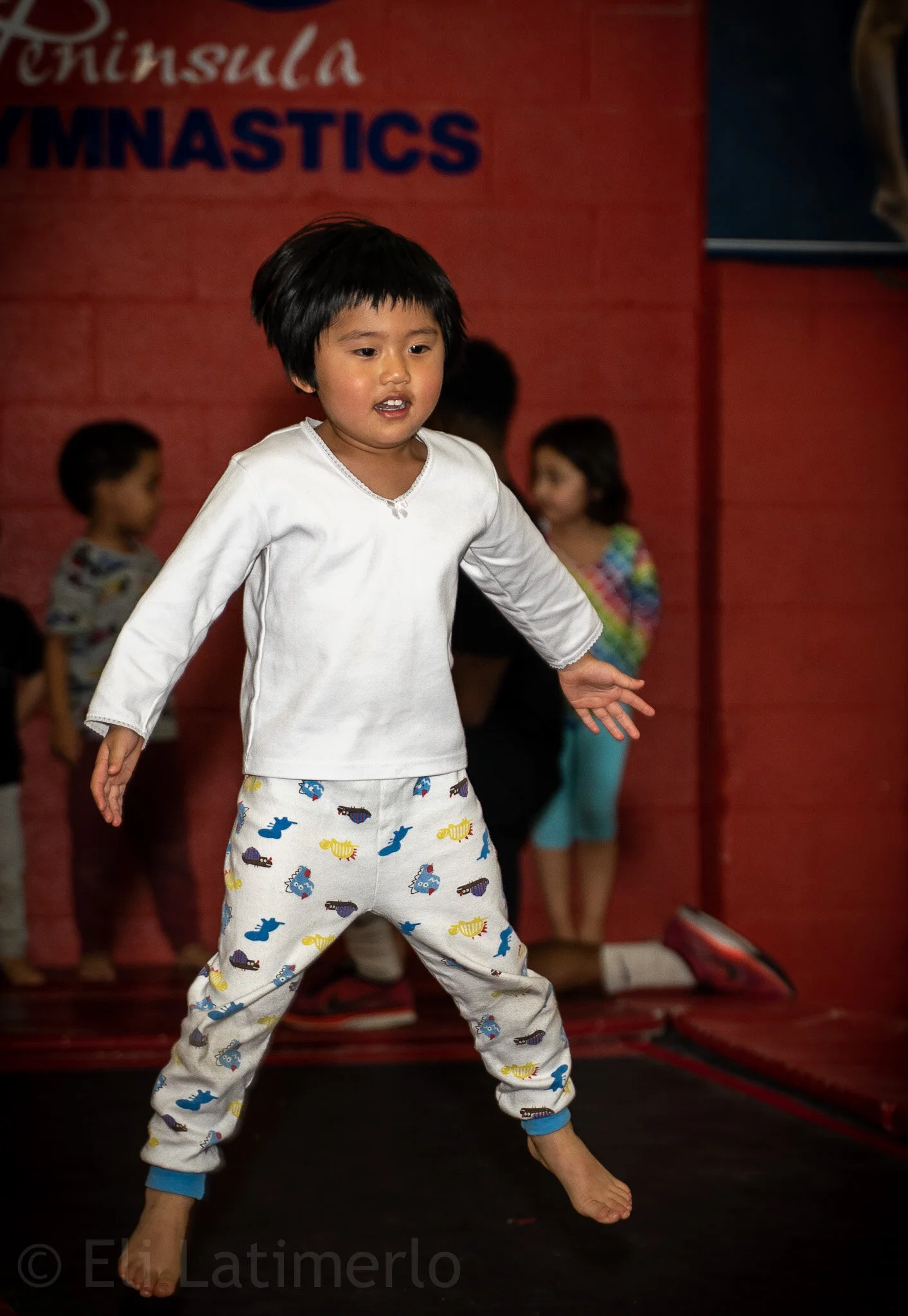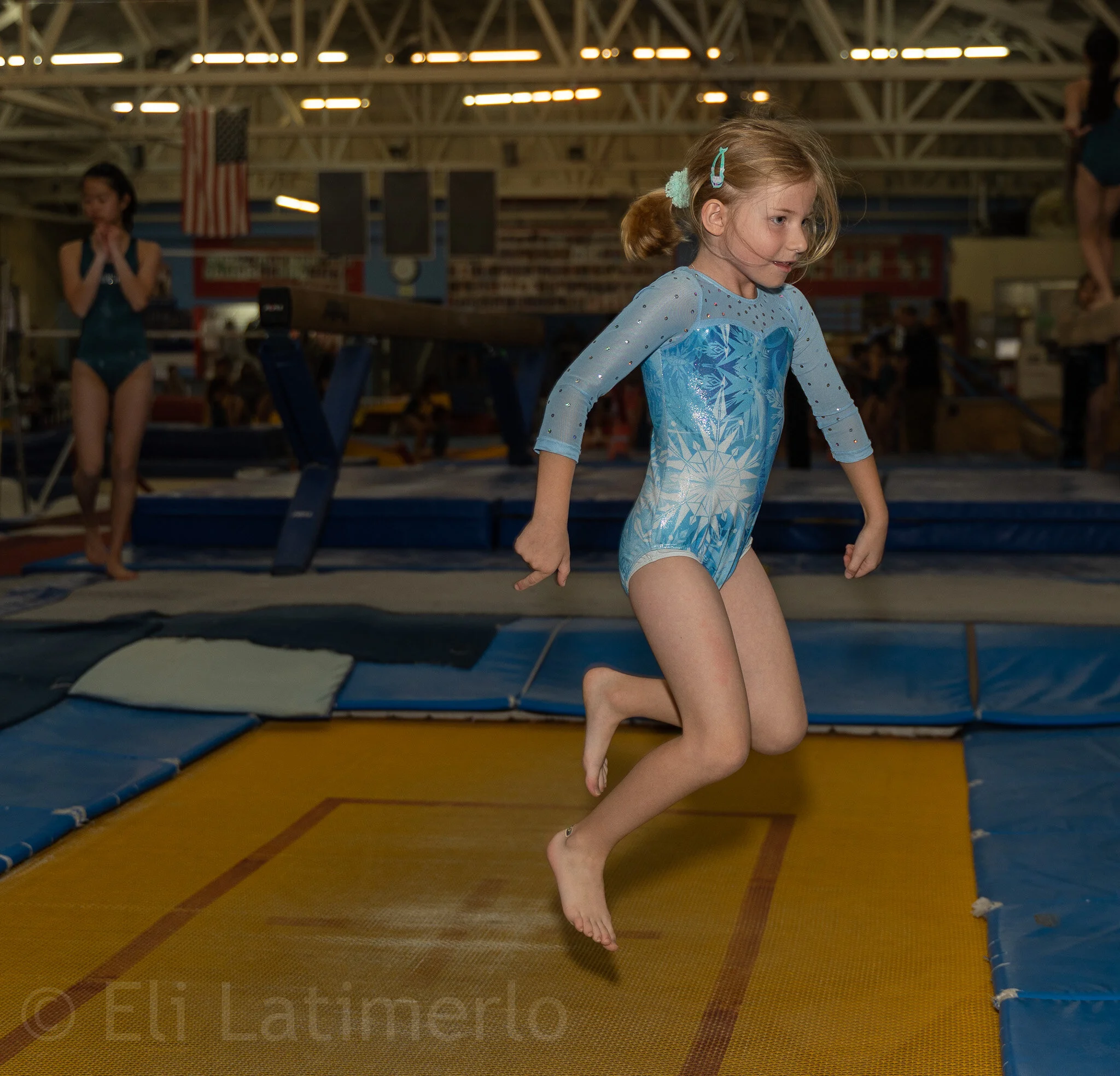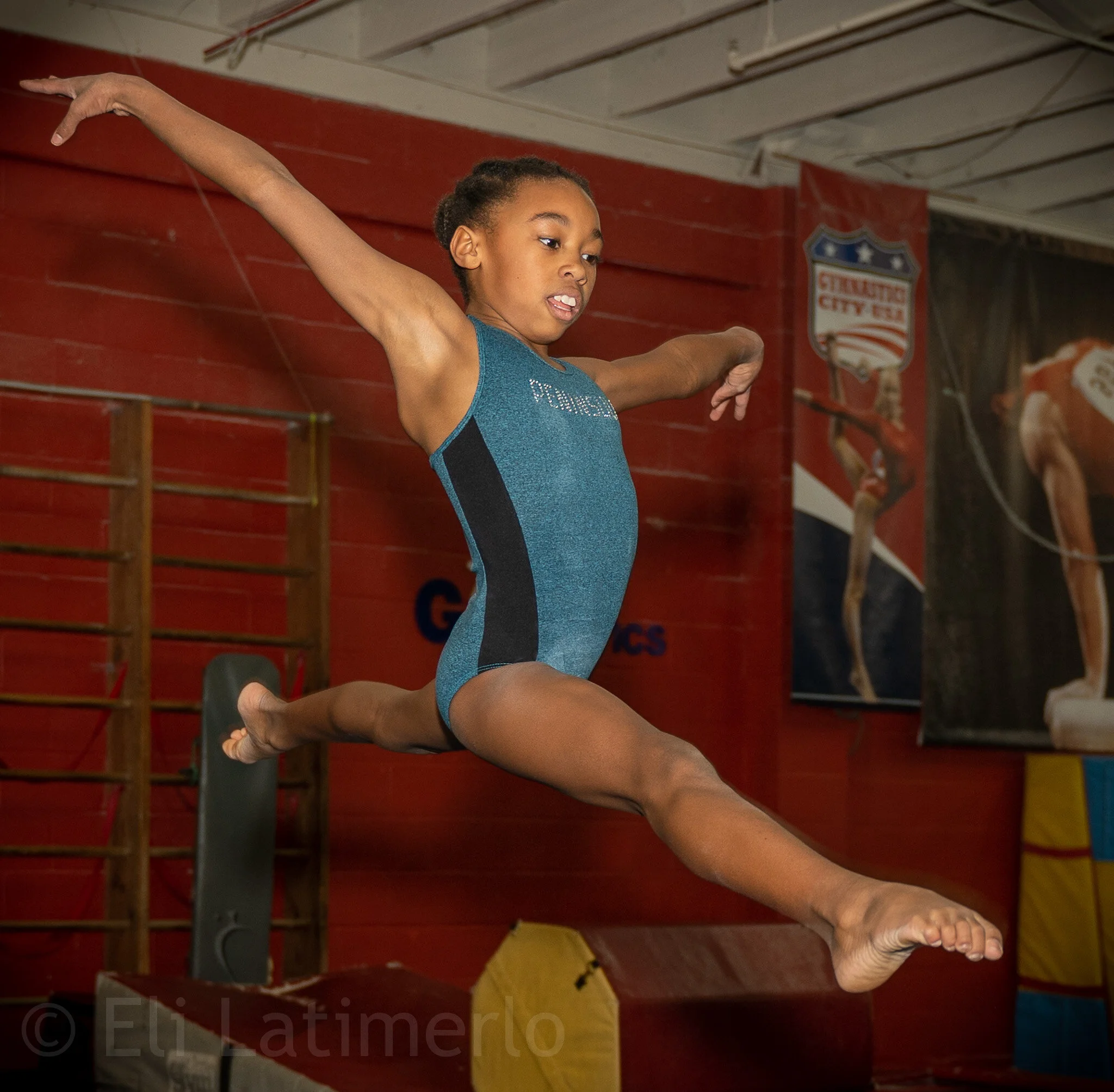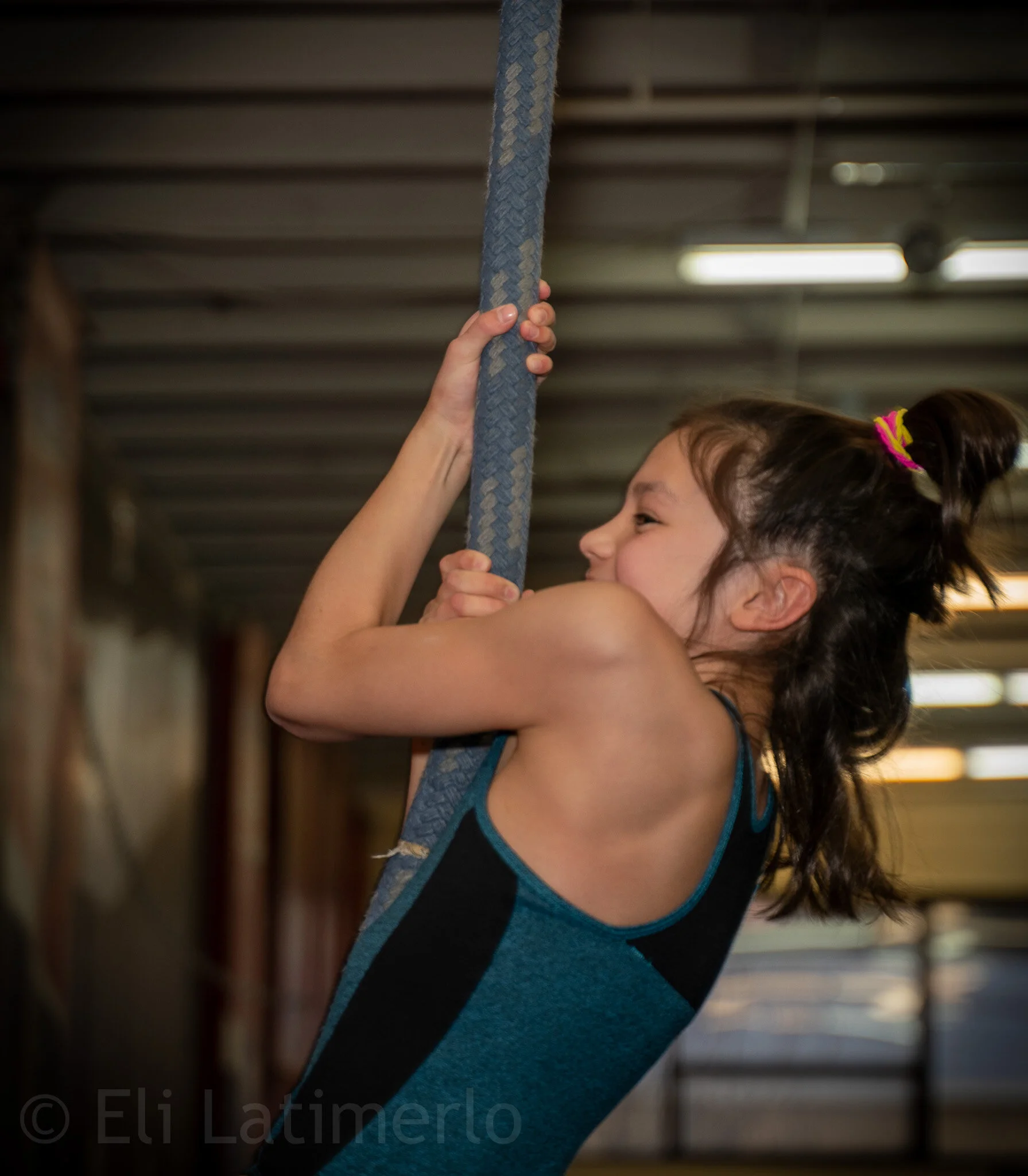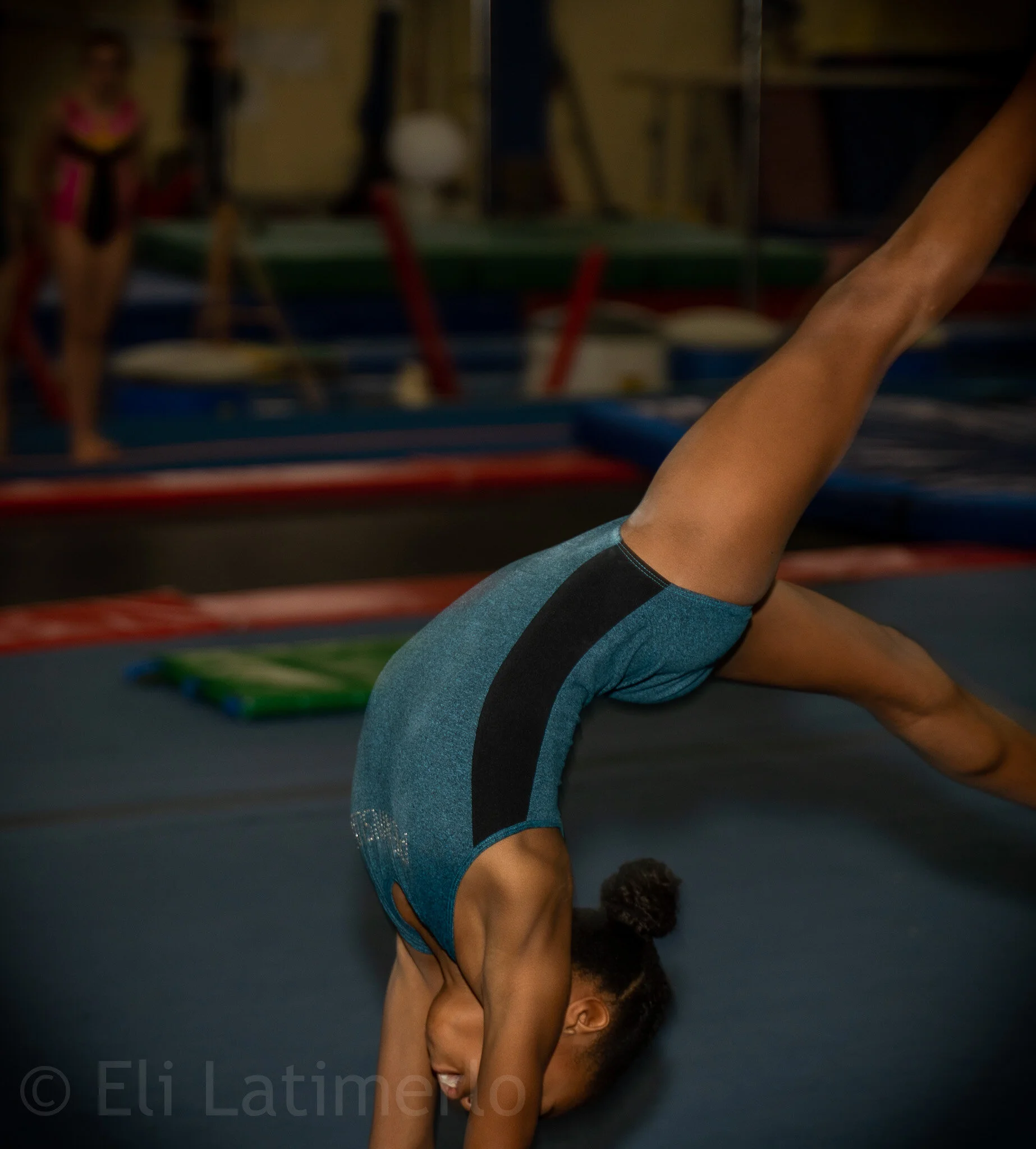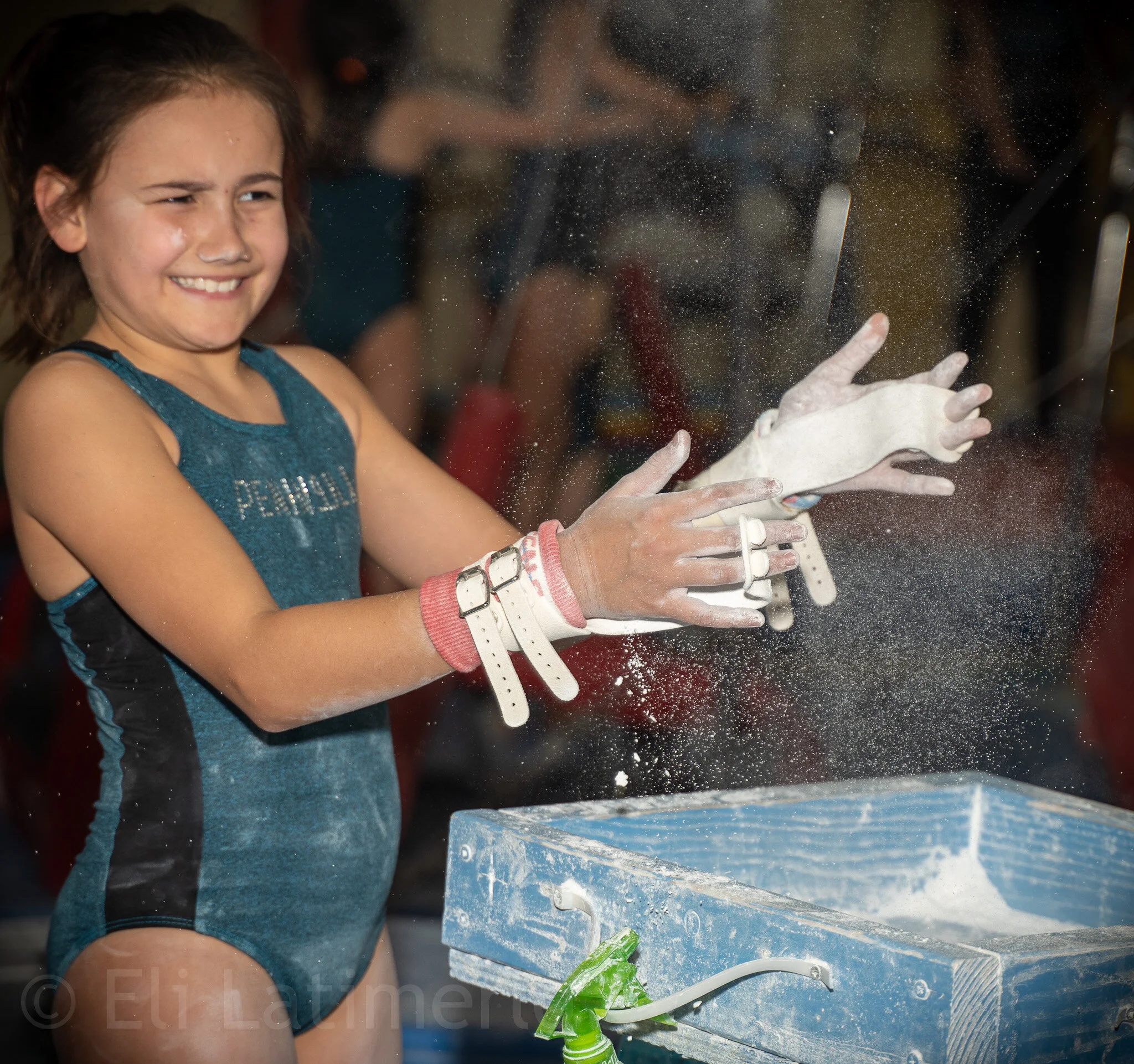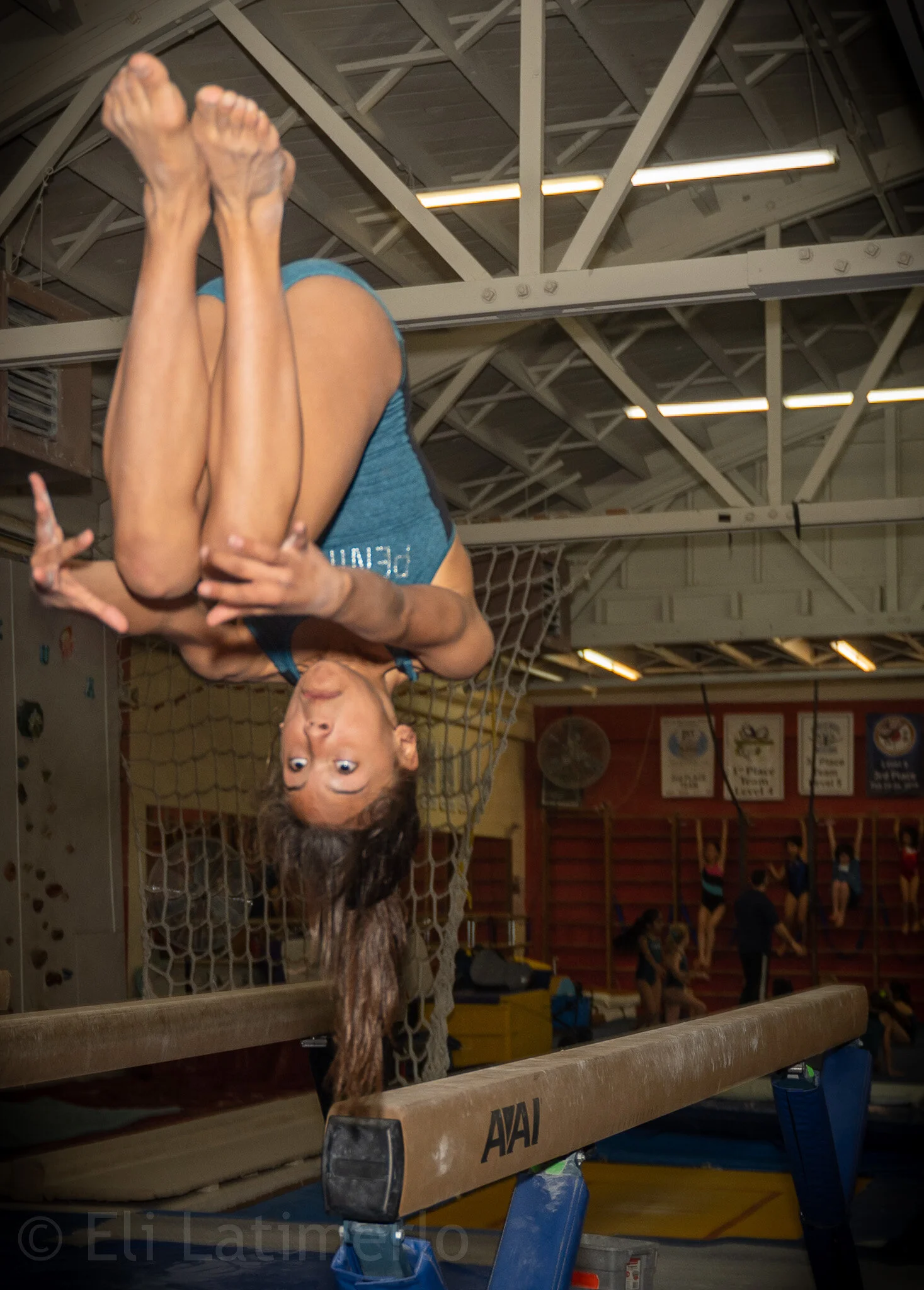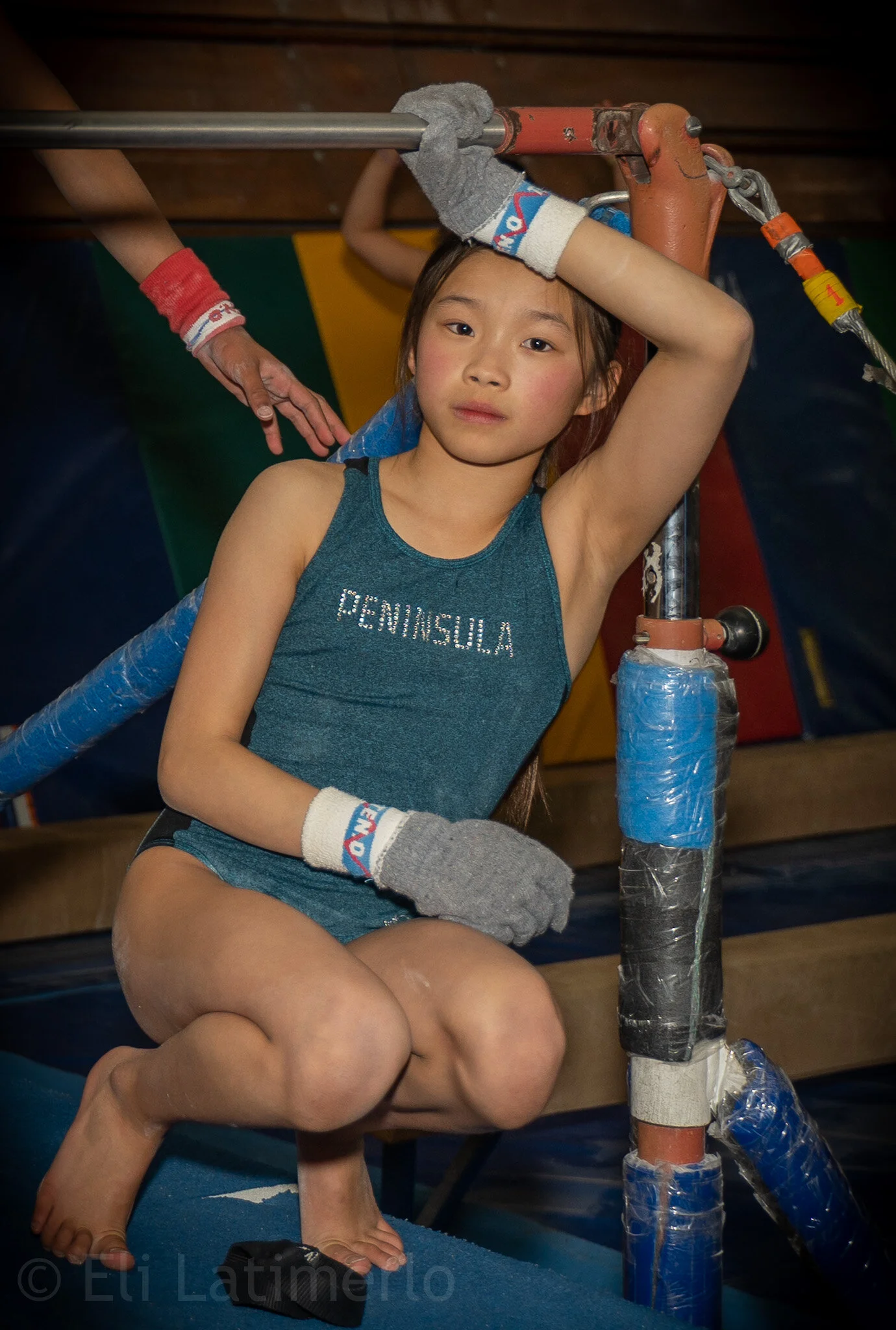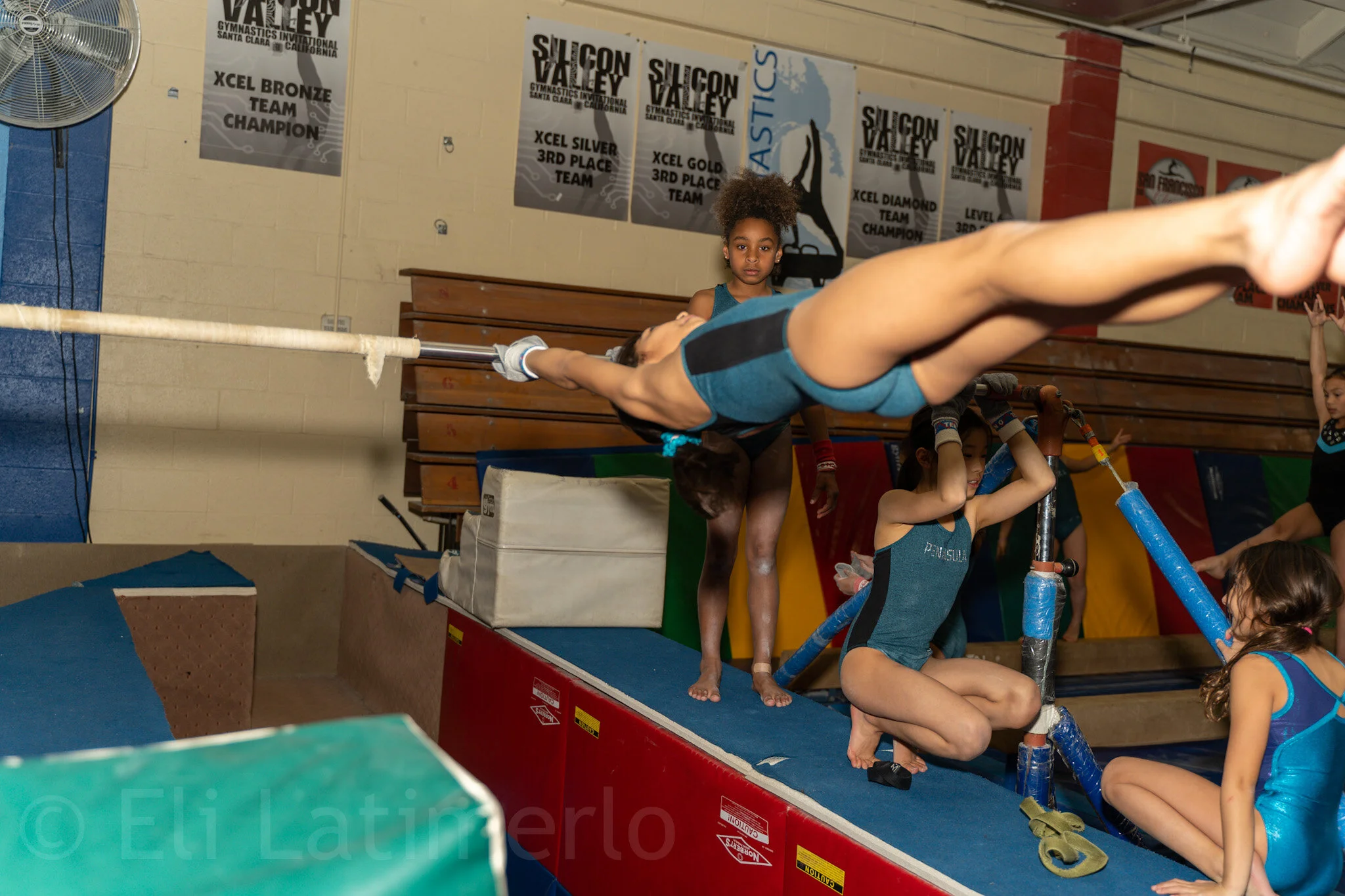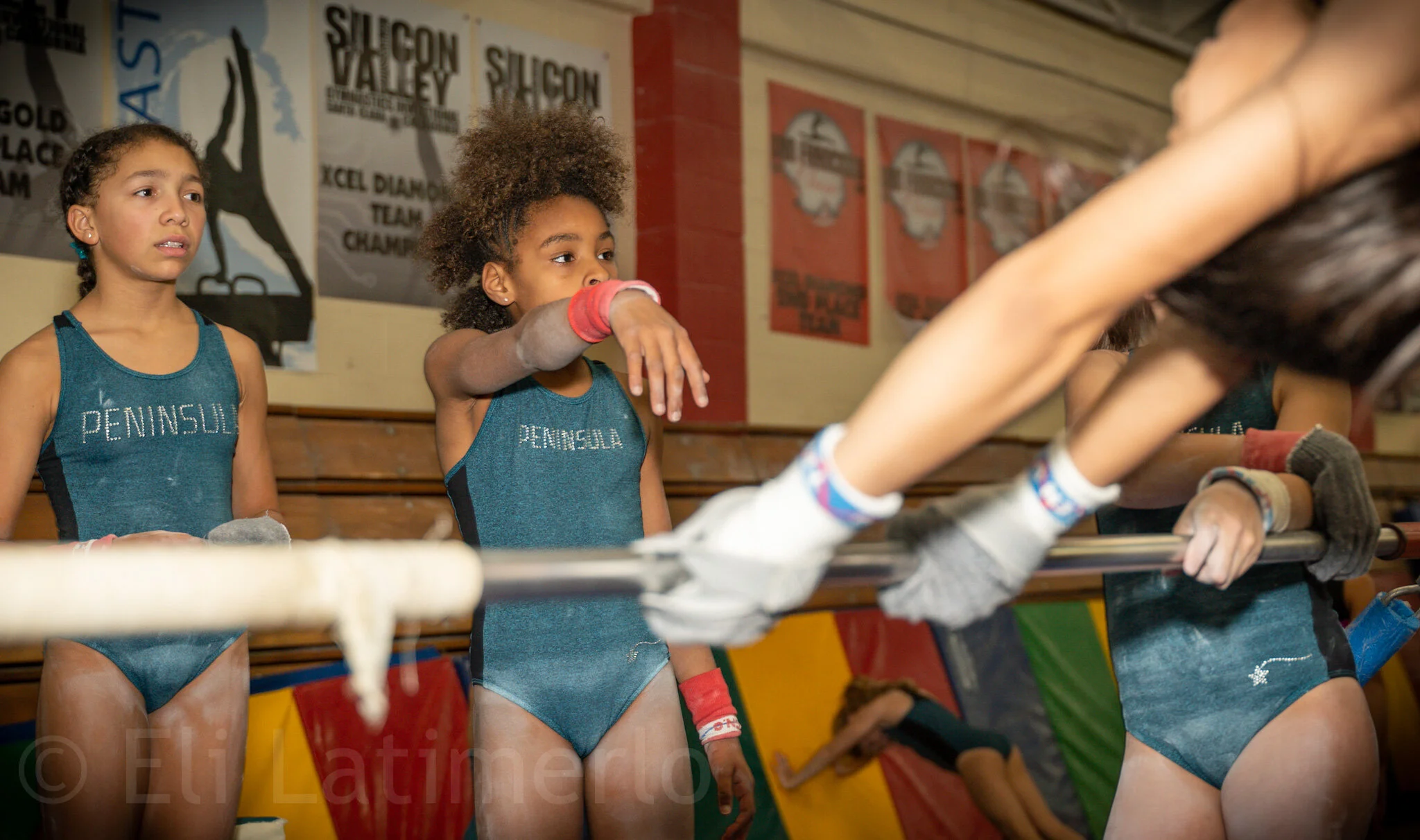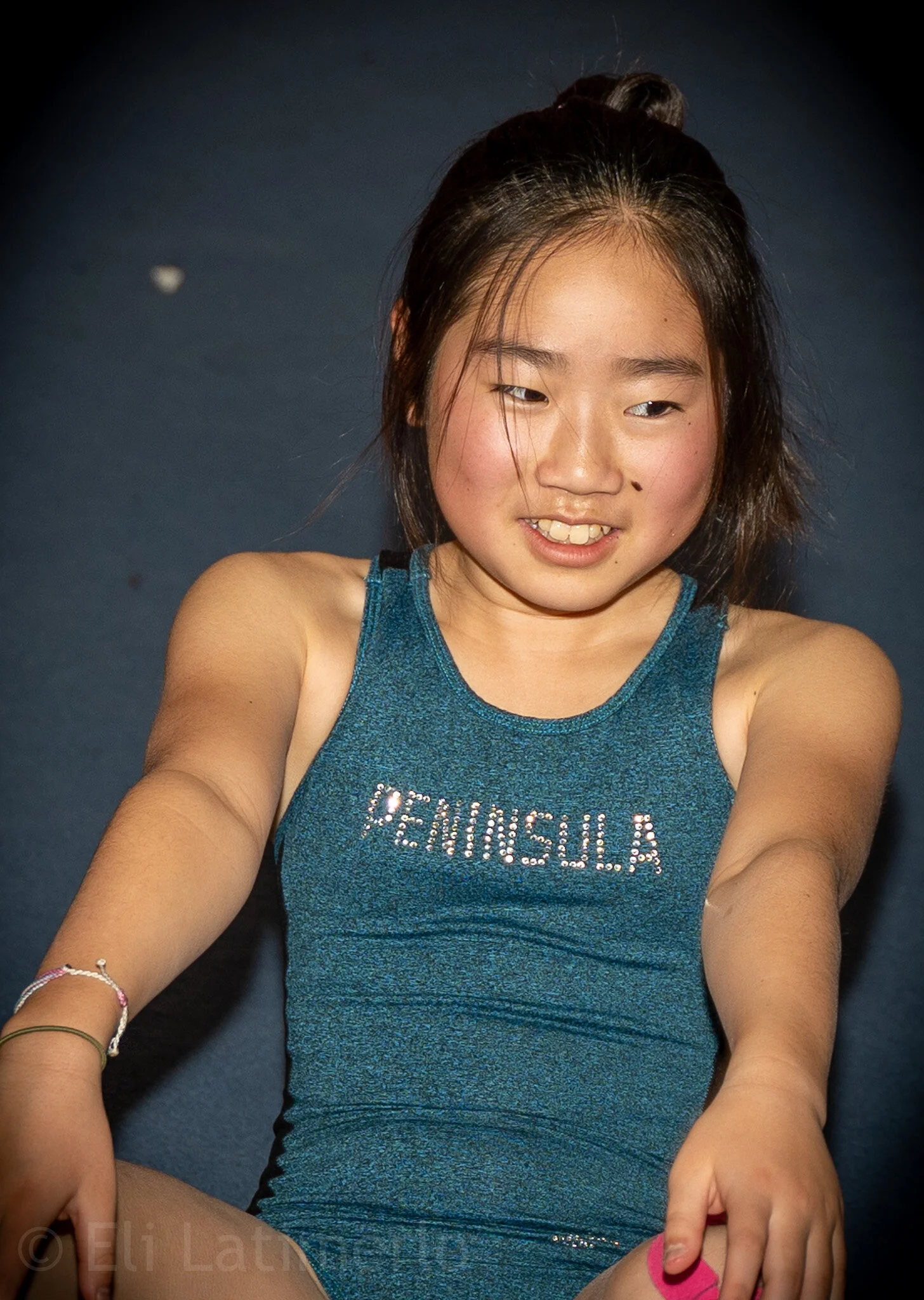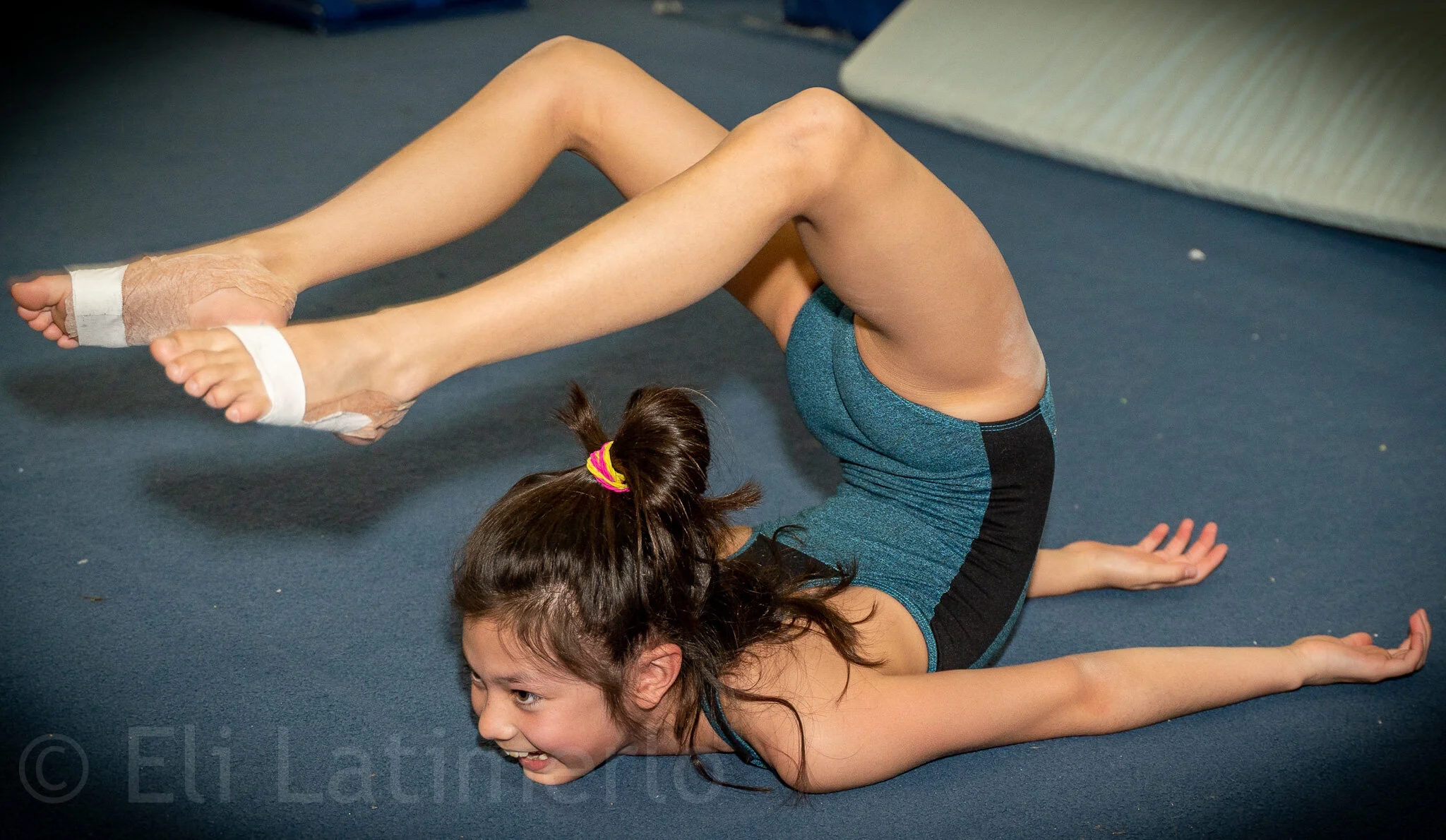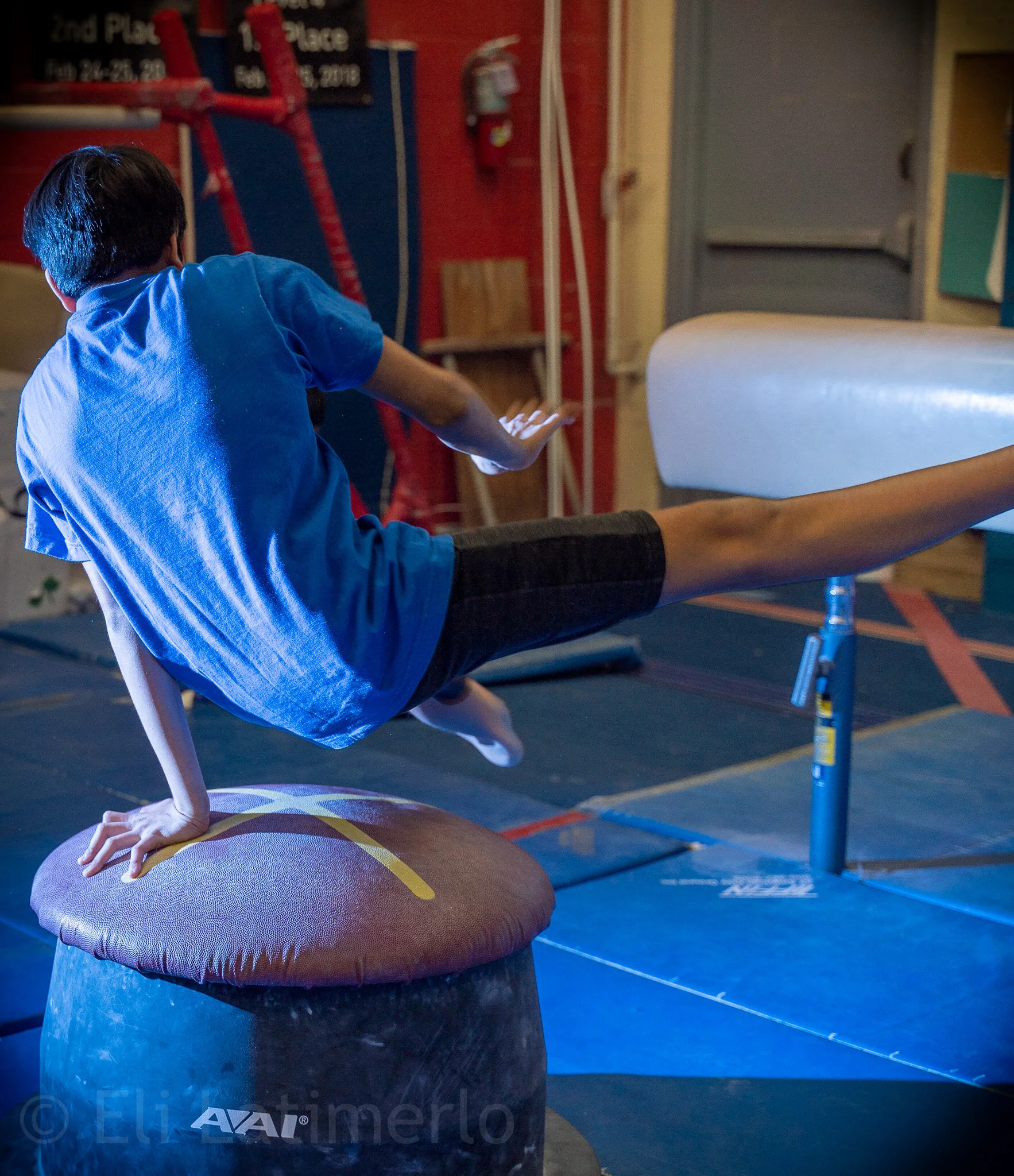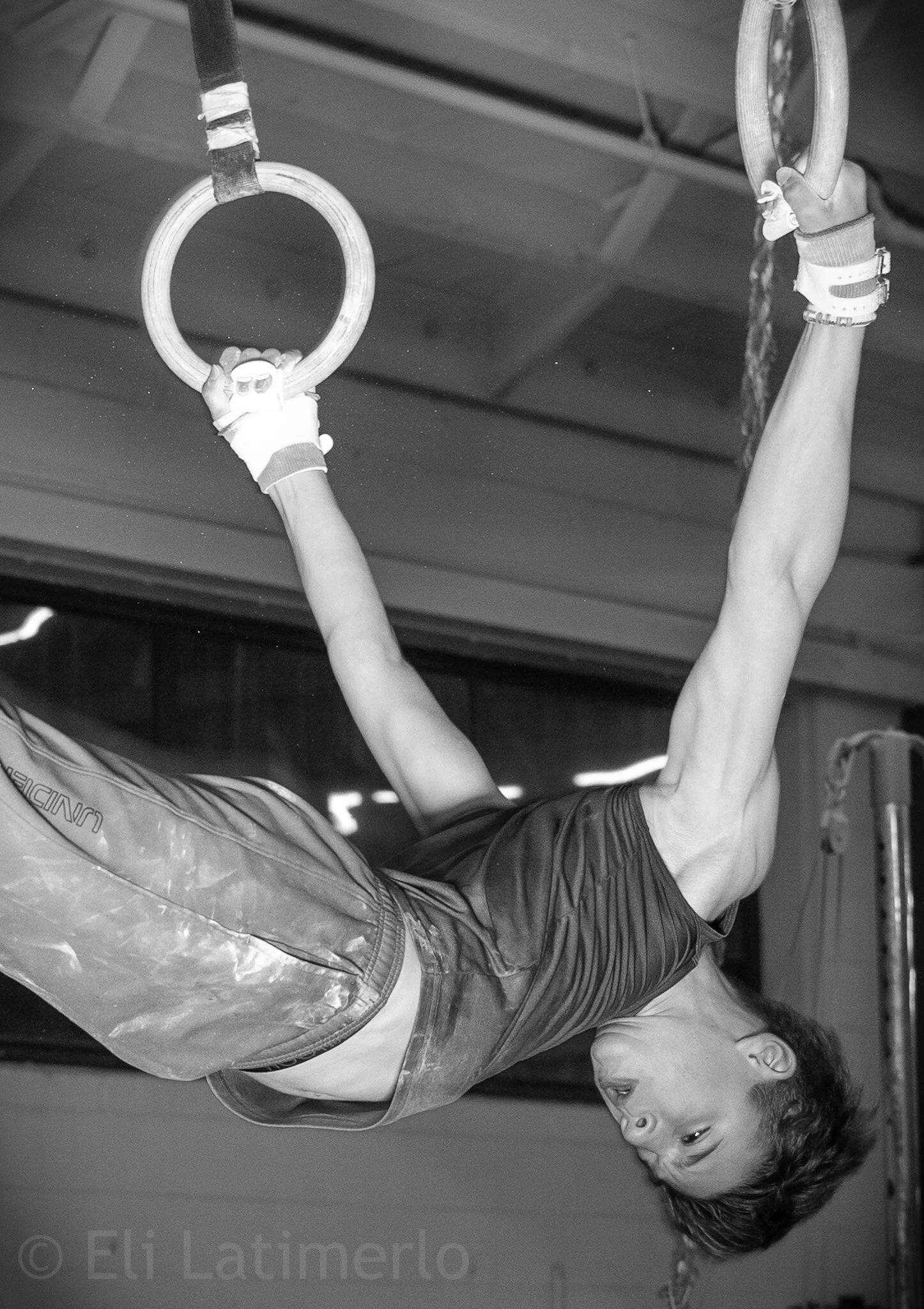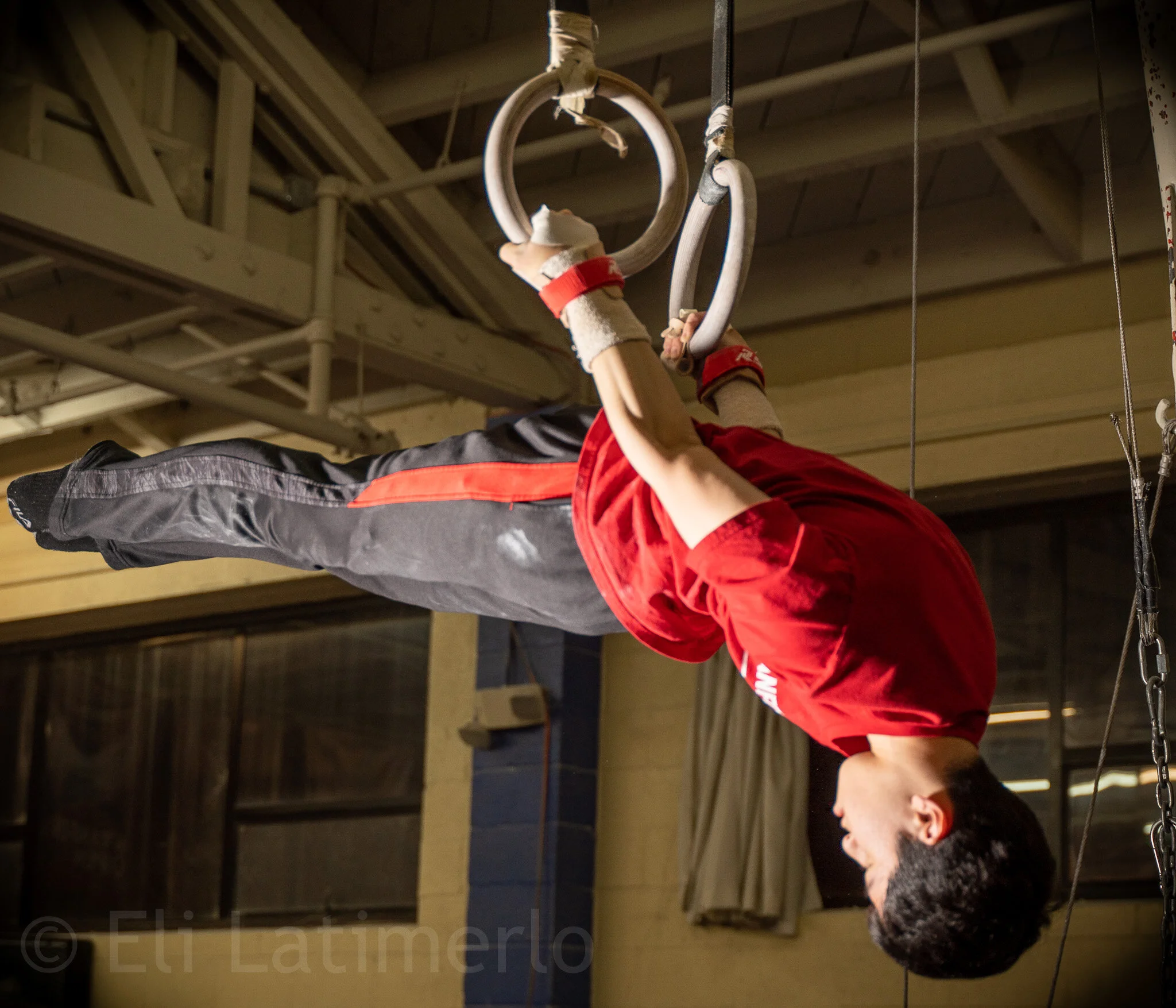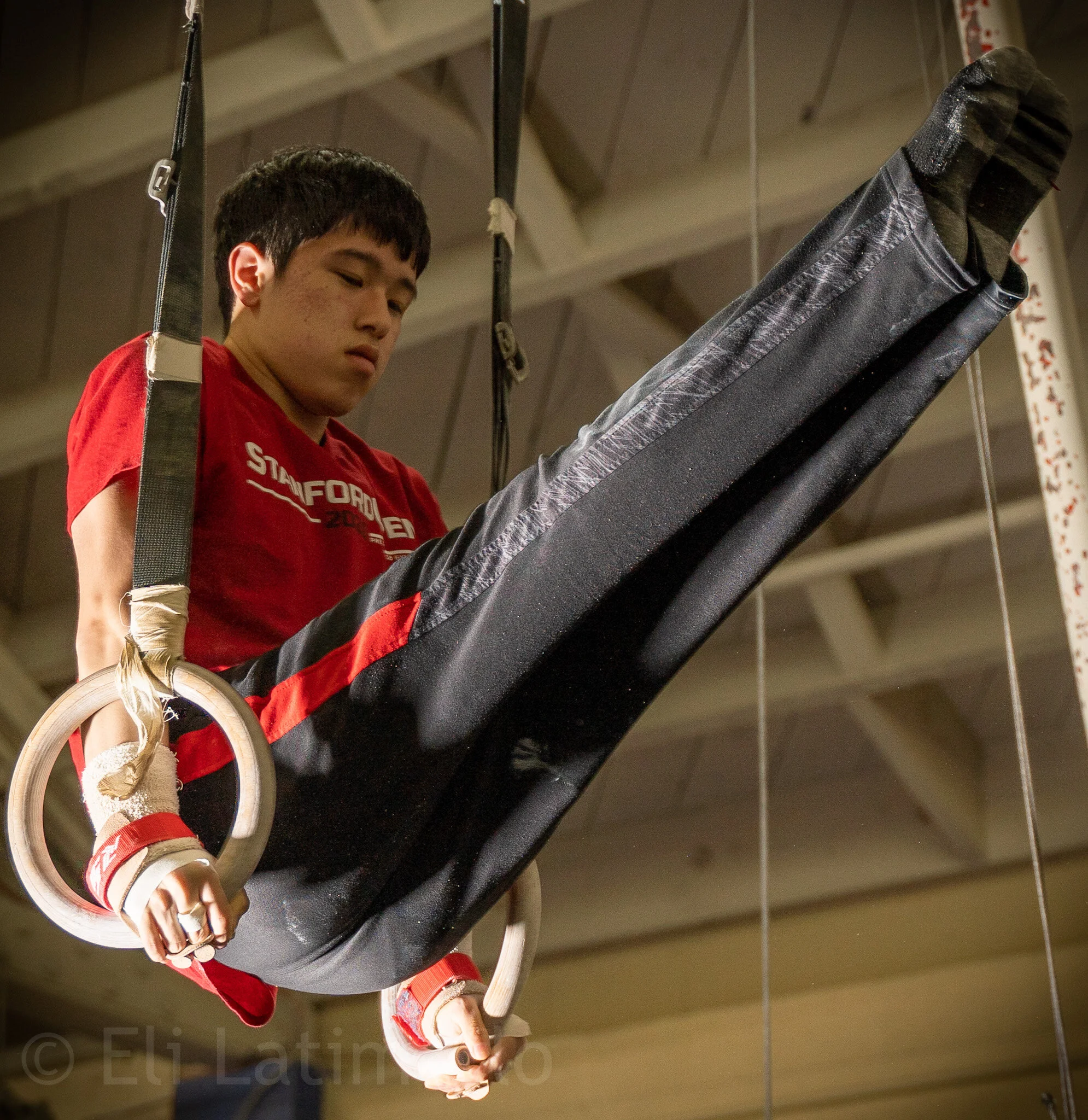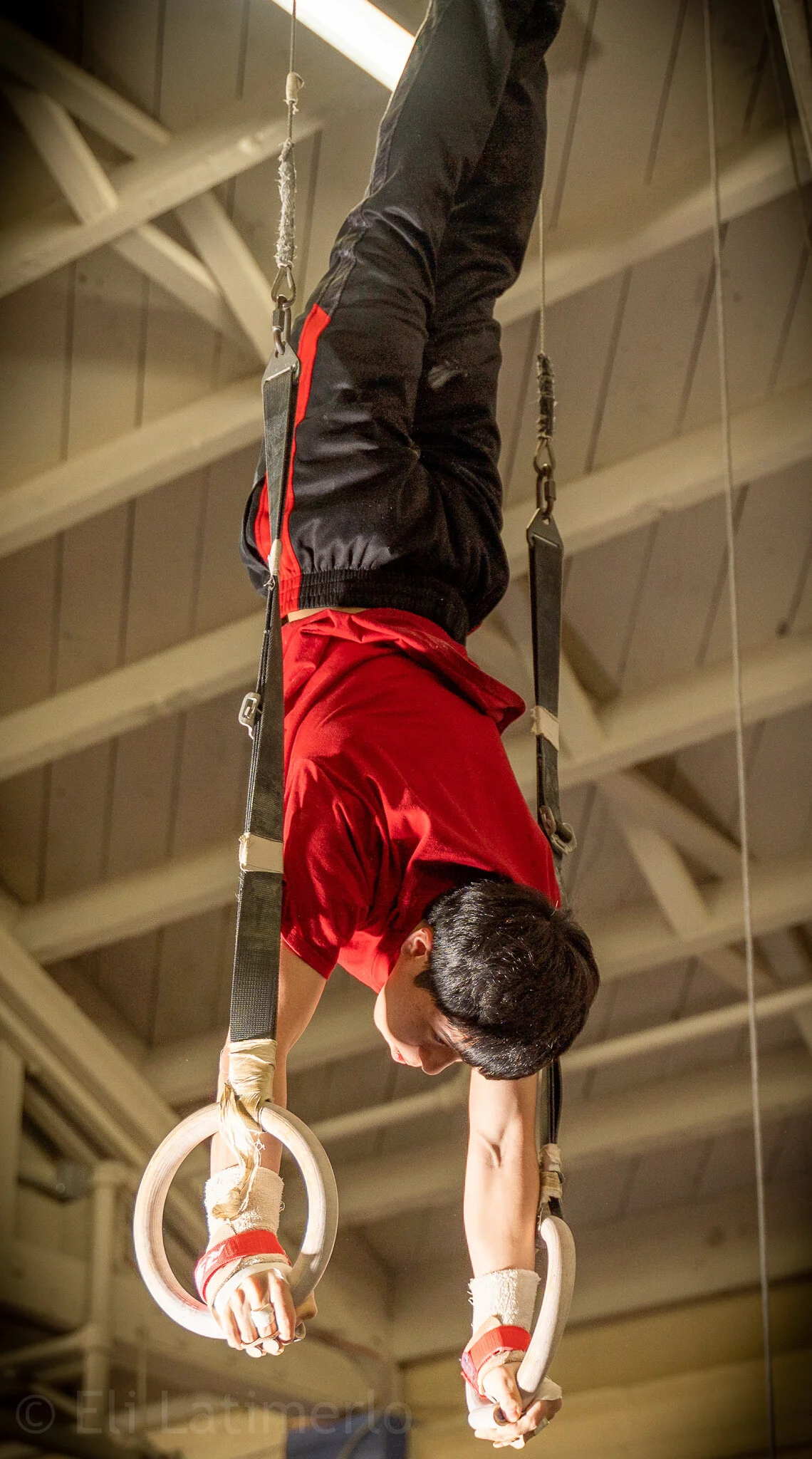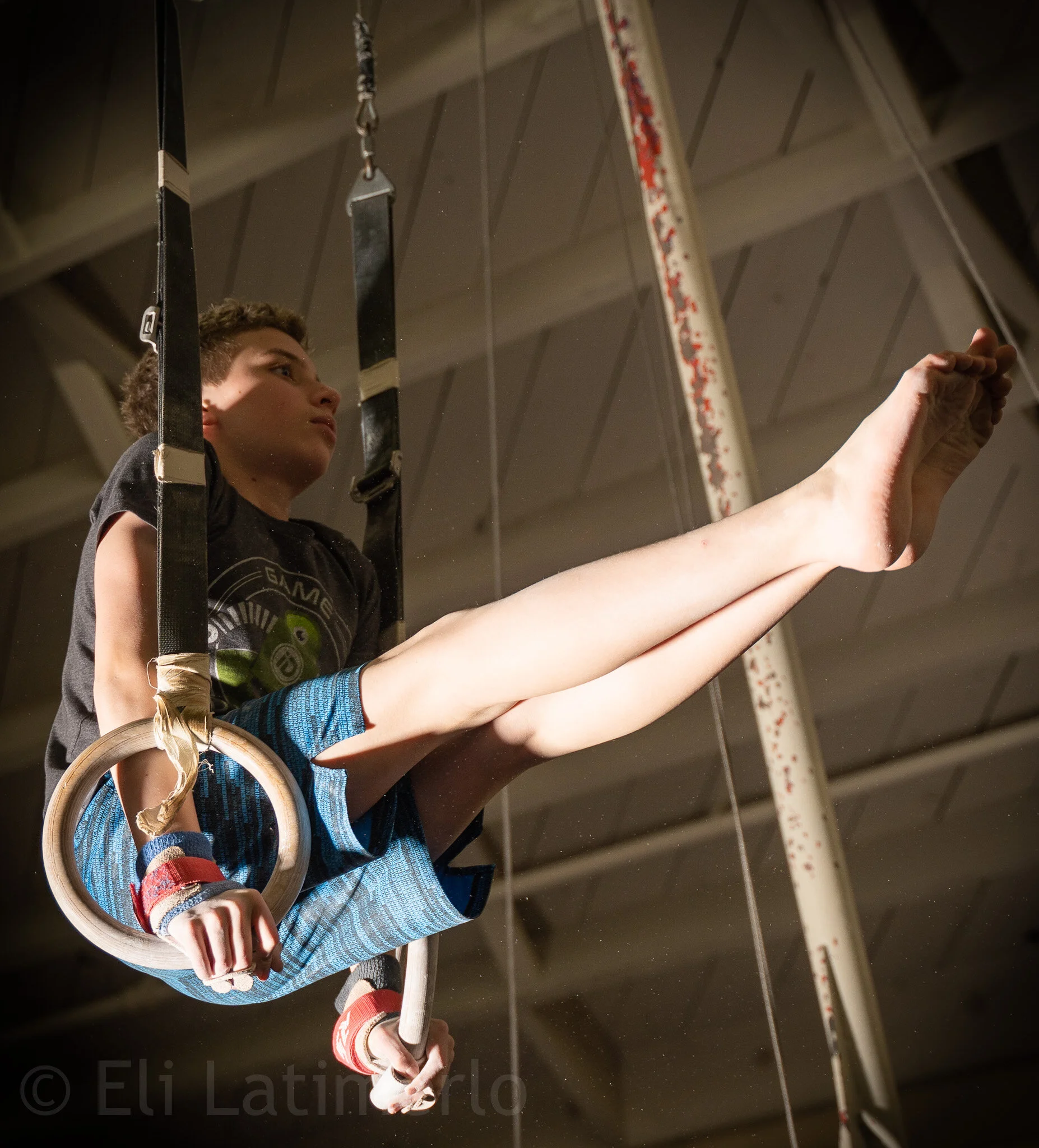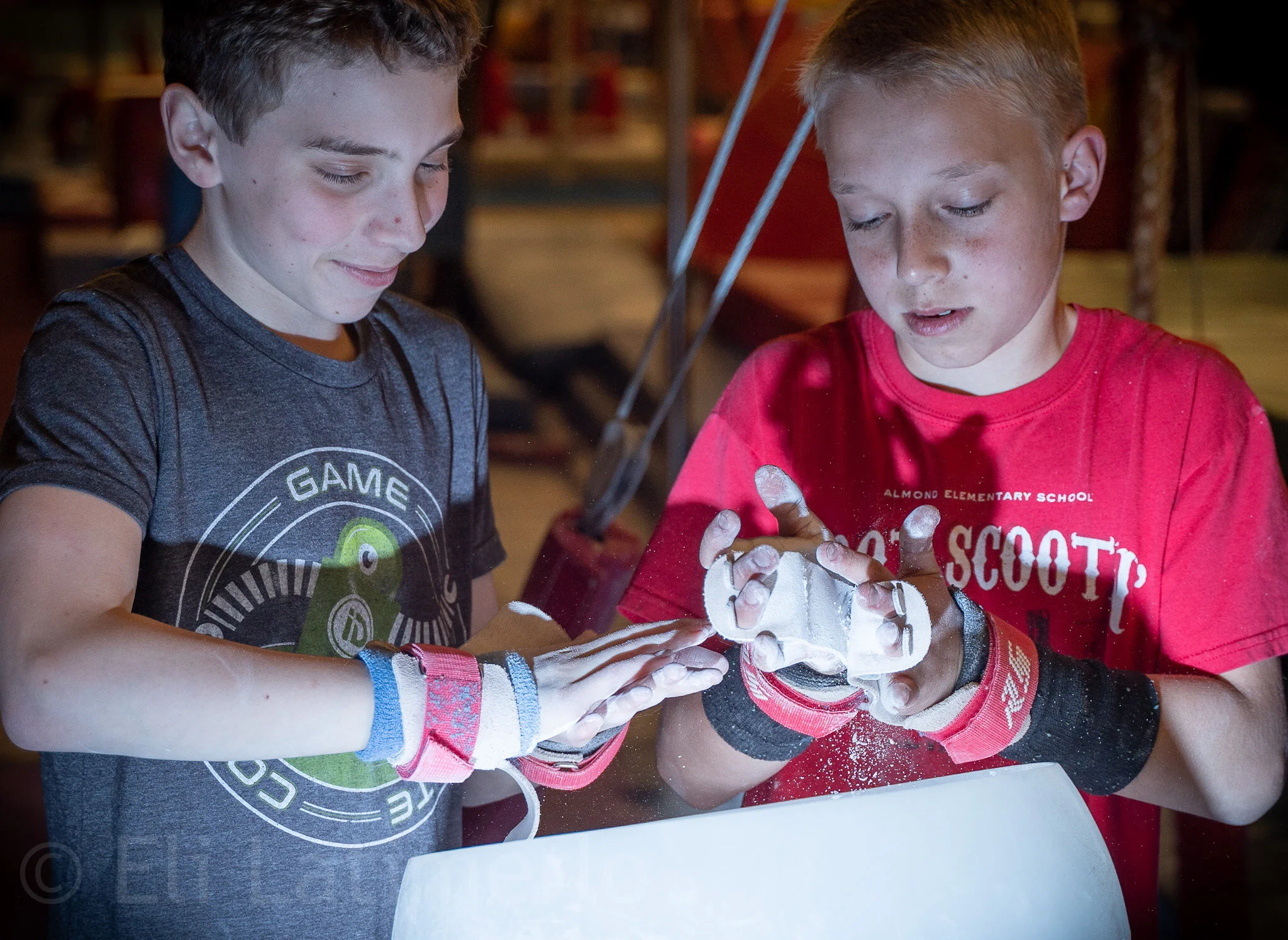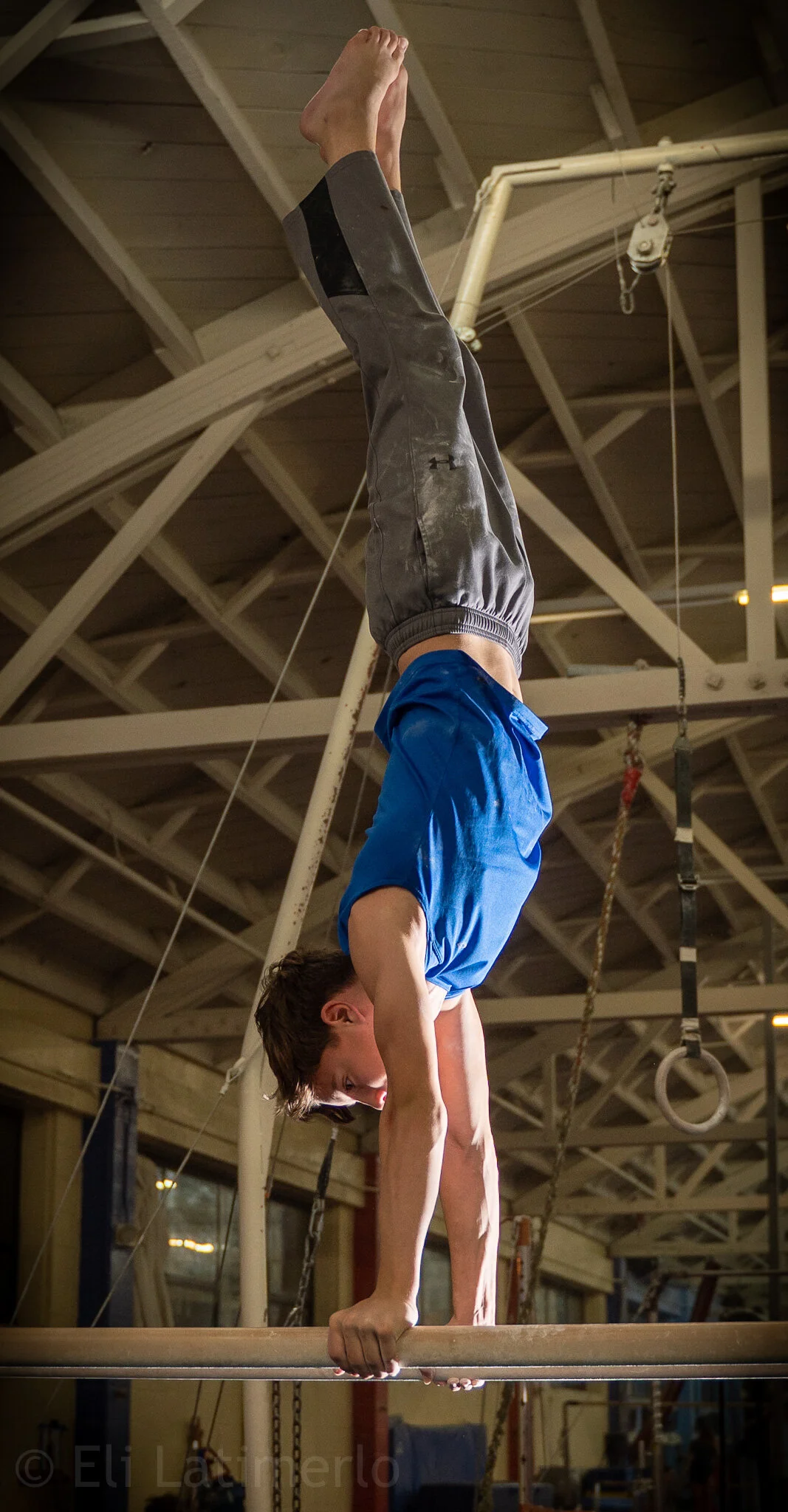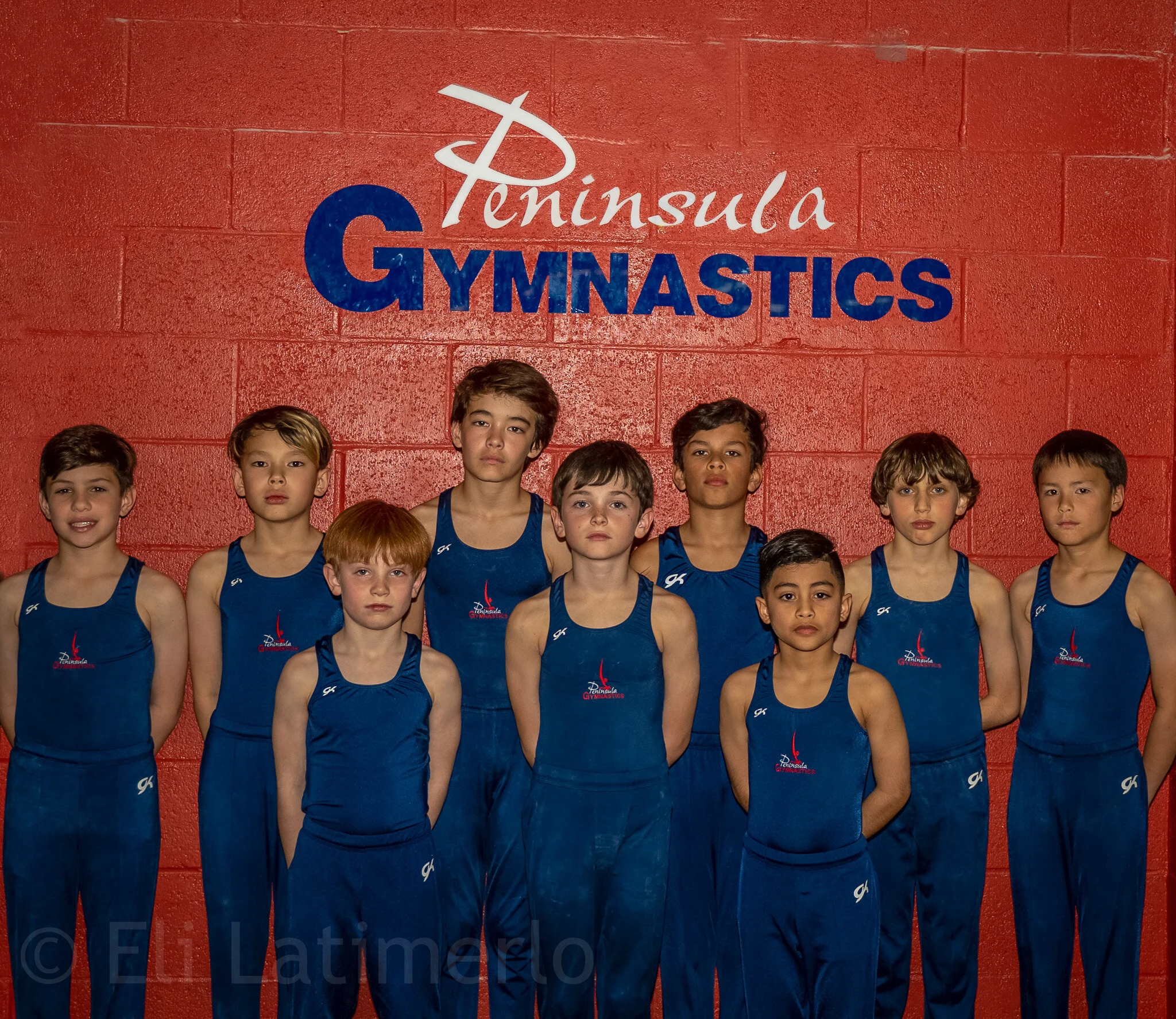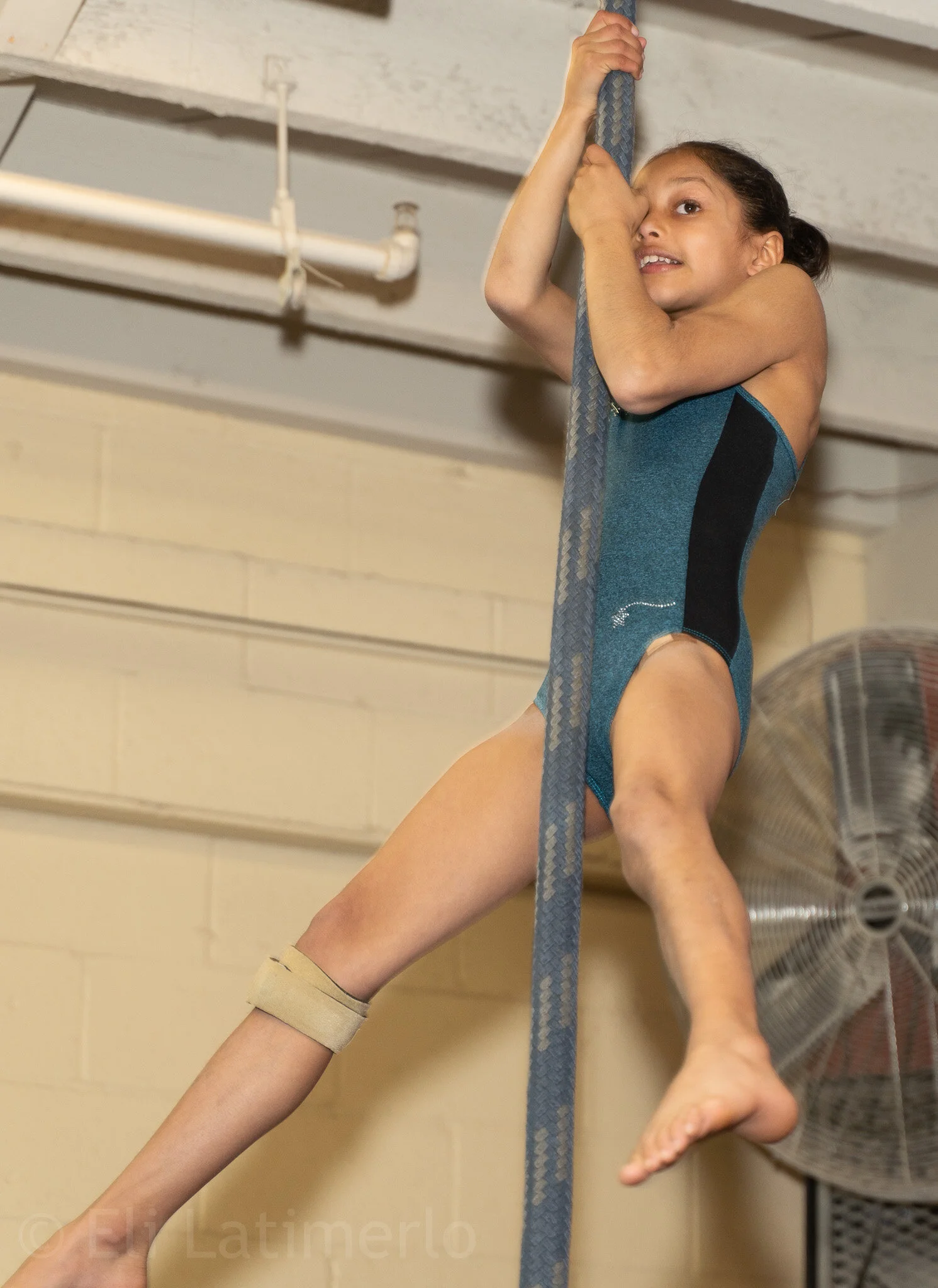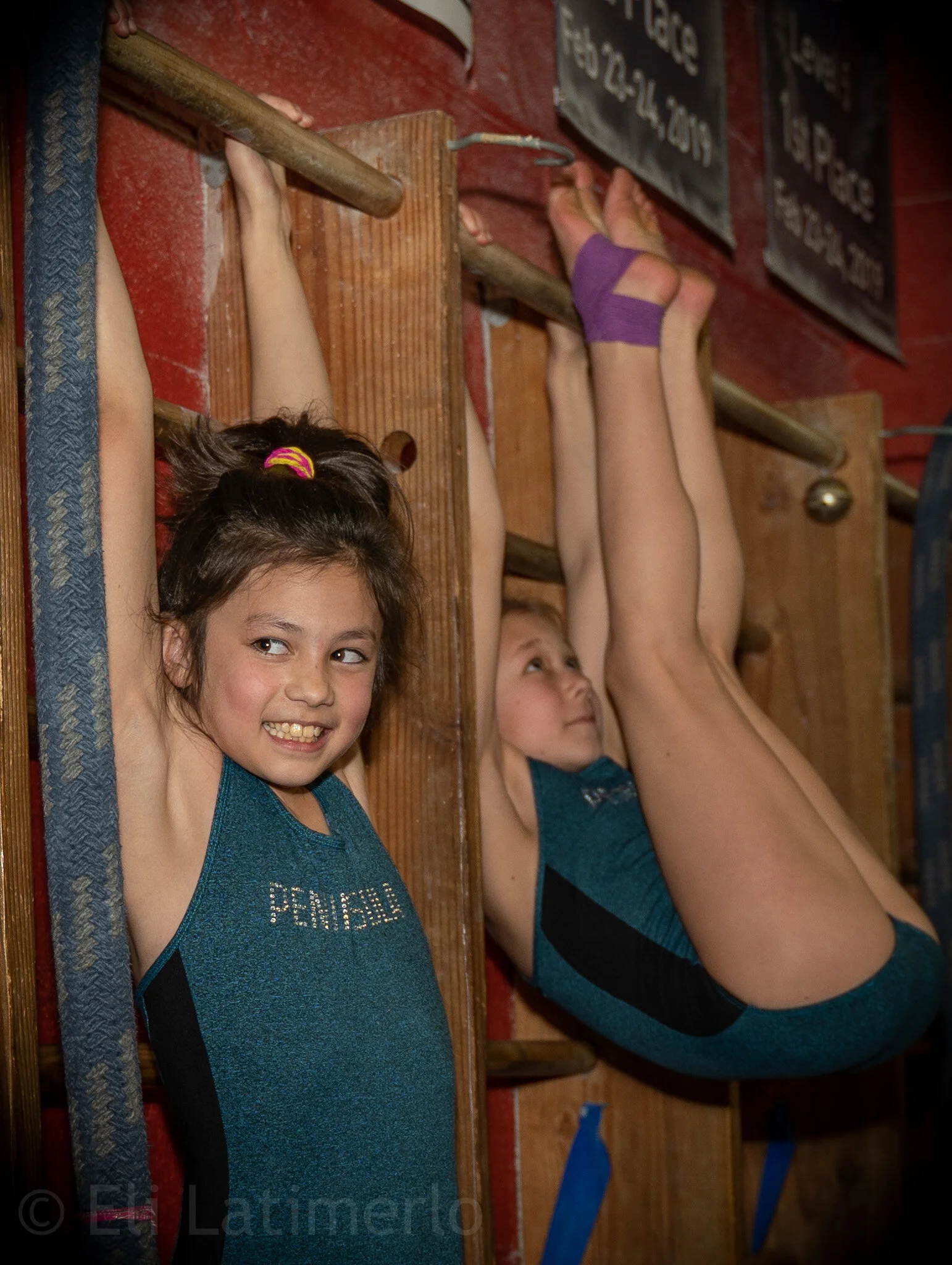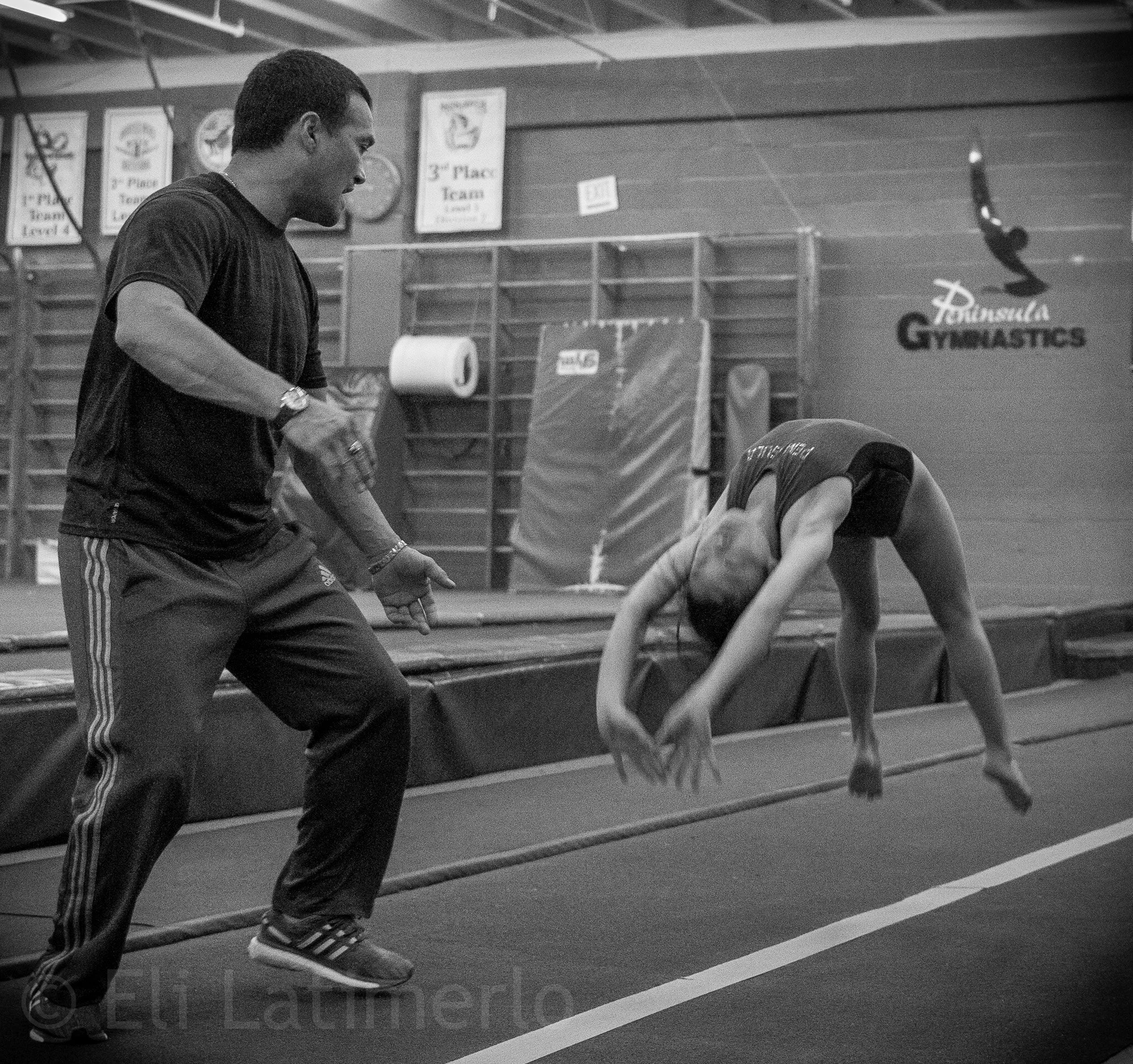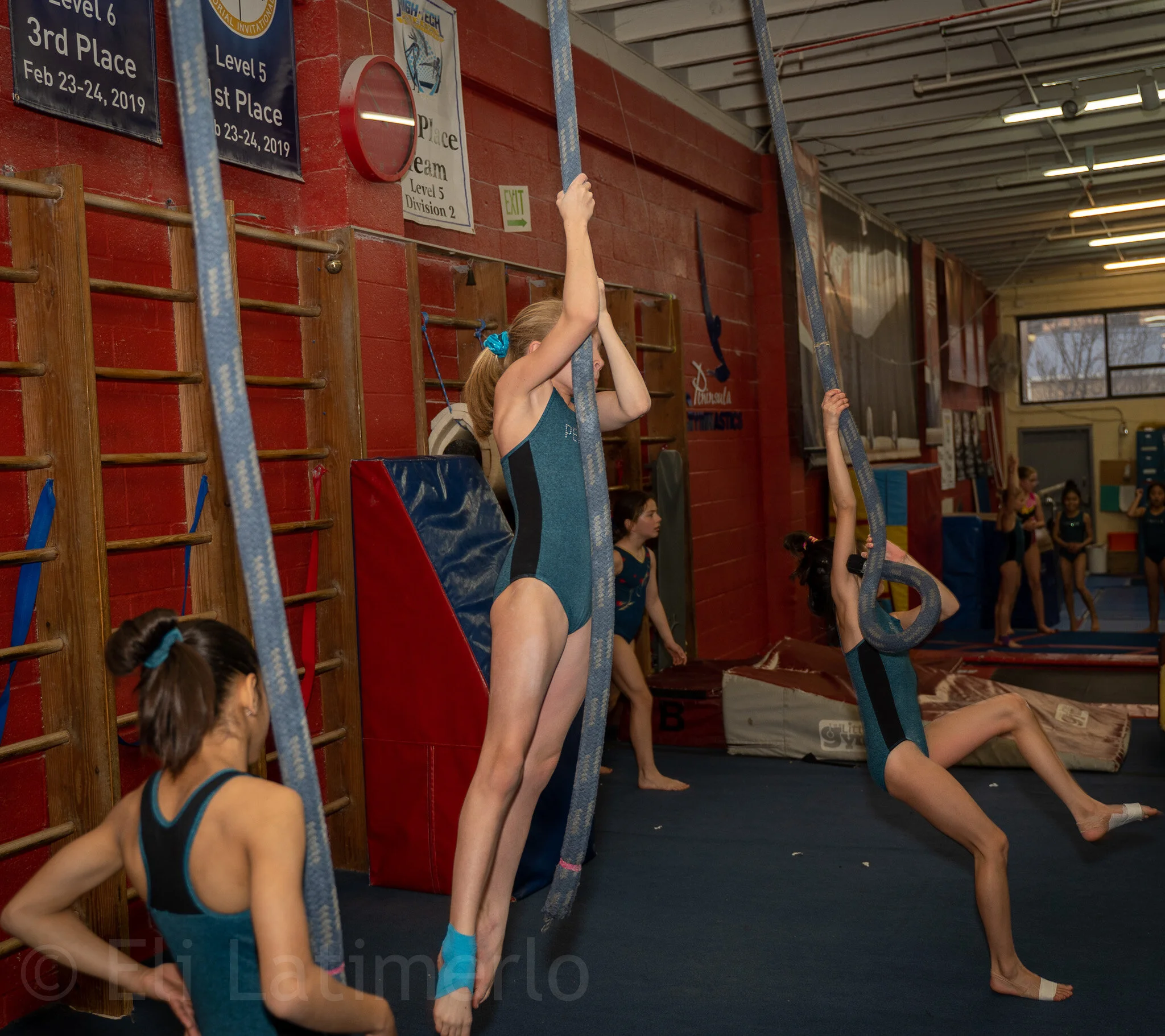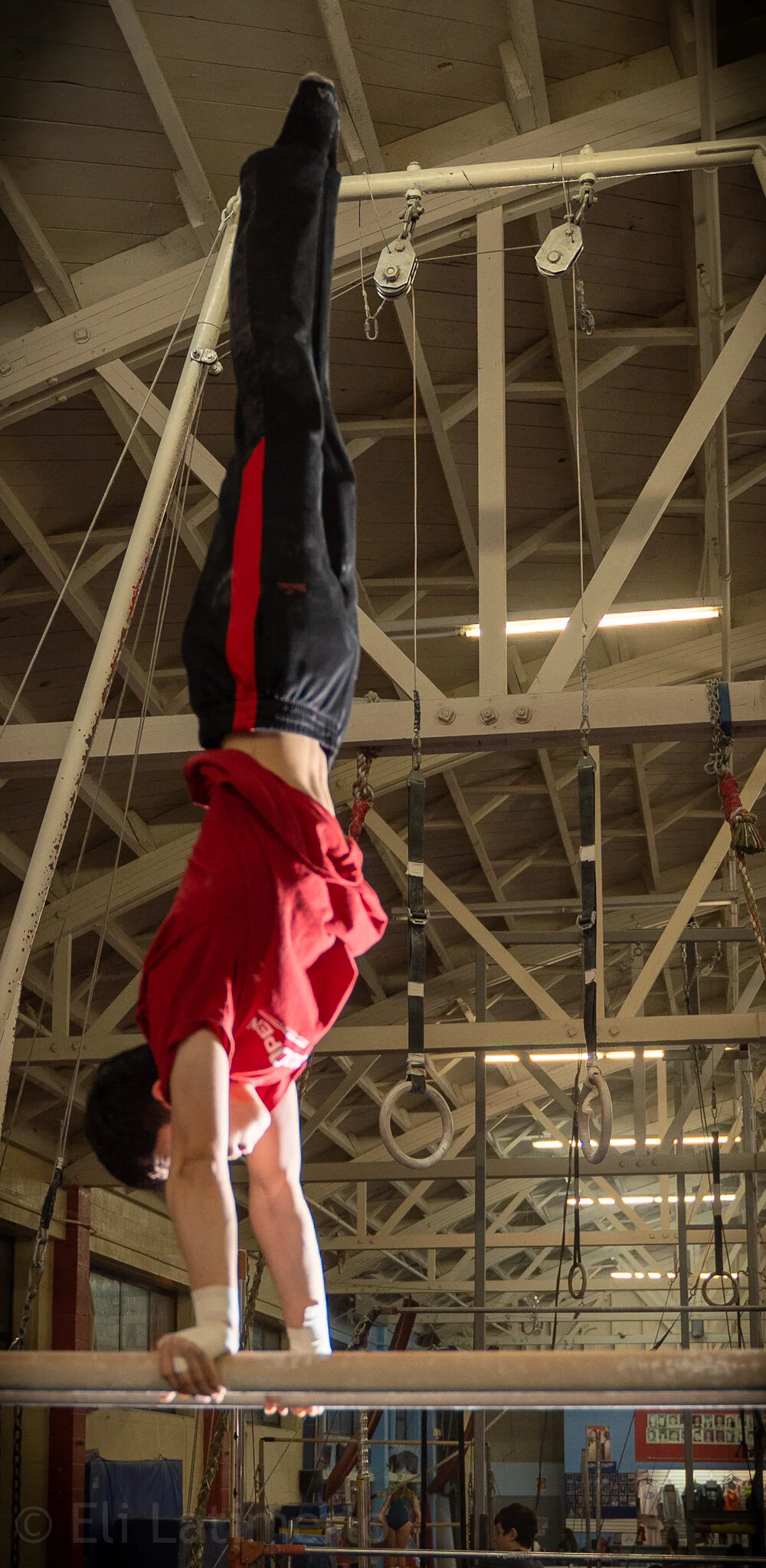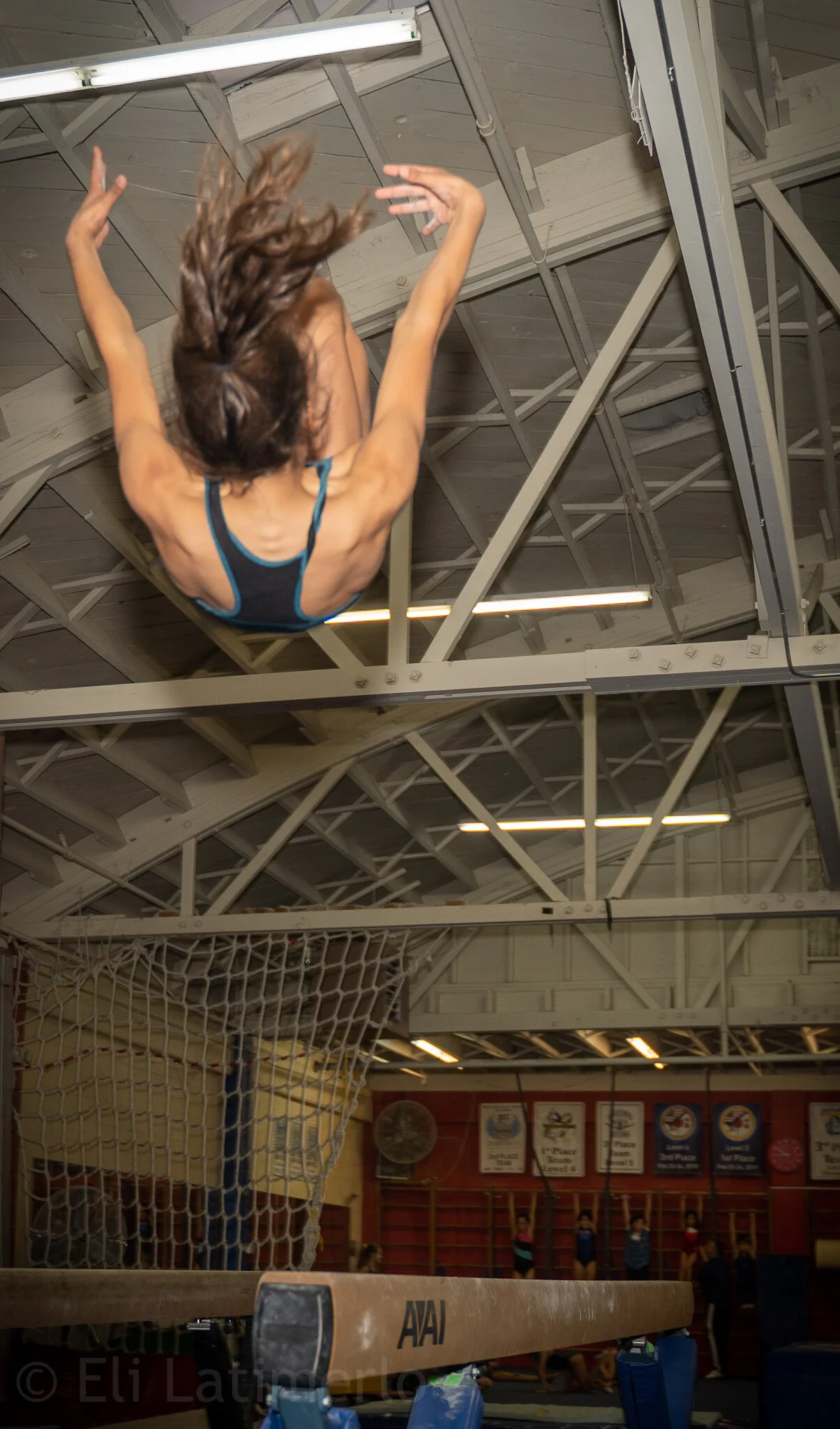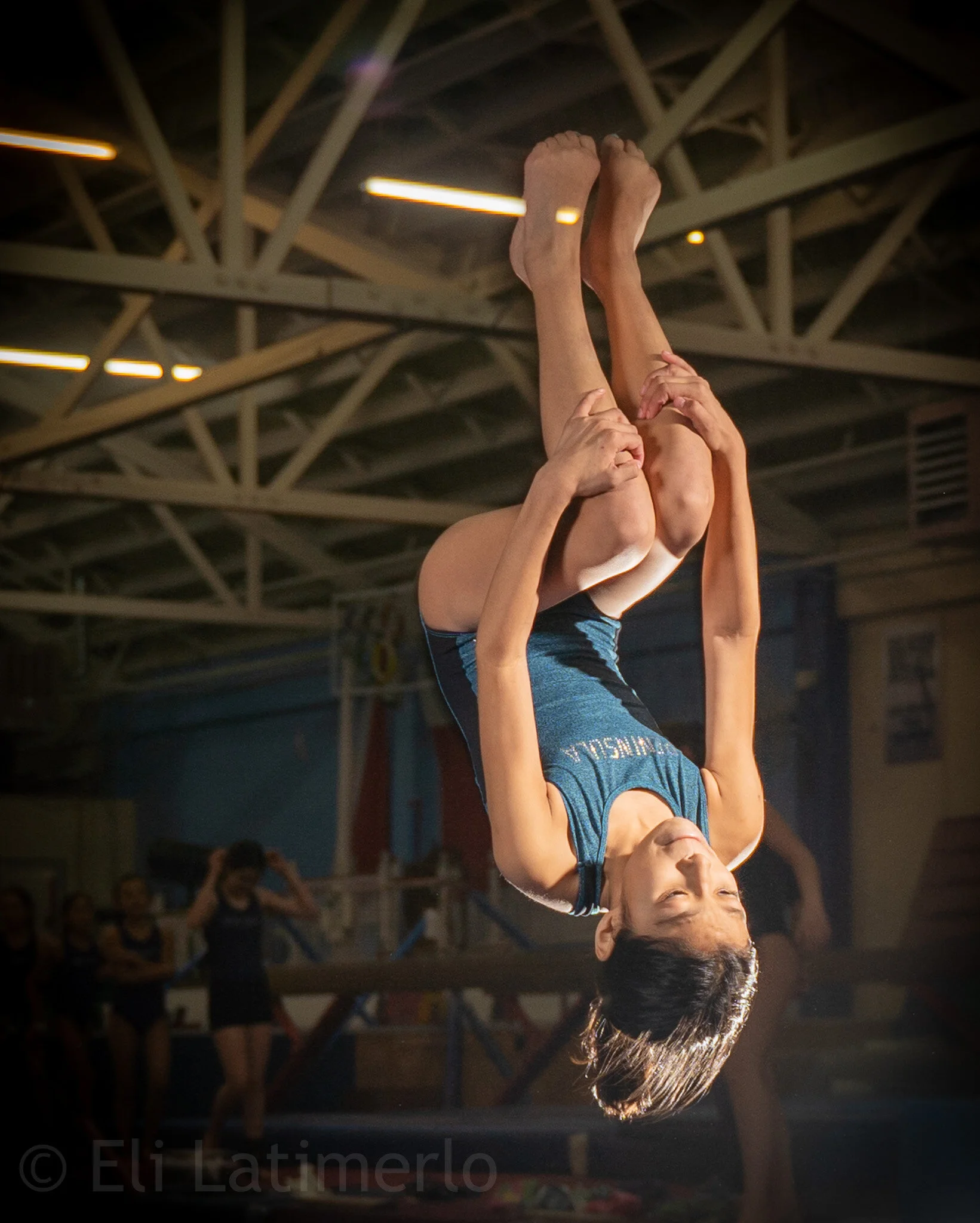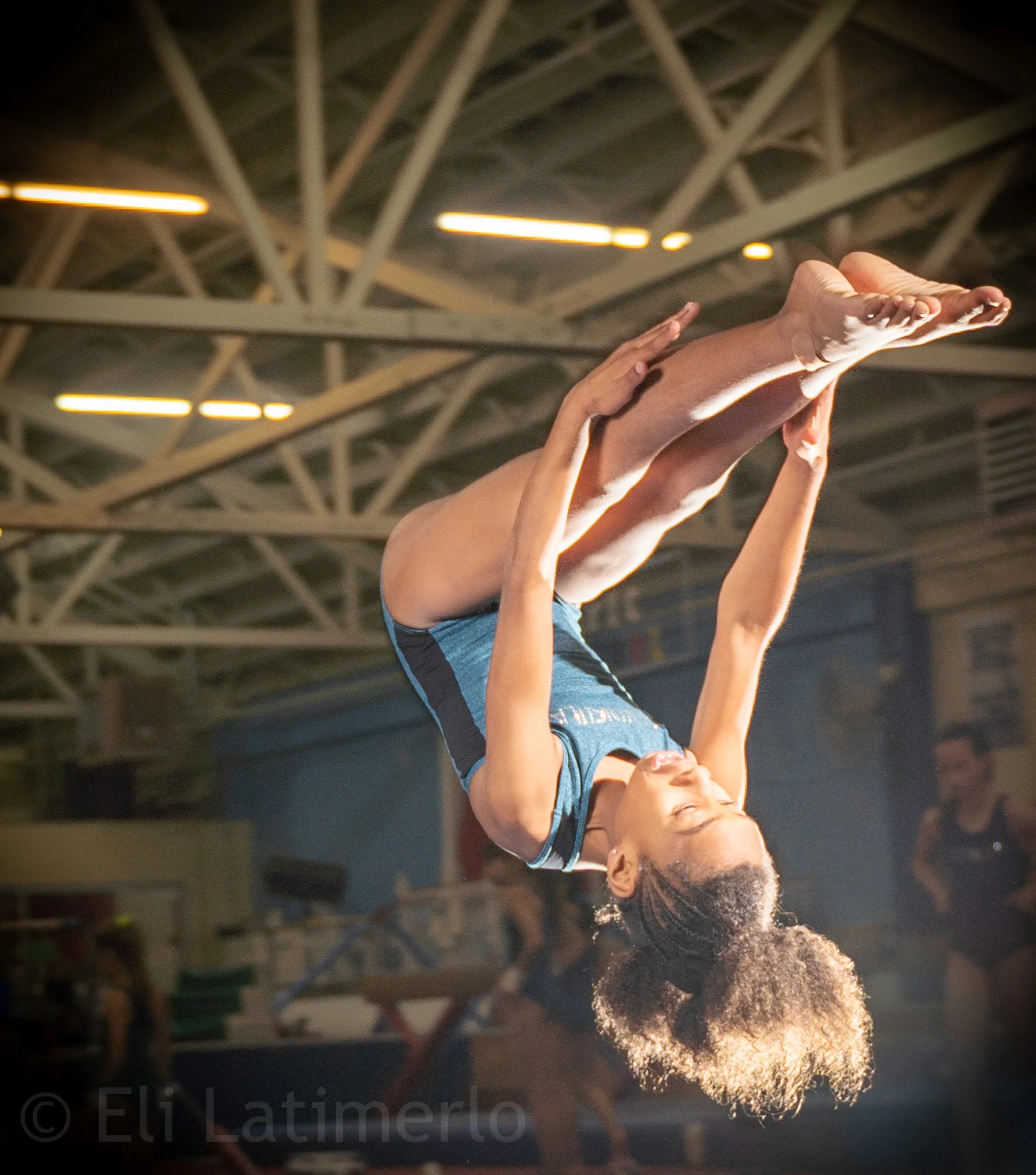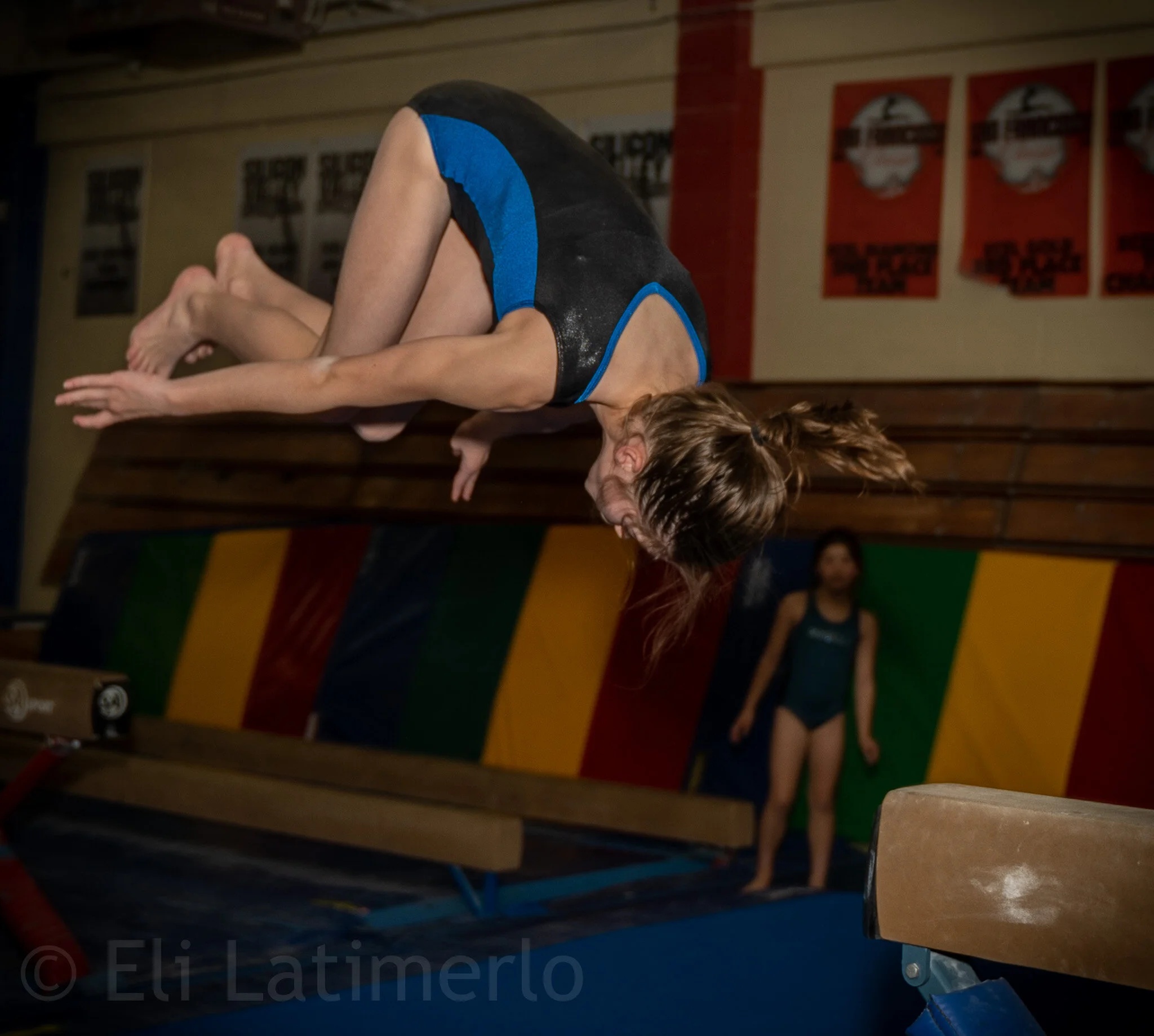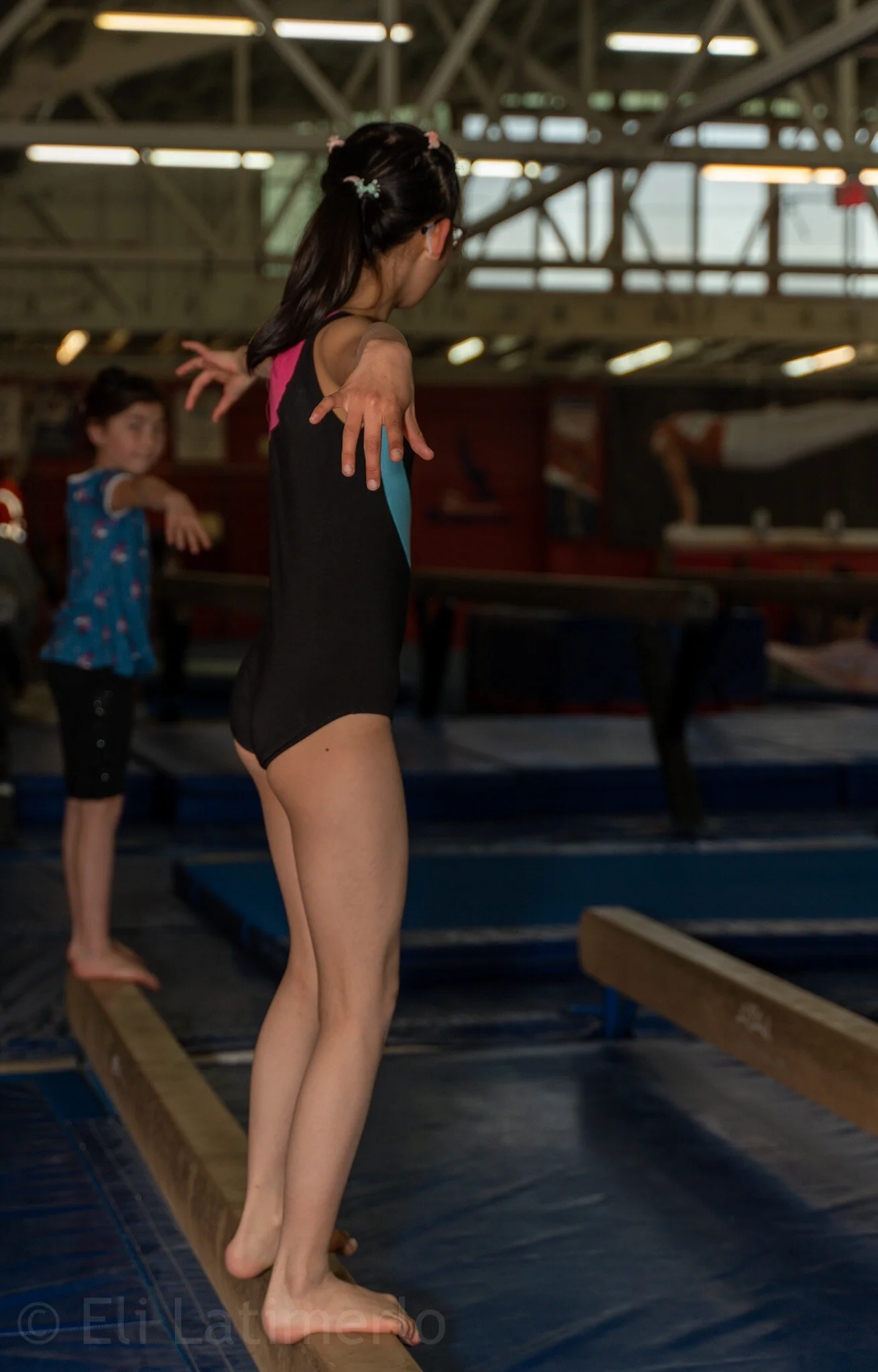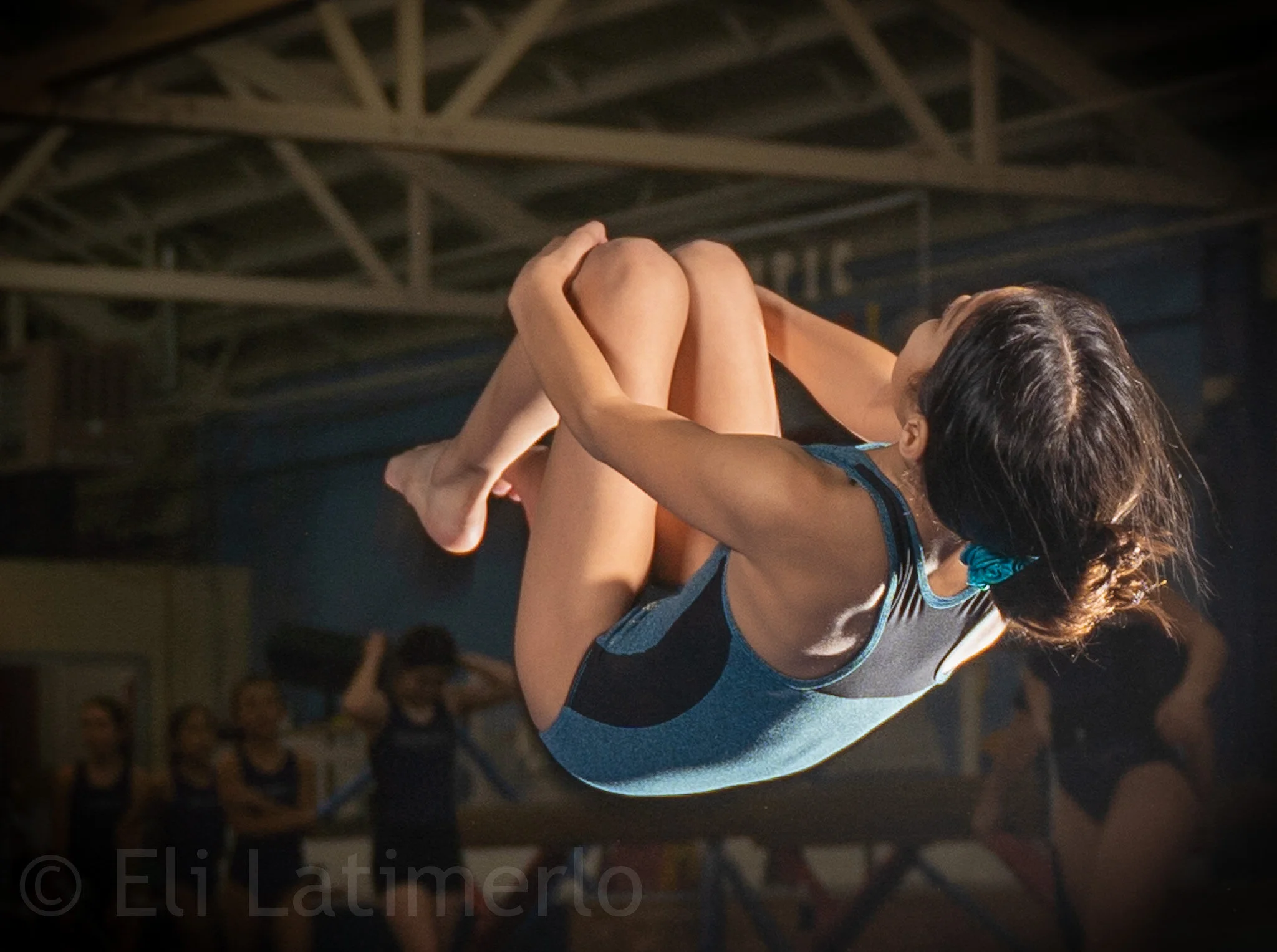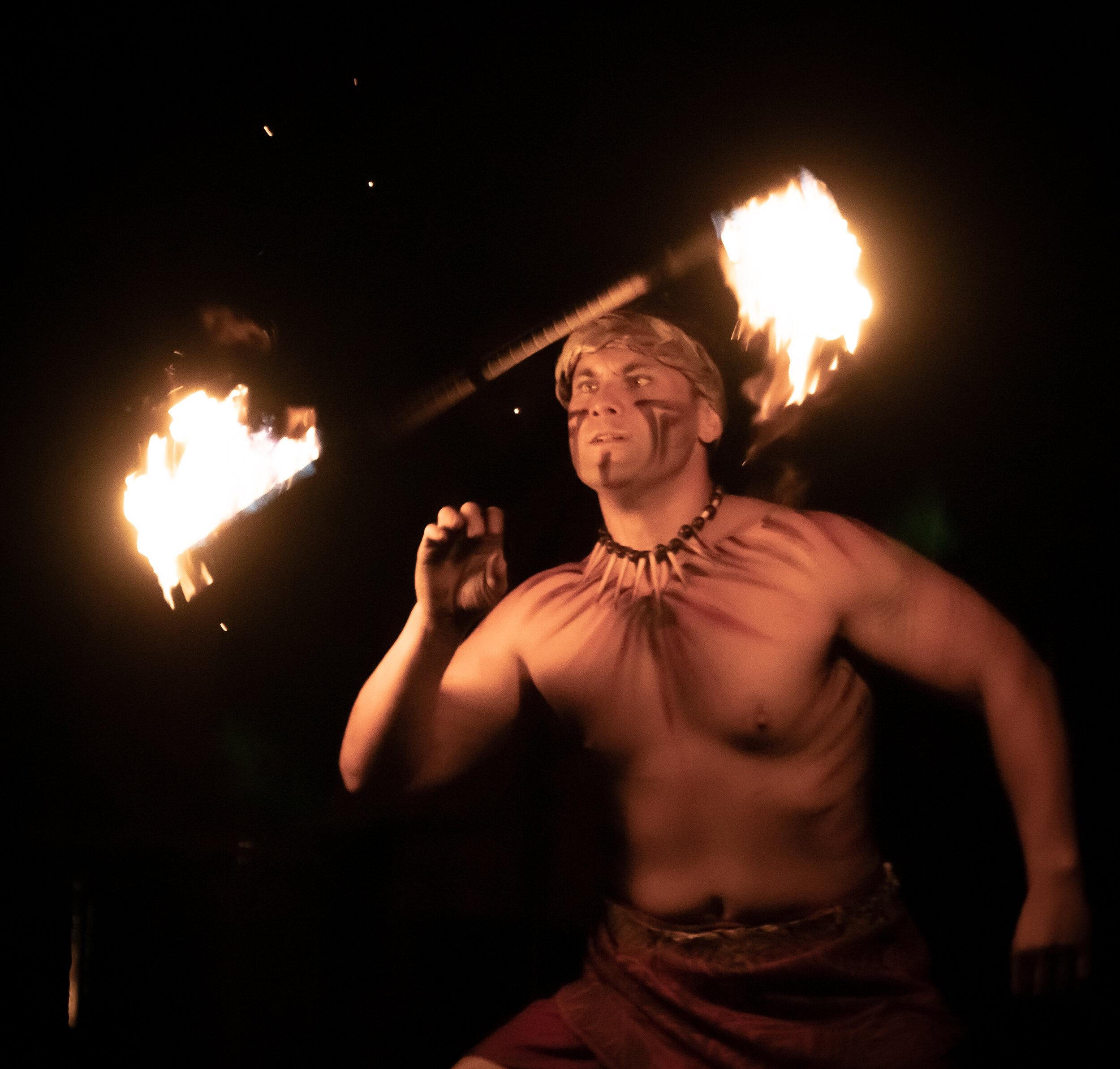An Invitation to Engage: An Immersion Trip to Mexico
In August 2021, I helped convene an all-day retreat at a donor's home. During the day, my colleagues and I helped facilitate discussions designed to engage our constituents in a meaningful dialogue on what Miller Center has done and is prepared to do to advance our mission to end global poverty and protect the planet.
During one of the breakout sessions, the co-founder of one of our most successful and impactful social enterprise partners and a member of our Social Enterprise Advisory Council asked me what seemed at the time an innocuous question. He asked if I had ever visited any of the social entrepreneurs we work with. I said no. He asked if I had ever been to any of the communities they support. I said no. He asked me why not. I said that it hadn’t been a priority. I reminded him that I was born in a small industrial town in the northeast corner of Ohio, where many of my neighbors lived in abject poverty. So, I recognize all too well what poverty looks like and what happens when structural systems of oppression are focused on a vulnerable group. I shared that part of what drives me to work the hours I do to support causes that eliminate poverty and protect the planet is my deep resonance with the people and communities impacted by them both. For me, these aren’t abstract ideas; there are faces and names of real people that influence my drive to do this work.
Nevertheless, as we continued our conversation, it became clear that even though I could recognize poverty, my ability to relate viscerally to the vulnerable communities impacted by our work will only be served by engaging with and immersing myself in their struggle. I needed new faces and names to make this work real.
So, as we wrapped up our conversation, I committed. I would join one of Miller Center’s immersion trips to the communities with whom our social enterprise partners work. And I would do so, not because I haven’t seen or don’t recognize poverty, but because I believe that my professional mission to connect people with a passion for helping and uplifting the poor, the disaffected, the marginalized, and the planet will be served positively by the cumulative efforts of those who are committed to making it a more equitable place.
Taking this invitation to heart, my colleagues and I began planning a Miller Center immersion trip to Mexico City in June 2022 — slated for departure the last week of January 2023 — to visit Miller Center’s key customers, our social enterprise partners, and the communities they serve.
Day One: Impressions of Mexico City
Mexico City is a six-hour flight from San Francisco and, at first glance, may appear as though it is a world away. But appearances can be deceiving. Mexico City is a city of contrasts. From the painted vistas of Polanco, the historical and cultural significance of the pyramids in Teotihuacan, to the slums of Neza, the city is home to more billionaires than anywhere else in Latin America. It supports a genuinely burgeoning middle class — fueled in no small part by a dynamic entrepreneurial landscape made manifest by years of investment in small business infrastructure, policy, and pedagogy. Mexico’s many fine academic institutions drive the latter.
Moreover, what is evident when walking the streets of Mexico City is a pervasive spirit of entrepreneurialism. Unlike the way poverty plays out in many US cities — compounded by the dual diagnoses of mental health and drug abuse disorders — people living in poverty in Mexico City appear to spend their days sweeping the streets of the city, hocking crafts and snacks, or performing melancholic ditties for charmed couples at quaint, street side cafes. In short, Mexico City has hustle.
Day Two: Artisanal Flavors
The region of Puebla is home to the community of Naupan, where local artisans have honed their exceptional embroidery skills and other forms of needlework over many generations. Miller Center alum Someone Somewhere honors the exquisite mastery of these artisans in collaboration with Mexican designers to create high-quality clothing, bags, and accessories. The people of Naupan are proud, kind, and direct. Someone Somewhere has established a unique rapport with them that is providing dividends in real terms by paying the artisans at twice the regional average and helping to bring a new level of fortune and pride to the women of this small community.
So much of what makes these trips meaningful is the people who attend. The willingness to be vulnerable, the genuine desire to learn new things about people, and the patience to adapt to circumstances that inevitably result in delays all provide ample indicators of whether participation in immersions specifically (and travel broadly) are a fit. For my part, I found deep resonance with all of the guests of the immersion — as each of these situations provided time and context to explore how people of all stripes resolve and transcend life’s hiccups.
Day Three: Solar is SO Hot Right Now
Located in a historic community on the outskirts of Mexico City is the headquarters and warehouse of Illumexico, a dynamic and innovative social enterprise that is bringing off-grid pay-as-you-go solar solutions for rural communities in Mexico, Brazil, and the Navajo Nation in the US. Ilumexico is a bustling example of how to negotiate the real-world challenges (and opportunities) of public/private partnerships in developing solutions for vulnerable communities.
We spent the day with Ilumexico’s CEO exploring the business and technical operations of one of Mexico’s most innovative social enterprises. The tour of their factory, where they assemble, program, and ship their innovative last-mile solar solutions, and the afternoon spent eating ice-cold frozen fruit bars in a demo space located on their campus — fully powered by their solar solution — was a keen reminder that time-tested business principles tempered by a commitment to doing good for the community can and do make a difference.
Day Four: Exploring M&As
In October 2020, Extensio and Acceso merged — a relatively uncommon occurrence in the social enterprise sector — to create a powerful new entity that generated over $15 million (USD) in revenue last year. Since that time, Extensio/Acceso uses WhatsApp to provide an innovative technology solution that communicates real-time weather forecasts to rural smallholder farmers in Latin America and the Caribbean. Extensio supplies farmers and field engineers with weather and pest alerts, agricultural best practices, and value chain information in local languages.
Our day at Extensio’s shared offices was an endearing reminder of the power of diversity. There was a moment when the Founder of Extensio, Diana Popa, who had brought both her husband and their newborn baby boy, began nuzzling and soothing him while presenting the finer aspects of mergers and acquisitions. Diana transitioned between breastfeeding her son and sharing the justifications for merging and evolving her CEO role with complete clarity and alacrity — further proof that nurturing leadership is indeed a viable model for business success.
Day Five: Puebla Redux
On day five, we returned to the region of Puebla to visit the team at Sistema.bio. Their biodigester solution takes manure from dairy cattle and generates high-grade organic fertilizer and a clean burning fuel that can be used, bartered, or sold by rural farmers. As we wrapped up the presentation on their business model, we jumped into the van and drove the short distance to the dairy farm of one of Sistema.bios customers, located on the outskirts of Puebla.
Enrique took our group on a tour of his farm and shared how he is implementing the solution and how much money he is saving by no longer paying for fertilizer and fuel for heating and gas stoves. Enrique has developed a solid economic position using this technology and is working to establish multi-generational wealth as a result.
Using Sistema.bio’s biodigester technology, Enrique is making a difference for his business and his family. His story of turning cow manure into profits for a more sustainable future is a keen reminder that pursuing what’s good for the planet can also be good for your bottom line.
Day Six: Art You Glad to Be Here?
One simply cannot visit Mexico City without paying homage to Mexico City’s first daughter of indigenous and realism artistic expression — the Frida Kahlo museum in the Colonia del Carmen neighborhood of Coyoacan in Mexico City. This walking tour of Kahlo’s residence, which she shared with unlikely playboy and one-time husband, Diego Rivera, is a deeply personal immersion into her art, politics, family, love life, and battles with addiction and mental and physical health.
Moreover, the museum is just a block and a half away from the weekly bazaar for artists and artisans housed in Allende Garden and the neighboring Mercado de Coyoacan. The latter has been in operation since 1921, and we perused its two floors of food stalls, art, apparel, and souvenirs, and sampled Mexican delicacies, including regional favorite, chapulines (toasted grasshoppers) — editor’s note: they taste like beer nuts — to our heart’s, wallet’s, and stomach’s content.
Day Seven: Hasta Luego
You can learn much about a place and its people by checking out their airports. Spending a week in and around Mexico City reinforced my initial impression of Mexico City and its people. The airport is clean, efficient, and, unsurprisingly, full of opportunities to sample local wares and cuisine. It also offers many of the same fine dining and refreshment establishments you would expect at any Western airport. And as I left the terminal and boarded the plane for my six-hour flight back to SFO, that initial impression was set — Mexico City is vibrant, entrepreneurial, innovative, and clean. In short, yeah, Mexico City has hustle.
On Location - Engagement Shoot
This year has been both a boon and a bust for photography. A boon in part because camera and lens technology continues to advance in leaps and bounds with new flagship tech being released by Sony, Nikon, and Canon that firmly plants mirrorless technology into the lexicon of professional photo imaging, sealing the fate of DSLRs permanently.
That’s great for the tech, but pandemic life has severely damaged the prospects for event photographers due to the canceling or delaying of public events across the spectrum. So, when I received a request to shoot a young couple’s engagement photos, I sprang at the opportunity to get out with my camera equipment on location and to capture the magic of a charming young couple.
I approached the shoot the way I do all of my shoots, with a dialogue. When I worked as a therapist, I began all of my sessions by asking questions and listening. And, although there are stark differences between photography and therapy, there are some similarities as well - both are about capturing the essence of relationship by guiding your subjects (“clients” in the therapeutic lexicon) into expressions of their true selves. Only with photography I get to engage my clients in a dialogue about their relationship, with a focus on all that is unique, cherished, and passionate about their love. With therapy, the dialogue is the focus. Whether it is functional and loving, or dysfunctional, and hateful, it (and my emotional filter) is the tool that I used to cultivate growth and change. So, both have the same goal. Getting to truth, and both use storytelling to get there. Only one uses light and technology, and the other uses empathy and dialogue to get to the truth…same destination, slightly different journey.
And, as is true for most things, it is the journey, not the destination, that matters. With photography, story-telling is all important. Simple images taken without a compelling narrative are just that…images. They are still captivating, but they lack the tone and impact that true photojournalism brings to the fore.
My goal with this young couple and with all of my images is to capture images that tell the compelling story of their love. Each image when stitched together should evoke aspects of what is currently calling them to deepen their relationship to one another. So, when I interviewed them for their engagement shoot, it was important to me that I learn about their backgrounds, how they met, what they currently do for work or enjoyment, and where they are planning to hold their wedding and why.
With these points covered, the next piece of the puzzle is discussing their stylistic preferences. A couple’s story is only part of the fabric of the narrative that we weave together, we also use photographic techniques to provide tone and tempo for their story. Shooting utilizing a modern photographic approach with strobes brings a completely different aesthetic to the narrative than shooting in high-key. And capturing images in sepia tone brings a completely different flavor than straight black and white photography. These stylistic elements help weave the narrative of their story and are critical to determining how I approach my photographic work with my clients. As a therapist this amounts to the difference between working with clients using a cognitive behavioral approach to psychotherapy as opposed to taking a more psychoanalytic or family systems approach with your clients. Each may be effective as an intervention, but the journey you take, and the tools you use to get there, will be strikingly different.
I shot this young couple on a beautiful, brisk, and sunny day in early December 2021. We chose two locations - the San Jose Rose Garden and a recently painted mural in downtown San Jose. Prior to the shoot, I shared examples of my photographic preferences and technique work - and my clients expressed a desire to do our shoot utilizing two primary styles: high key and modern strobed. We also agreed on two wardrobe changes during the shoot - one formal, one casual. The goal was to capture their dynamic and to retell the moment of their November engagement using props which they would provide and I would setup and light.
The shoot was a stunning success. I was able to provide the clients a warm and captivating album capturing the tone of their engagement, the tempo of their relationship, and the breadth of their shared interests. As a photojournalist, I’m proud to be able to once again help people stitch together healthy and loving relationships and to use my skills with a camera, lens, and light (as opposed to therapeutic interventions) to capture their stories and to provide my clients with a healthy and supportive container to explore and imagine the highest prospects for their relationship.
Winter 2020: Self-Care and Enjoying One of Life’s Pleasures
The author atop his noble steed
By most measures, 2020 was a difficult year. The murders of George Floyd and Breonna Taylor, high levels of unemployment, a global pandemic, a polarizing political dogfight, as well as the stark reminder (for some) of the systemic presence of racial injustice in almost all of America’s systems. It was an exhausting and demoralizing year for most. And I, like most people, have had to dig deep to keep a level head and to maintain a sense of sanity and propriety over the many responsibilities I hold dear. I am a partner, parent, primary caregiver to my mother (who has Alzheimer’s), citizen, homeowner, and colleague. And every one of these responsibilities has the potential to take a toll on the spirit if I don’t keep a watchful eye on my self-care.
If you are on this site, you are likely familiar with one of the ways that I keep my wits about me — photography. But, if not, feel free to explore and come back to this post at your leisure. Another way I relax and renew is to ride bikes.
I’ve lived in the Bay Area (on and off) since 1986, and all of that time I’ve been riding my bike around the many roads and trails that we have cultivated for shared use. I’ve raced in Ft. Ord., done Gran Fondo’s in Lake Tahoe as well as San Mateo, Monterey, Calistoga, Sonoma, and Marin Counties. I’ve ridden my bike from San Francisco to Los Angeles to raise money for Arthritis research, and I’ve hucked, jibbed, and shredded just about every gnar trail between Santa Rosa and Santa Cruz. So, when a colleague mentioned a trail system in Saratoga that I hadn’t heard of, I was genuinely shocked. Unlike many of my riding buddies, who prefer to stick the roads and trails that they are used to, I enjoy seeking out new trails and exploring areas that I haven’t previously been exposed to. So, when I found out that this trail was about forty-five minutes from my front door, and was being compared to some of the best flow trails of the Pacific Northwest, I had to check it out.
My ride at John Nicholas Trail began with the forty-five-minute drive from my home on the peninsula to the hills above Los Gatos. I wasn’t exactly clear on where the trailhead was, so I relied on Google Maps to guide me to an entry point. Google routed me to Sanborn Creek Road, through a circuitous loop that also took me past the Mountain Winery and downtown Saratoga. Both of which are areas I know well from many road rides. And tracking my lycra-clad brethren along the tight and twisty two-lane roads of Saratoga was a consolation as I ventured into parts unknown. I was routed to a point on the map approximately half a mile away from the trail where a private road intersected with a very steep fire road. According to the map, I was on the Sanborn Creek Road at Lake Ranch Road. I knew immediately that I was in for an adventure as according to my topographical map this fire road had a steady pitch of 15%. So much for a light warm-up! I unloaded my bike and gear, started my GPS, and threw a leg over my bike as the trail pitched upward. The grind up Lake Ranch Road was announced by the repeated pings from my GPS computer informing me that I had .5 miles of suffering before the road intersects with the trail. Being unfamiliar with the trail I committed to a steady cadence, gentle stride, focusing on smooth pedal strokes to avoid spinning out and was warmed up as I peaked the climb, breached the canopy, and was presented with a stunning view of the nearly depleted Lake Ranch Reservoir. I road along the reservoir dam and headed due East so that I could intersect with the trail as was typically ridden, (from Black Road). The 1.5 mile ride out to the trailhead was a gentle false flat that was completely under the forest canopy. It’s a wide fire road with a smooth and loamy soft-over-hardpack that made for a steady and relaxing ride. I dismounted at the Black Road trailhead and decided that I could shed my arm and leg warmers, as well as my vest as my GPS registered a moderate 73 degrees, compared to the 52-degree temperatures where I had parked my car.
The descent: The John Nicholas Trail has all of the elements of a flow trail - banked turns, hero dirt (with a layer of pine needles to cushion any overcommitments), switchbacks, and moderate launch ramps with graded landings. White knuckles need a break? Stop at the amphitheater approximately 1 mile down with captivating views of the valley. Soon after, there are three consecutive launch ramps that provide a brilliant return to terra firma that flow into a section of banked turns that will take your breath away. But, be on the lookout, there are many blind corners and hikers and riders of all ages ascending the trail so ride within the posted limits. The trail ends with three sweeping turns that take you over bridges that span a gentle stream. It provides a relaxing soundtrack for the transition back into the working world.
John Nicholas Trail (continued)…
My day ended with the .5 mile gravel Lake Ranch Road descent, which almost made the climb worthwhile. With that said, in the future, I won’t enter the trail from here. The popular trailhead option is Black Road and it sets the rider up for a much more tempered ride, which allows for just enough prep to take on the 5 mile climb up John Nicholas to Skyline.
What a great start to the New Year! The John Nicholas Trail is an amazing find that I will be adding as a permanent addition to my riding quiver. Its flowy lines, loamy trail conditions, highly rewarding climb, and accessibility make it an ideal destination for mountain and gravel bike riders of just about any level.
To my colleagues, thanks for the tip! It’s remarkable that I had never heard about this trail, but now that I do, I will definitely be riding it again. And again.
Summer 2020: Depression and the New Normal
Depression
If the last eight weeks have taught me anything it is that life is full of ups and downs. I know, it’s a remedial lesson for most. One that many of us learn at an early age, but for some reason, I struggle with retention of that fact. As a result, I’m often surprised when I feel melancholy and can be taken aback when hit with anxiety. Consequently, those emotions can really cascade for me. I’ve learned to manage it, but it doesn’t change the fact that my wiring is such that negative emotions are particularly intense for me. When I began my work as a therapist, I learned that this was common amongst people with traumatic upbringings and amongst individuals with clinical depression and anxiety disorders. It was through that work, through exercise, medication, and many years of personal psychotherapy that I realized that I have come to manage my vulnerability to depression and to create mechanisms in my life to help balance its effects.
So, it’s a bit weird to admit that in an odd way, the last eight weeks has made a lot of sense to me. It’s as though my struggles with anxiety and depression over a lifetime have in some way prepared me for living in a more minimalist way. I guess the way I would explain it is that when your mind is constantly modulating around worst-case scenarios, when those things actually happen you are struck with an odd sense of relief. Life in quarantine makes sense to me in a way that “normal” living doesn’t entirely. I’d describe it as a visceral experience of “told you so.” Life in quarantine is simpler. It has a slower cadence and isn’t as focused on doing. Life in quarantine forces you to embrace the here and now, to just be, and to appreciate the little things. Instead of chasing the next experiential high that comes from interacting with an often cruel and insensitive world, life in quarantine centers on the things right in front of you - on nuclear family, immediate community, faith, and lastly, self. In a way that I am sometimes ashamed to share, it has brought me relief, even joy. And, in some ways, I will miss it when inevitably we return to the hustle and bustle that is Bay Area life.
Living The New Normal
So living under quarantine for the last eight weeks, for myriad reasons, has been a profoundly positive experience for me. As, for the first time in my life, I’m not in a rush to be anywhere or to do anything. My life has been simplified by the experience of sheltering in place. In this new normal I wake up, eat, shower, work, exercise, shop, socialize, read, write, and play all within five square miles of my home. In fact, on many days I only leave the house to take a walk with my family, or to take a run around my neighborhood. This experience has forced me to distill the essence of my life into much simpler tasks. It’s a way of living that I, prior to the COVID-19 pandemic, wouldn’t have fathomed as being a fit for me. In fact, if you told me that I could be happy spending eight weeks isolated from the rest of the world and spending almost all of my recreational time hanging with my wife, daughter, and our pets I would have sarcastically made a quip about “romantic notions” of simple living as being something out of a Norman Rockwell painting, but not real life. Well, here we are and I’ve come to really enjoy it. To capture it, about three weeks ago I began taking pictures of my family during the “little moments” that we have been sharing together. I must confess that I began doing so because I felt that soon our lives would return to the previous cadence of rush, hustle, and bustle and I wanted to be able to look back on these images and to remember what we had. I also wanted to capture the little ways that we had begun using technology to connect ourselves to family and friends. So, I began sereptitiously capturing shots of my wife, Gina, homeschooling our daughter. I also wanted to capture images of the little things we were choosing to do together for fun - virtual dungeons and dragons with my siblings, lego builds, board games, long walks around the neighborhood, making up trampoline games (my daughter’s favorite is when we put water balloons in the trampoline and jump until all of them explode), setting up the tent in the back yard, and marathon games of ping/pong. In short, the new normal is a “simpler” life that focuses on deepening our engagement with each other in lieu of doing so with the outside world. And, I have grown to love it. And suffice it to say that when the shelter in place order inevitably begins to relax and we all start slipping back into our old habits, a part of me will miss the quiet that we have created together...

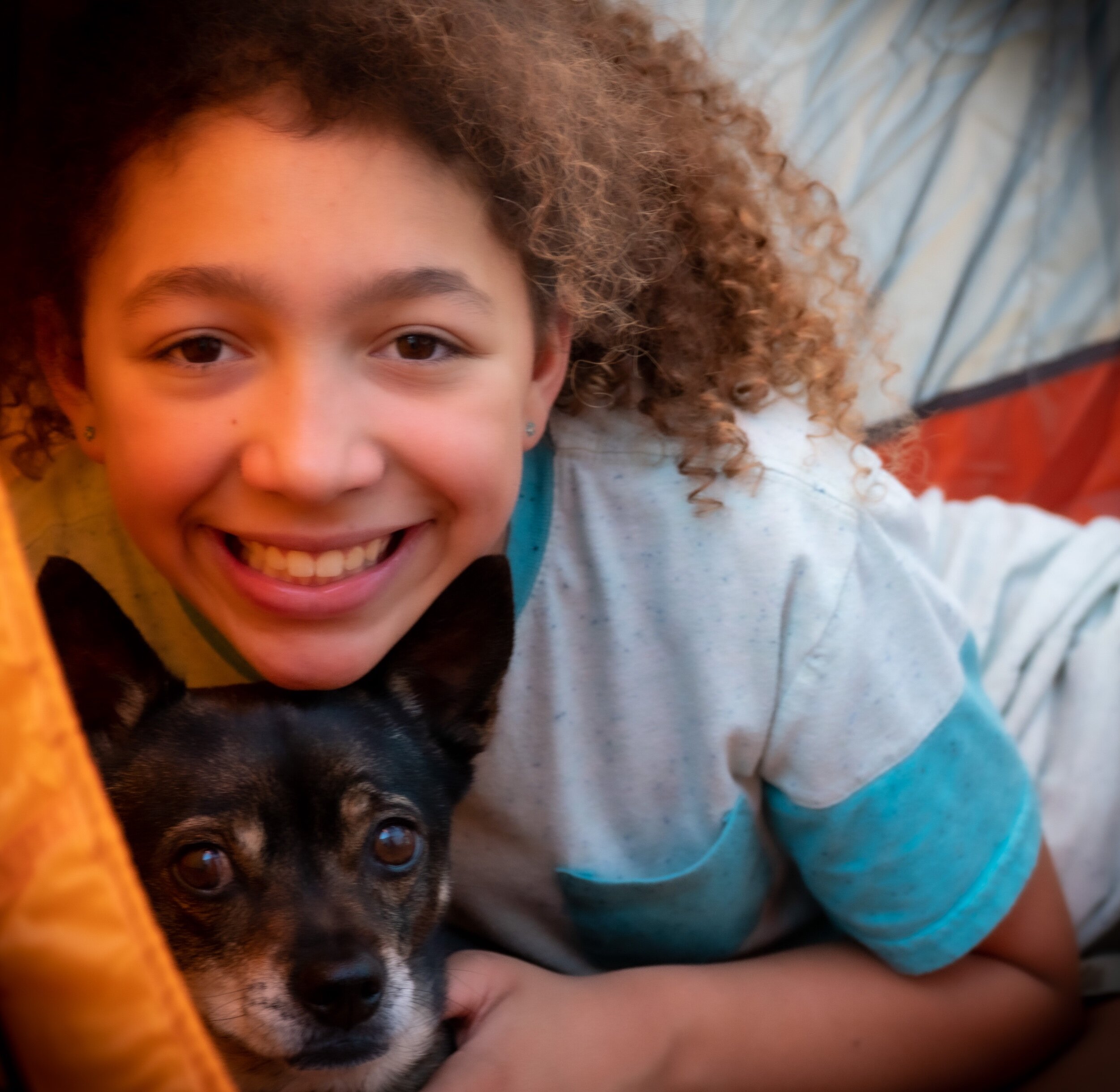
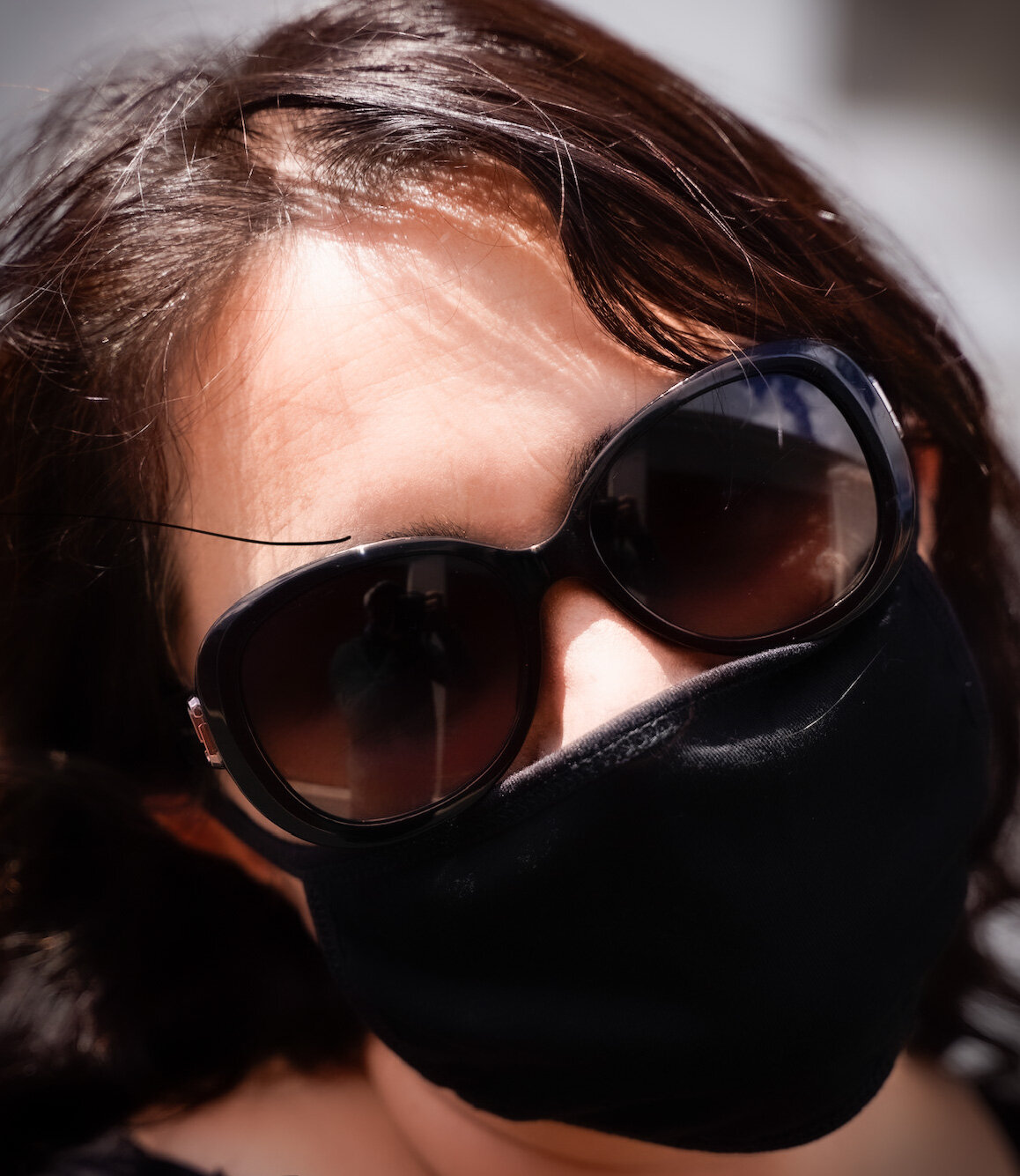
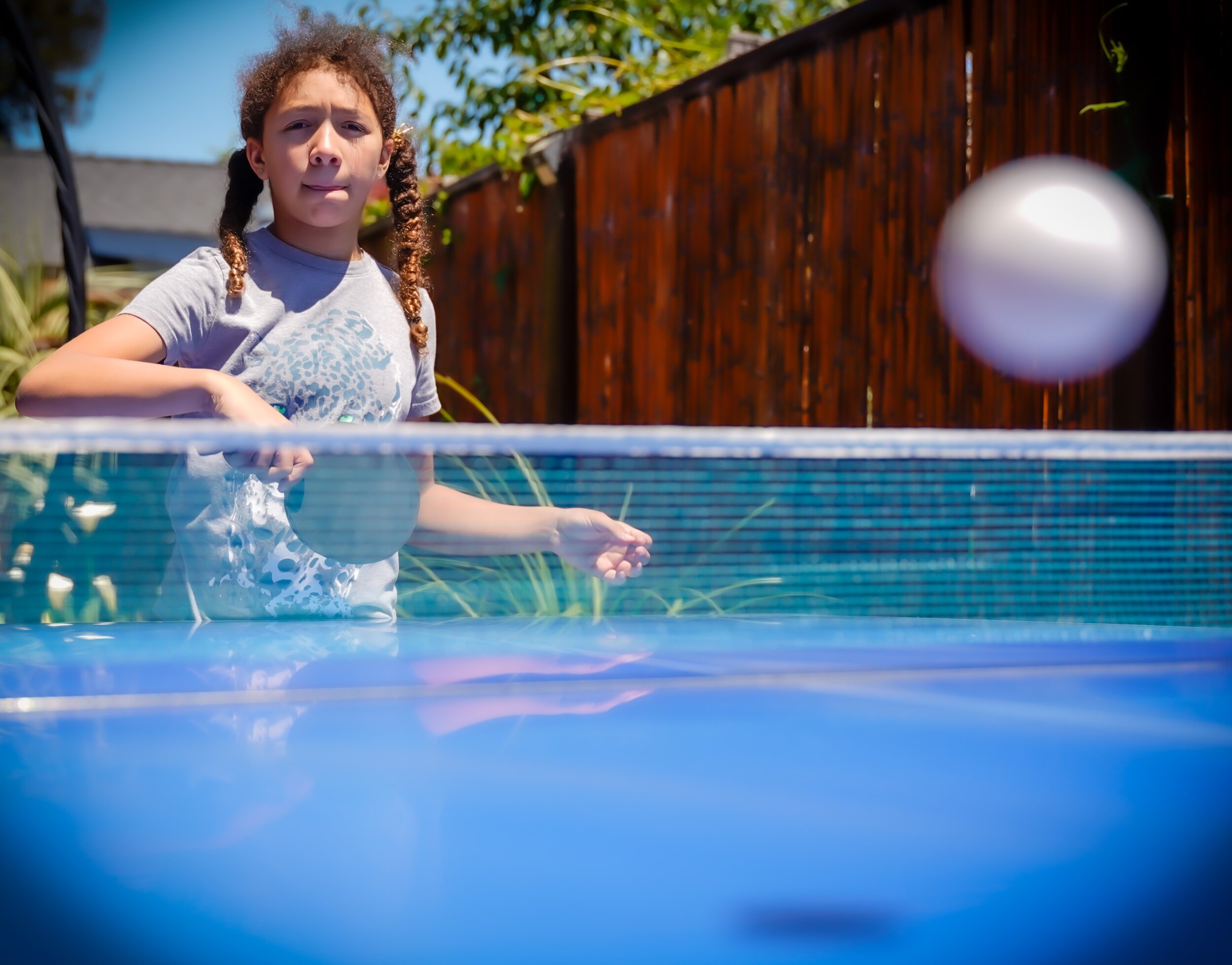
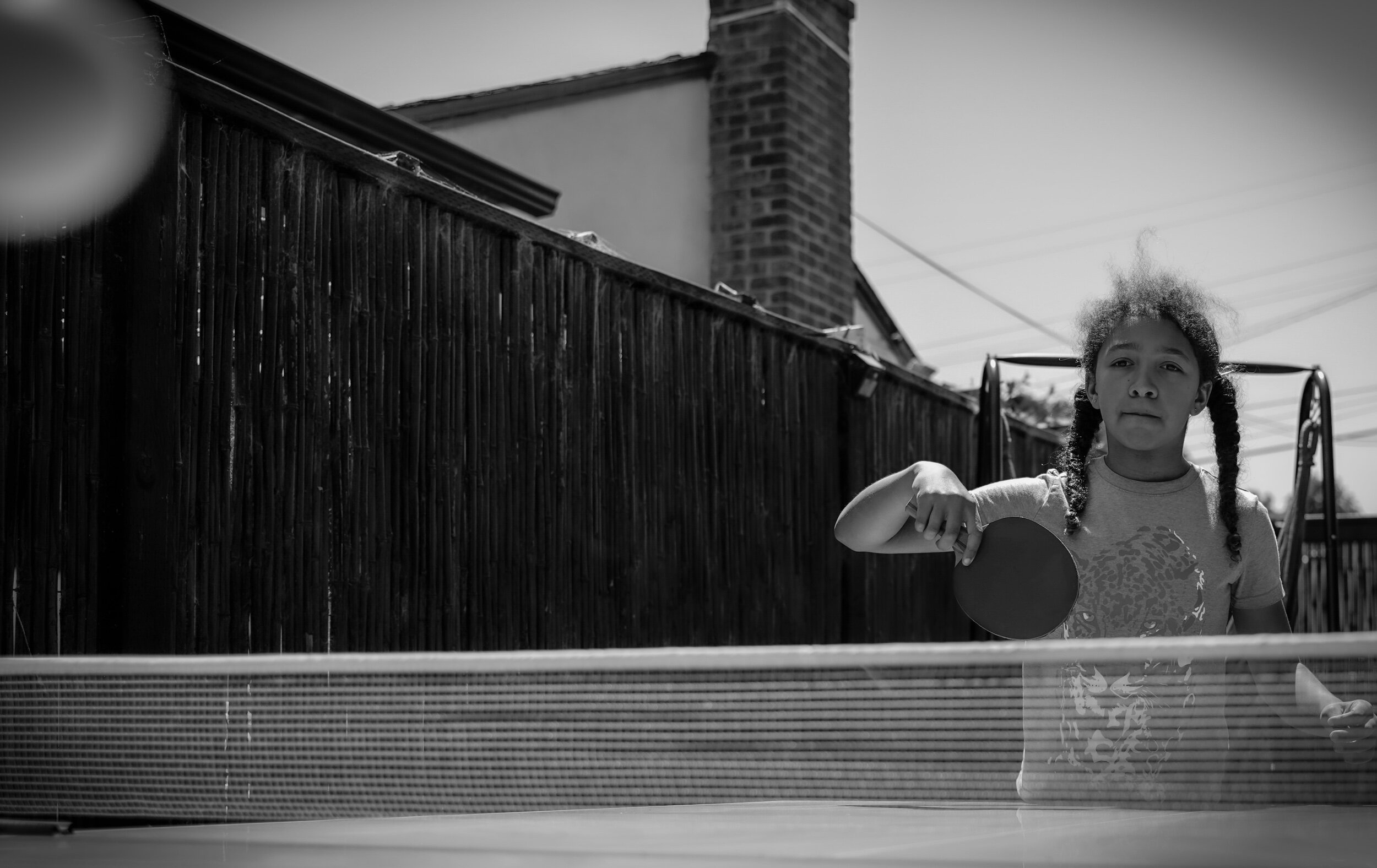
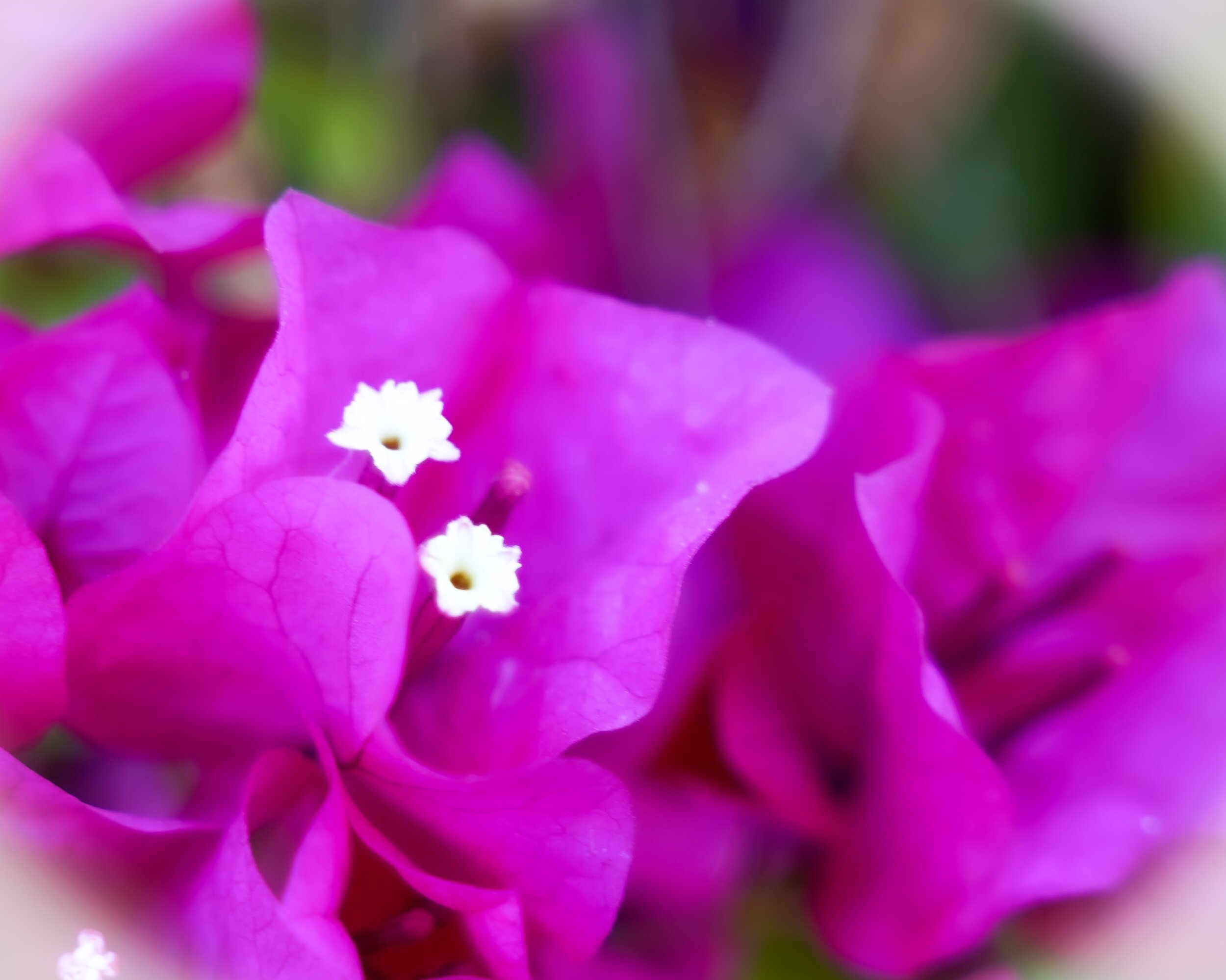
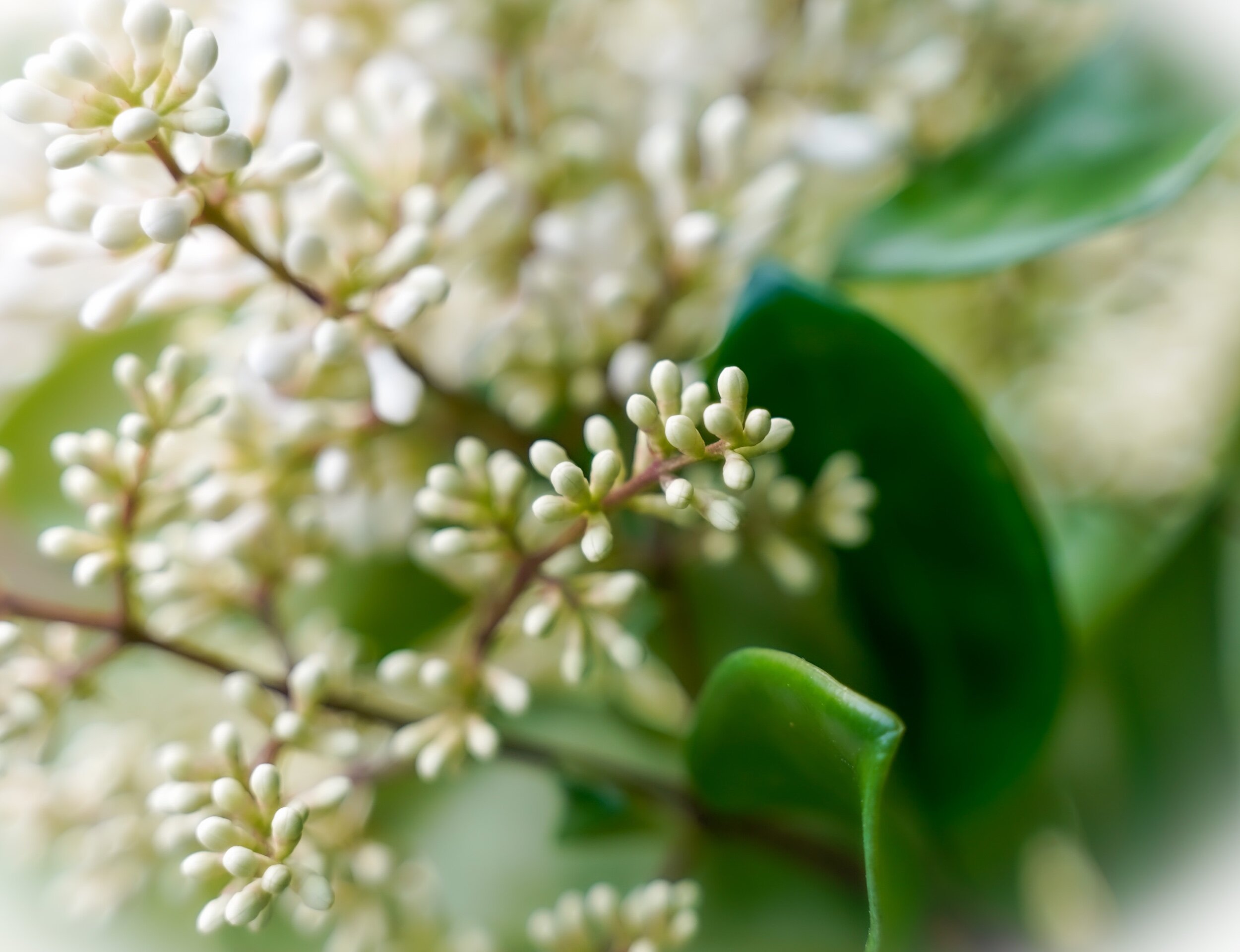
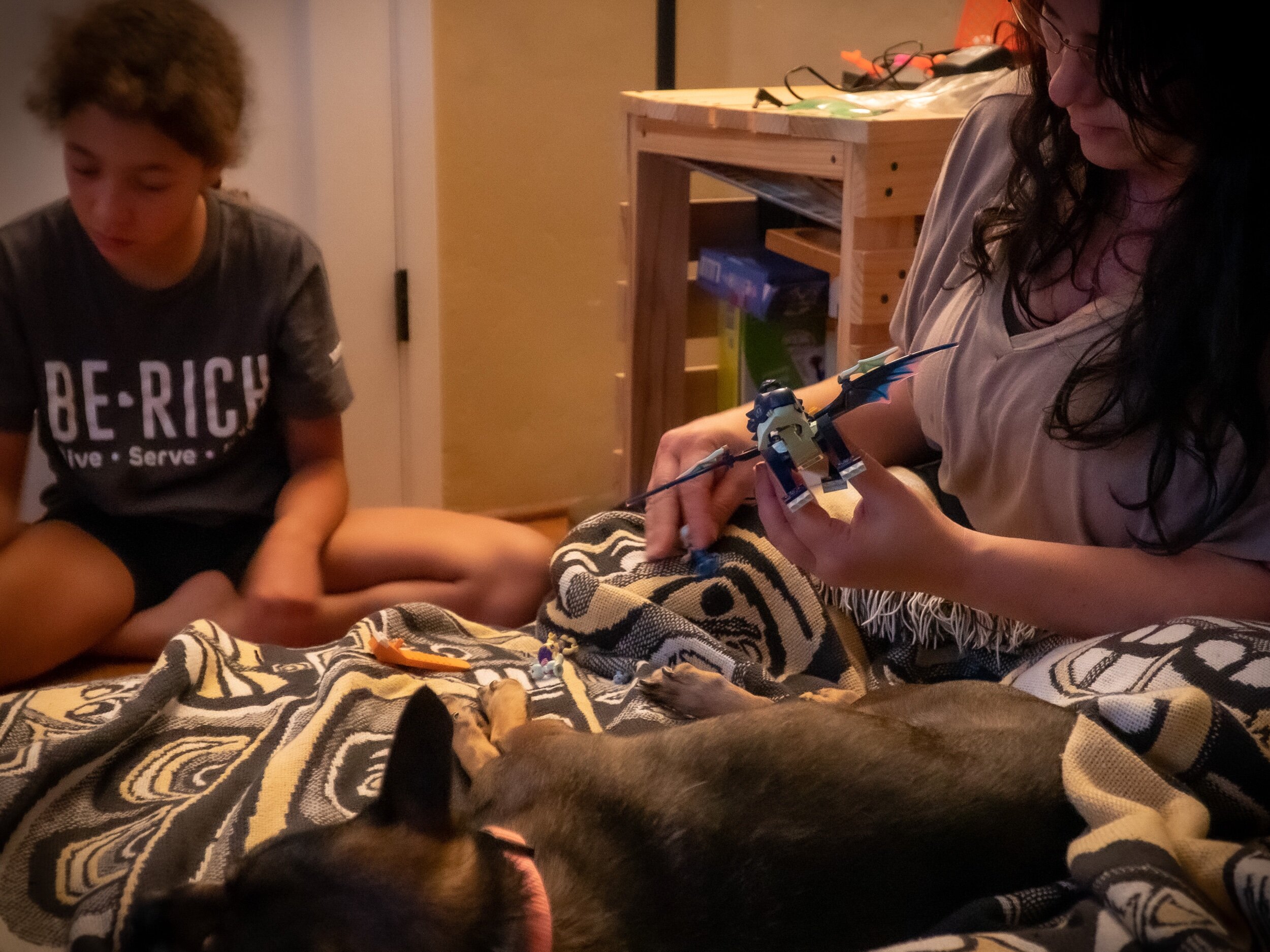
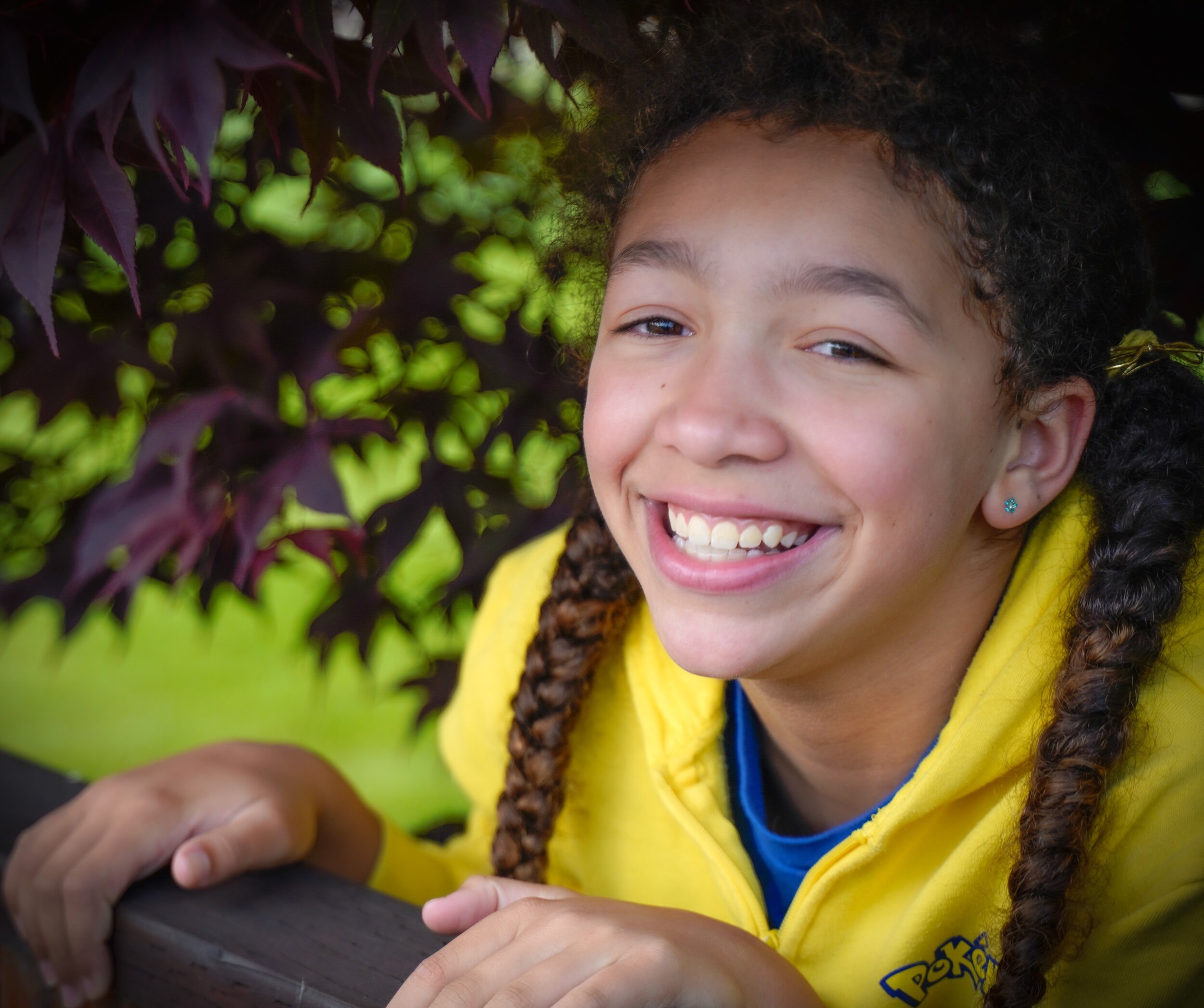
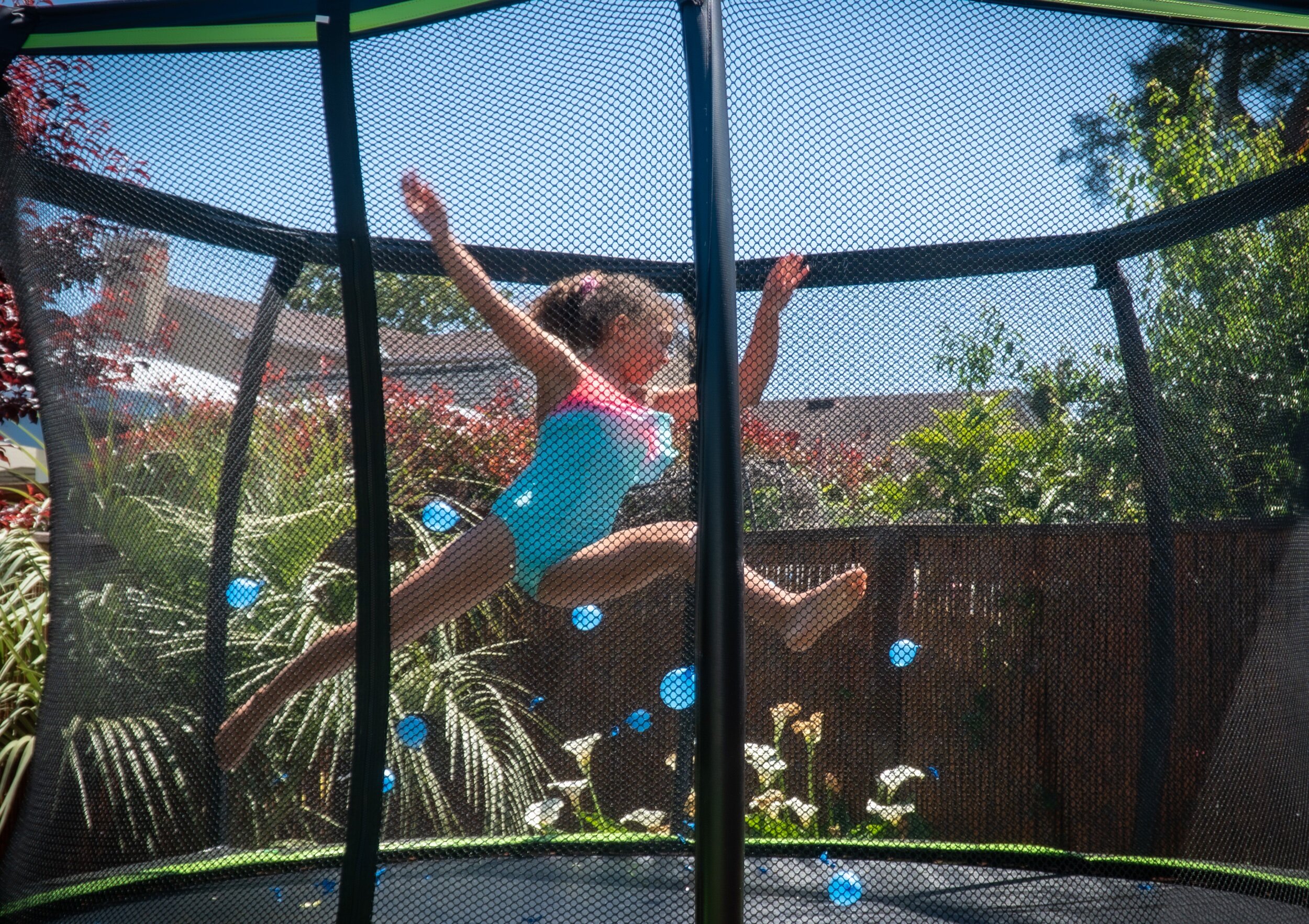
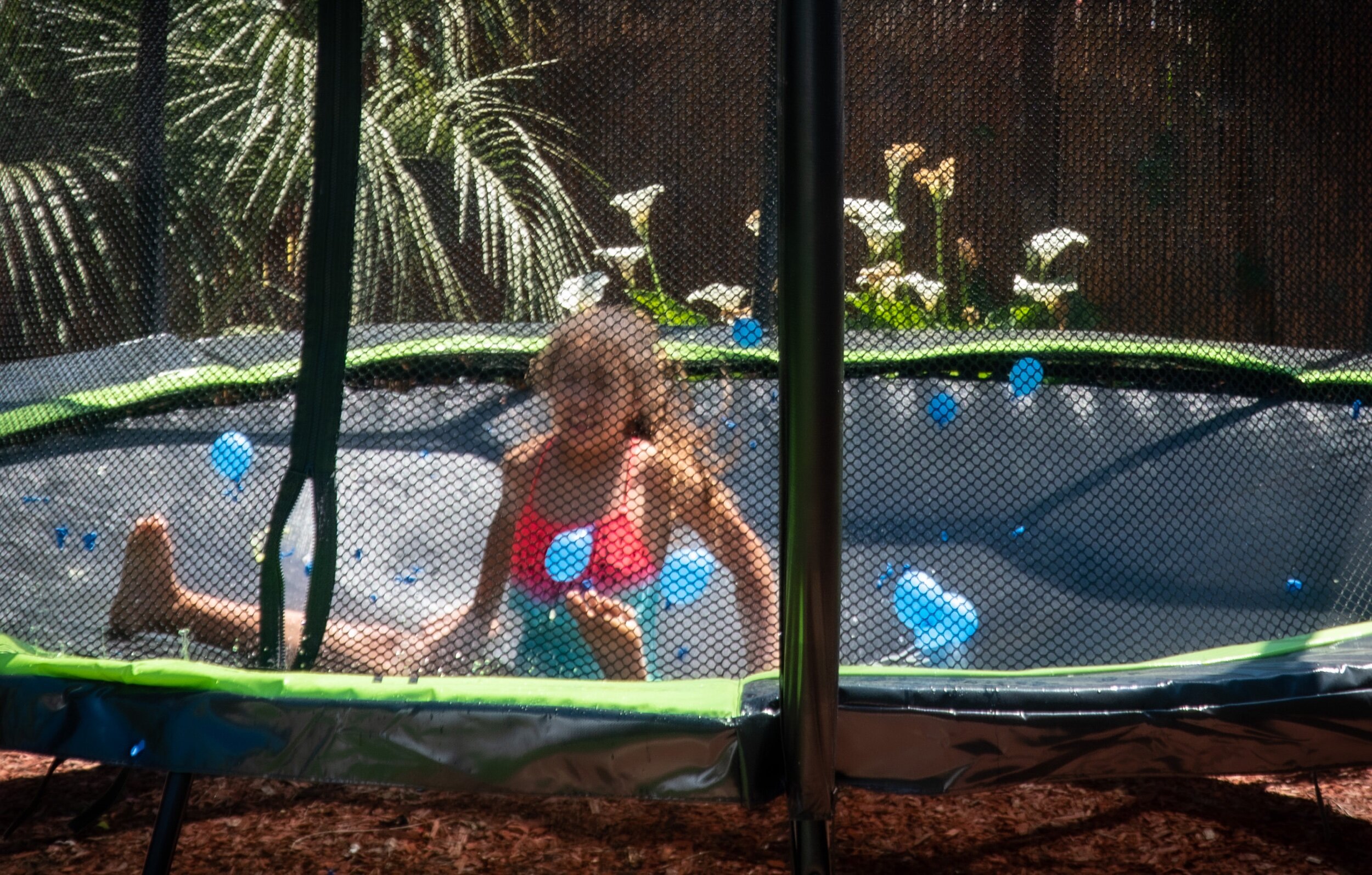
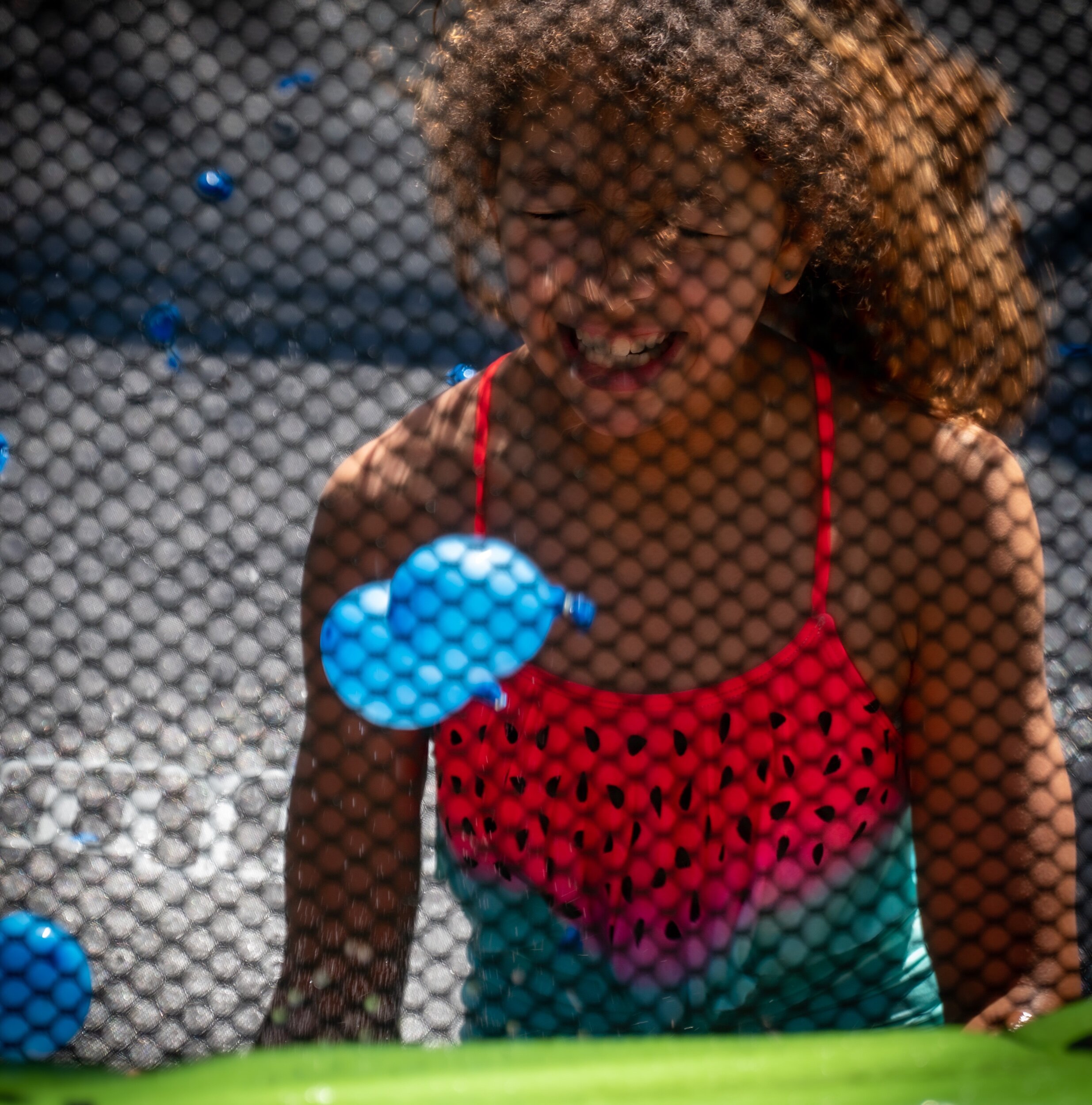

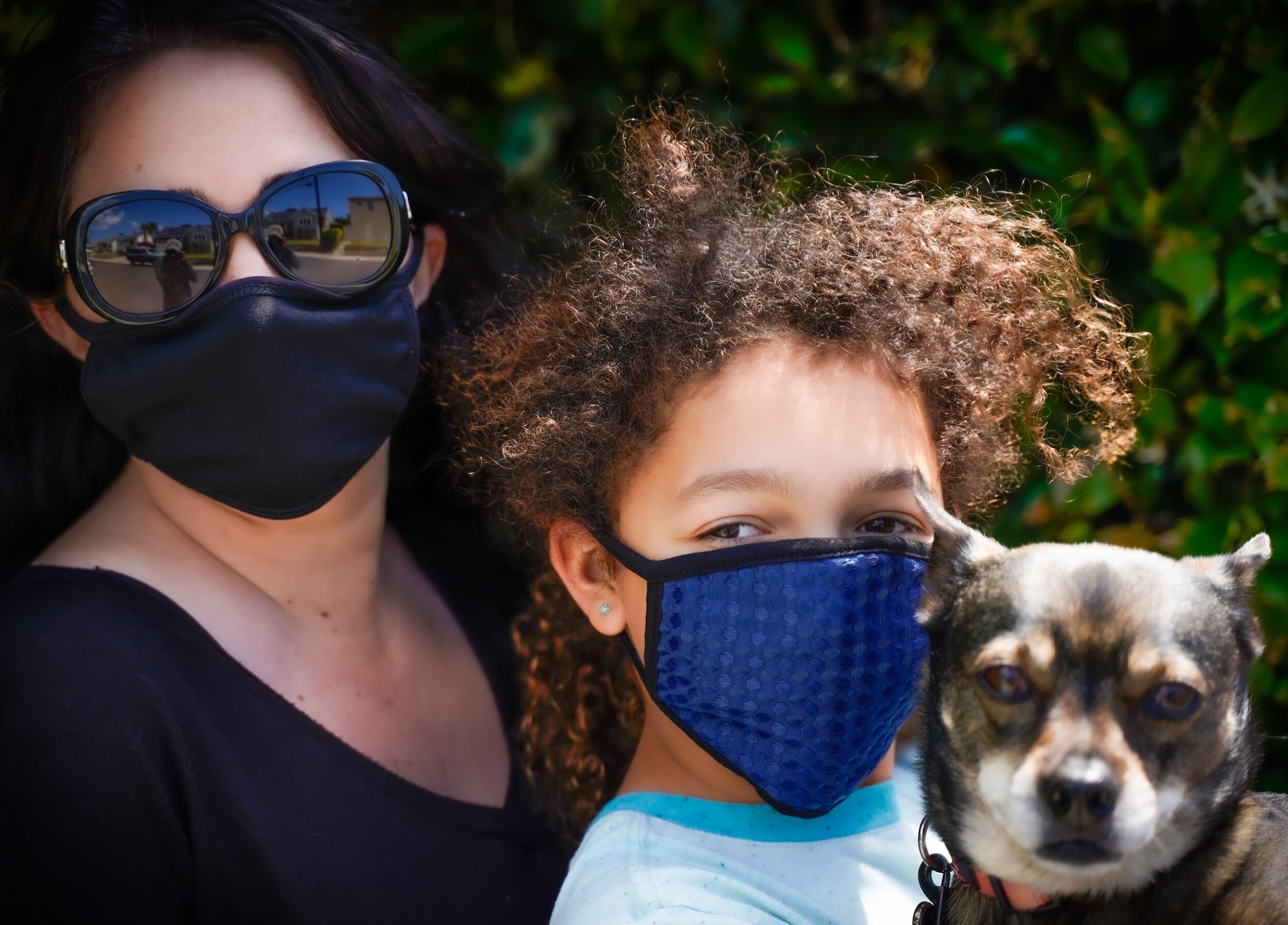
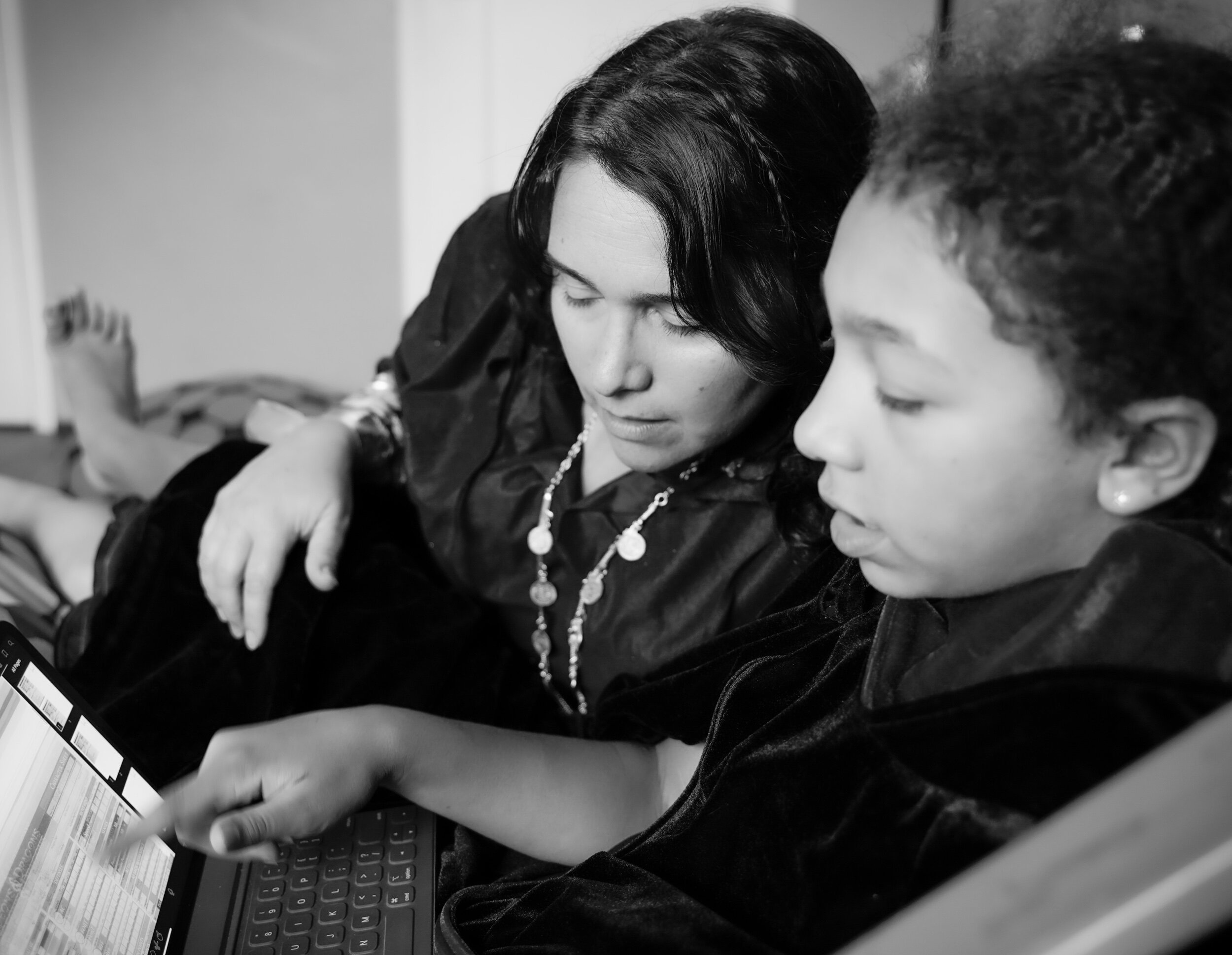
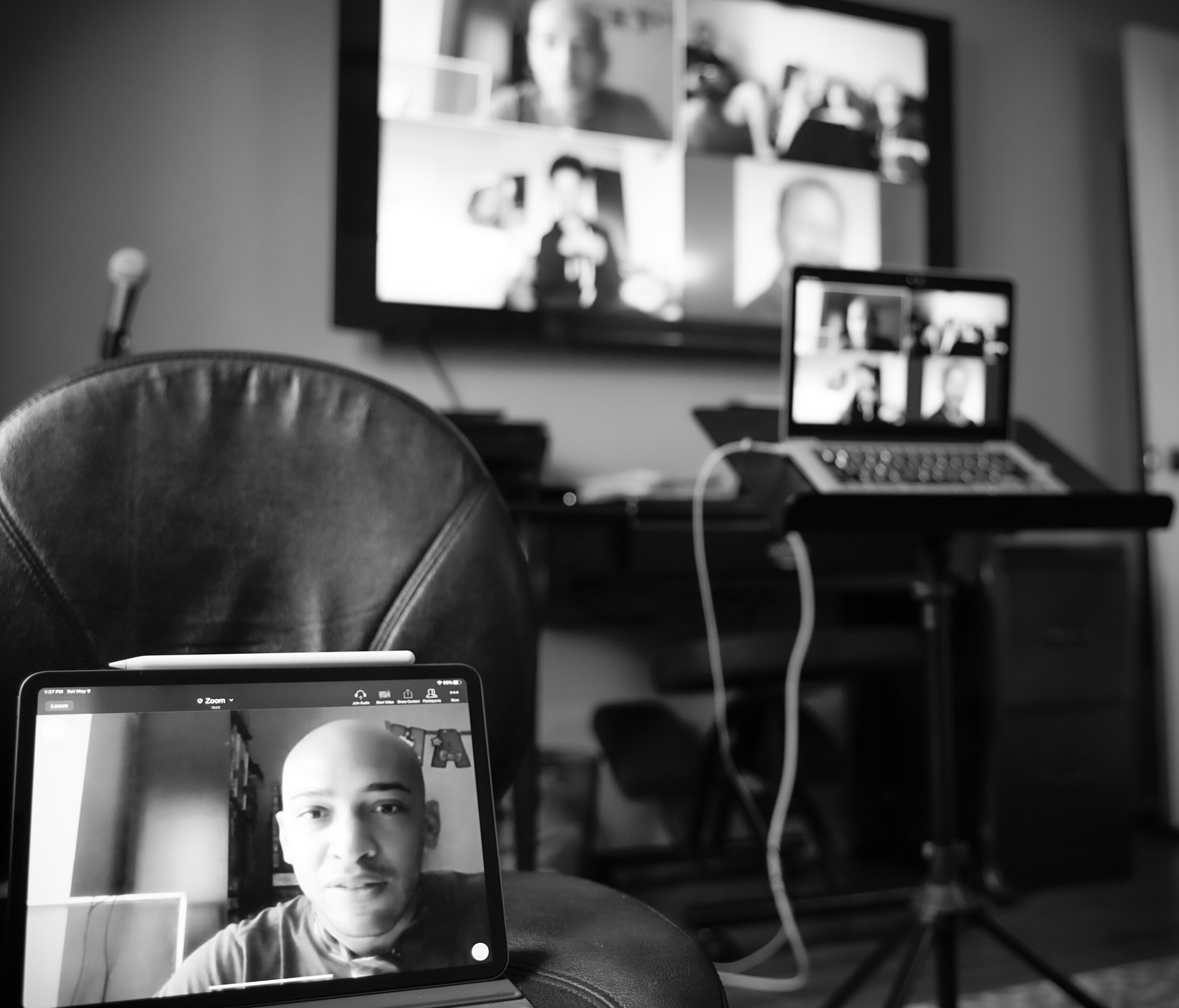
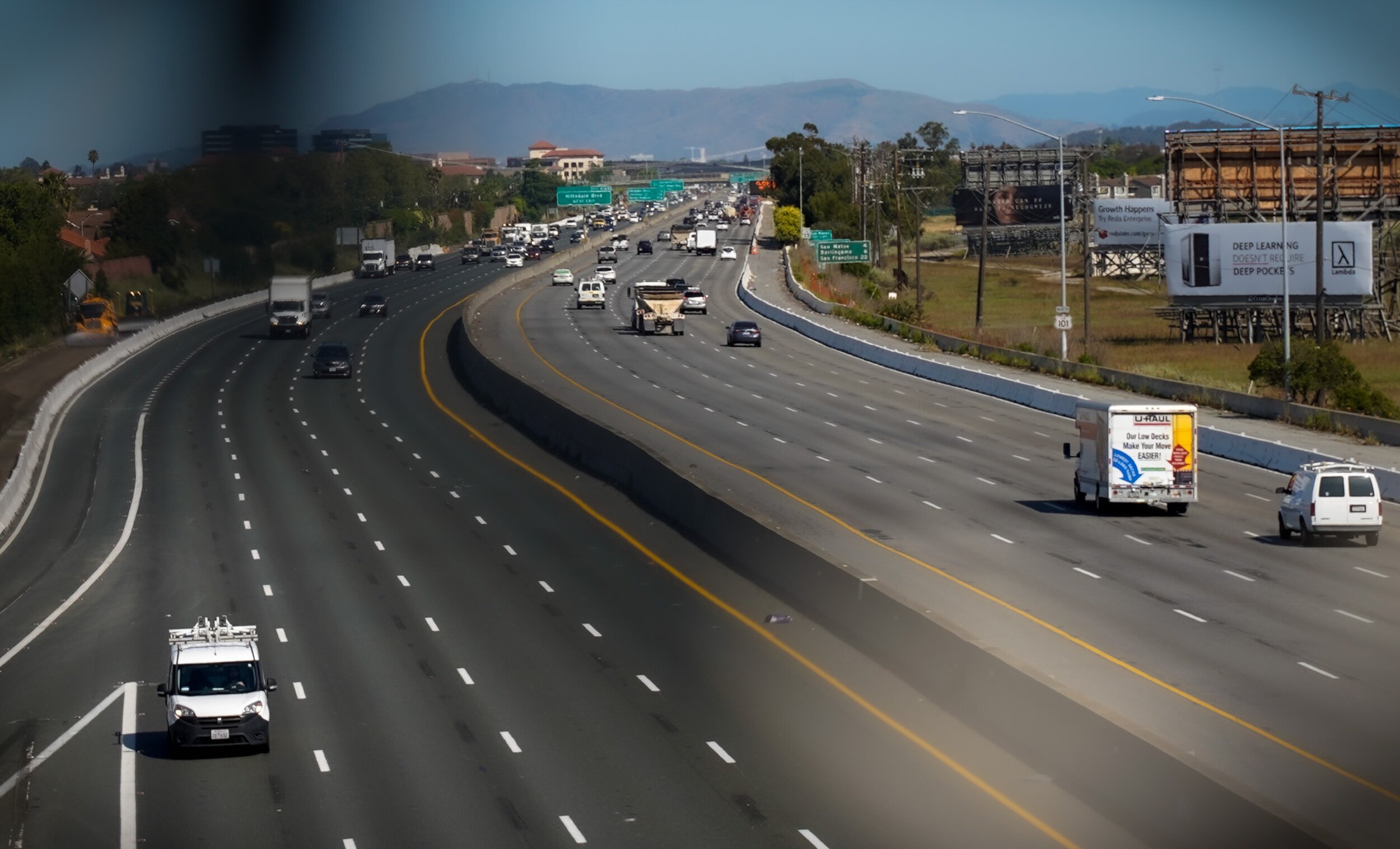

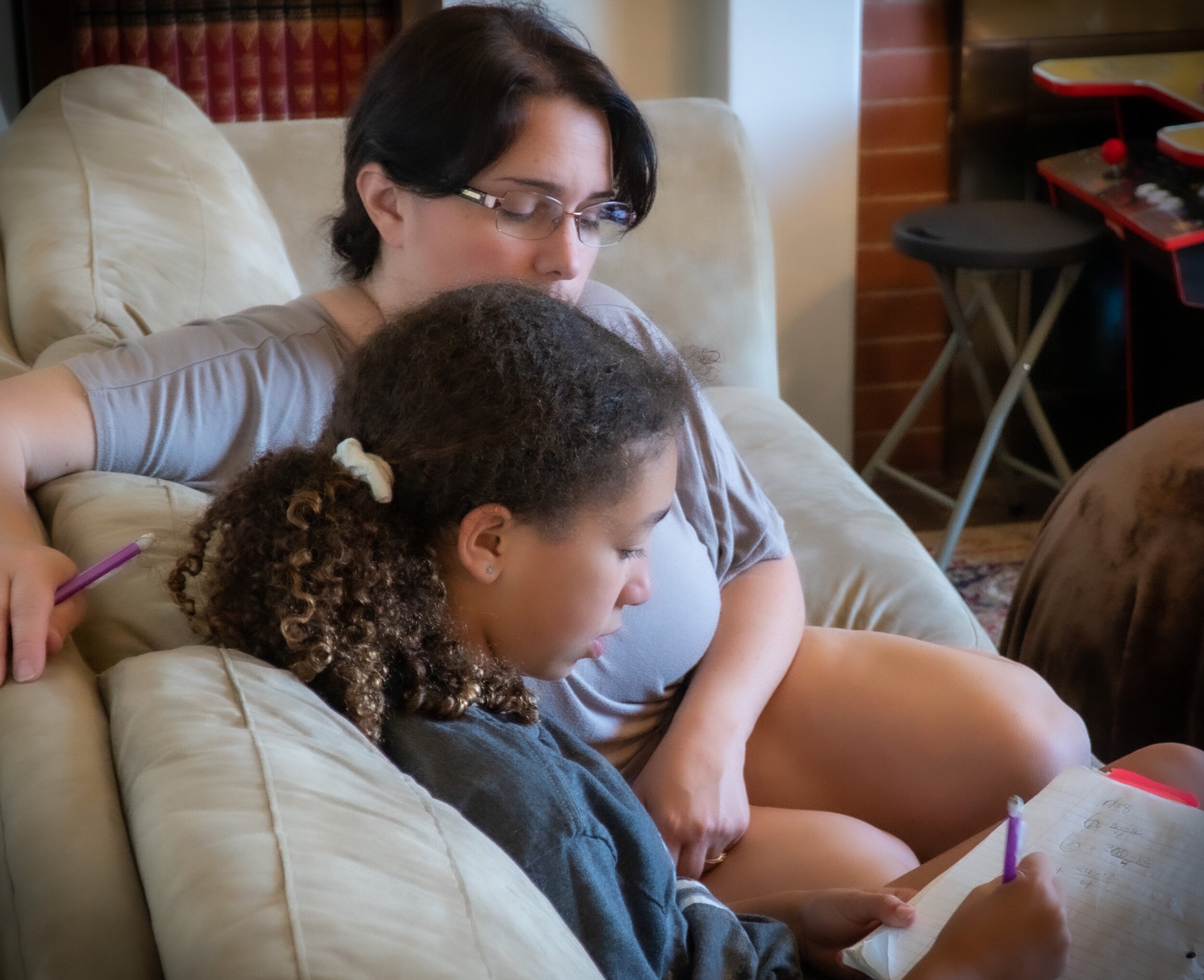
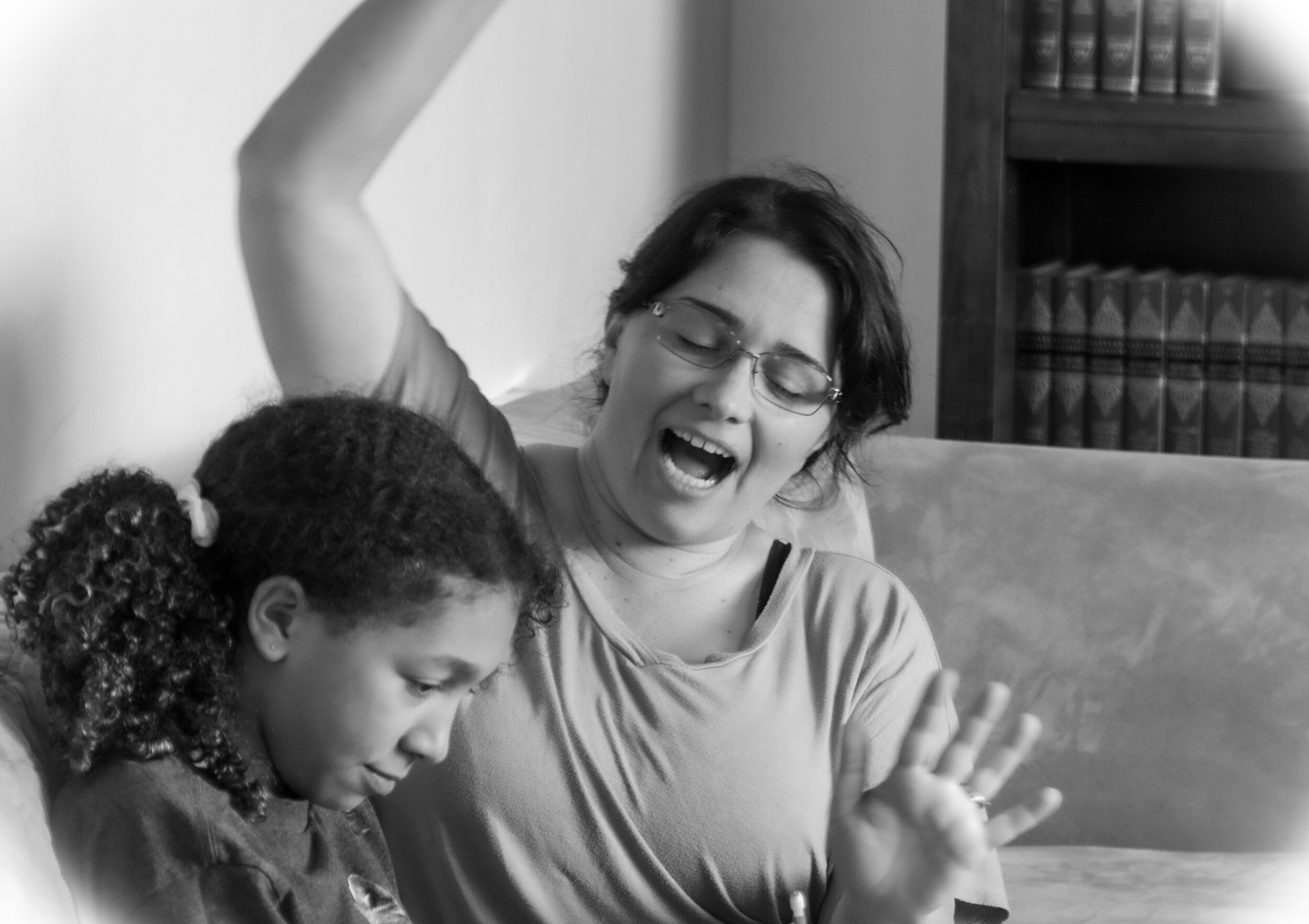
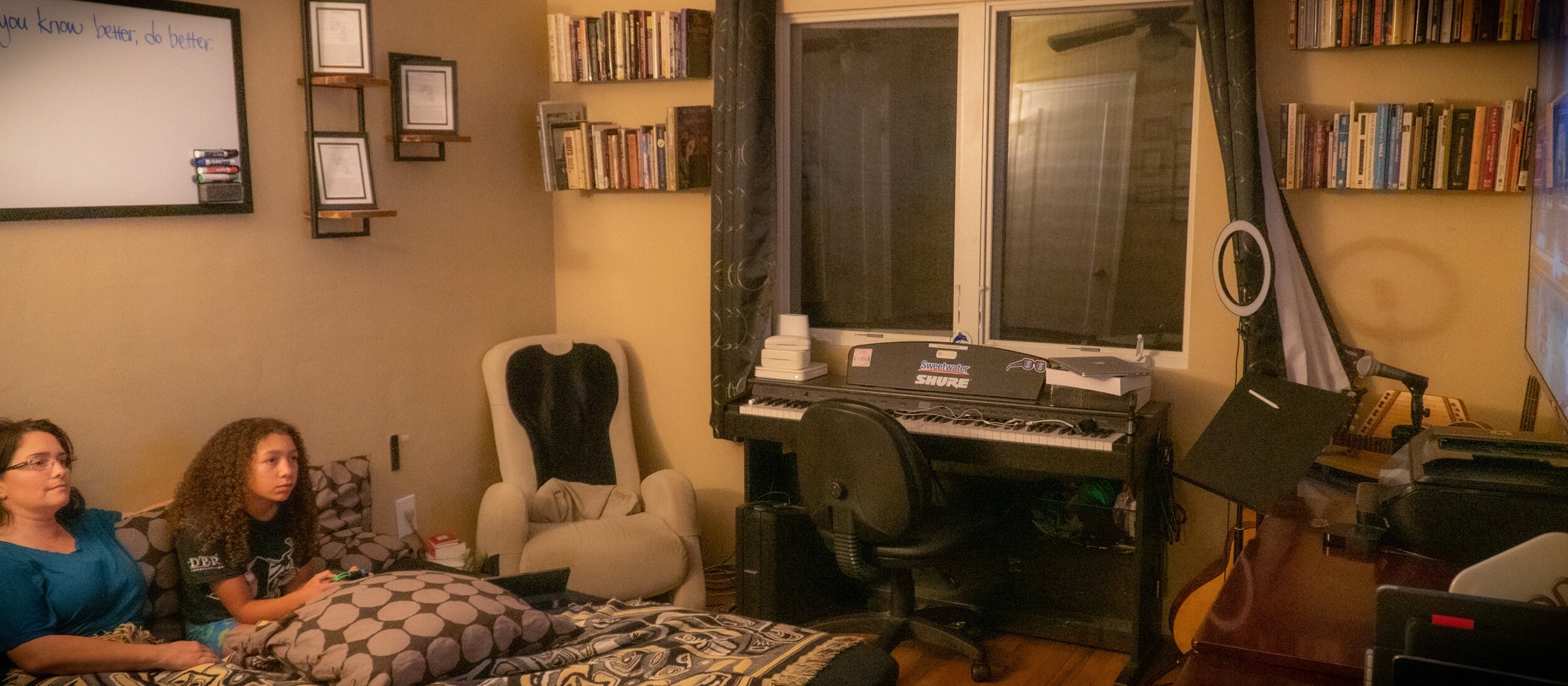
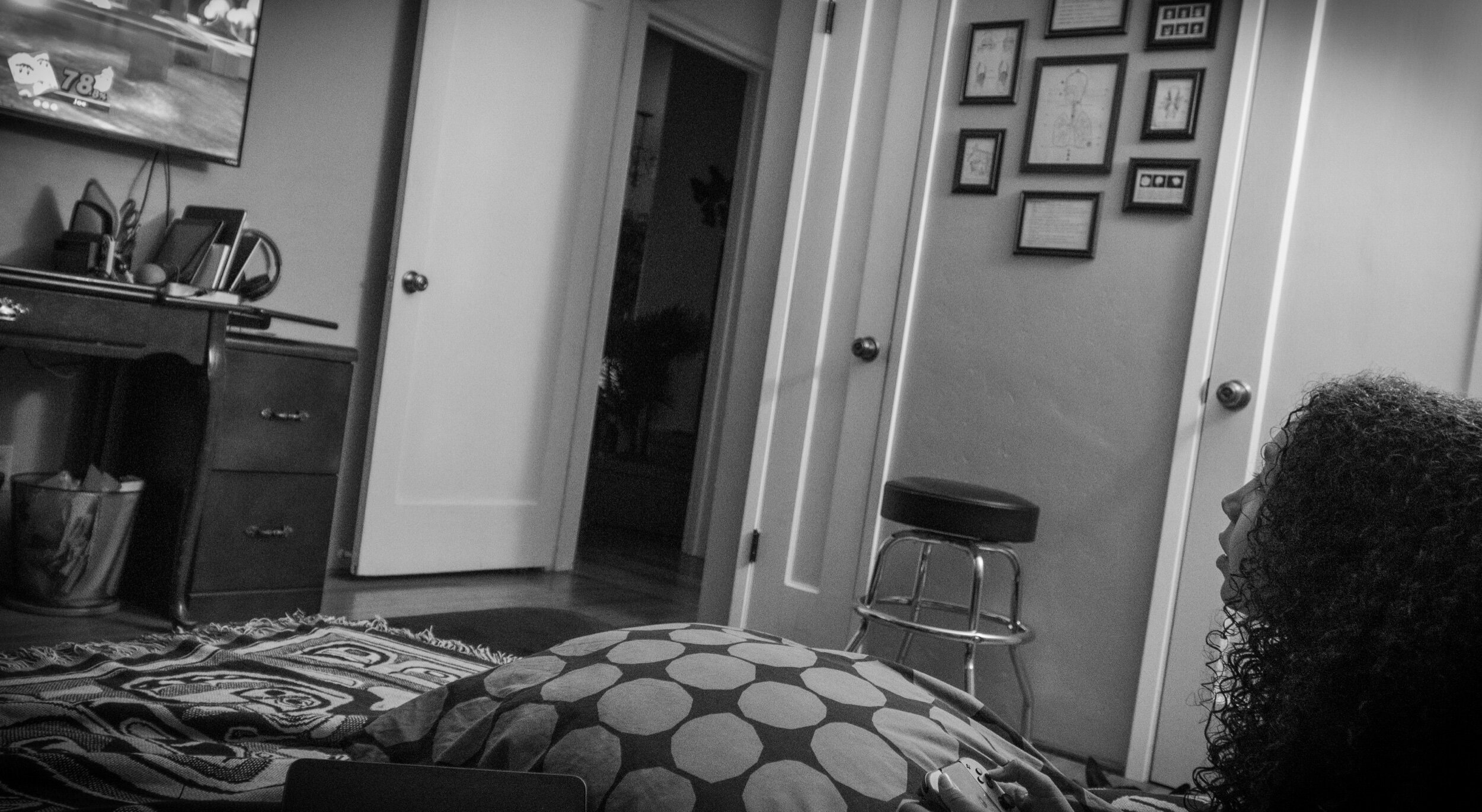
Spring 2020: 6’ Rule, Shopping Revisited, Chalk the Walk, and WFH







6’Rule
Human beings don’t do well in isolation. It’s a part of our nature as primates to be social animals. So, to ask us to voluntarily withdraw from contact with other human beings for an indefinite length of time in order to combat an invisible virus that appears deadly to only a small portion of the population, for some people that is too much to ask. In early March, I began working from home (aka WFH’ing) full time and I, like everyone else on the planet, began following the 6’rule. That is, to enforce an invisible proximity bubble that keeps everyone else, outside of my immediate family at least 6 feet away from me. Additionally, I began wearing a face mask and nitrile or rubber (whichever I had on hand) gloves to do most of my errands that involved leaving the house. Lastly, by the end of the month, I was no longer voluntarily leaving the house at all outside of occasional walks around the neighborhood with my family and runs to the supermarket to get anything I can’t get online. It’s social isolation for the masses and it has an emotional cost. My family and I, luckily, really get along. My daughter is a kind and conscientious kid who, fortunately, still enjoys the company of my wife and I. And, my partner is an avowed introvert who prefers the solitude of a quiet room and close family relations. For my part, I’m mostly content with spending my time with the two of them occasionally challenging them to feats of strength or board (or electronic) games, taking pictures of the world, reading others, or writing my thoughts. With that said, I get something visceral from being with and seeing others in person. It’s a small but perceptible jolt of something that does wonders for my well-being. I’ve learned not to depend on it, as people can be irrational and cruel. Nevertheless, it means something to me so I’ve come to miss it.
Since my daughter was 4 months old, I have read to her every night before she goes to bed. Last year we read the Diary of Anne Frank. I wanted to read this book to her because my wife and I had decided to take the year to homeschool her and it was important to us that we educate her on the context and consequences of the Second World War - lest we forget. Reading Anne Frank to an eleven-year-old can be risky, as the subject matter of a young girl coming of age while being stalked by Nazis and their sympathizers are daunting. But, it’s told with such warmth and candor that we reckoned that it was worth the risks. For my part, it was critical that I be the one to read it to her so that none of the important themes of what Anne and her family lived and died for would get lost. Moreover, the story of how Anne, her family, and their friends survived for over two long years in near-total isolation, constantly aware of the risks involved with being found is a true testament to their resolve. And, as a result of reading it so recently, we have been able to level-set our expectations of how we should behave during this time of mandated social isolation. Through our reading of Anne’s book, our entitlement and expectations of the many creature comforts that we take for granted have been firmly checked. My family and I are able to reference the Frank’s perseverance, courage, and strength as a reminder of how little we have at stake (comparably), and how little we are being asked to give up in order to protect the most vulnerable of our population (as well as ourselves) from COVID-19. It’s the least we can do.
So, we live in a 6’ bubble. It’s an experience that reminds me of how ingrained touch (i.e. handshakes, hugs, high-fives, kisses on the cheek) is in the nature of our interpersonal relationships. For, due to the 6’ rule, I can’t kiss my wife’s family hello or good-bye. I can only see my brother through Zoom. And, lunch with a colleague is completely out of the question. I wonder if I’ll ever return to normal, given how acutely contact was severed, I wonder if it will ever feel natural to handshake a stranger or to hug a colleague. I suspect, that in the end, I’ll always think twice about handshakes and hugs for people who are not my personal relations, trusted colleagues, or friends. But only time will tell.
Shopping Revisited
My friends and I were hosting a virtual happy hour in mid-March. The topic: What are these people thinking? We discussed whether it made any sense whatsoever for people to be hoarding cases of hand sanitizer, dozens of gallons of water, and the coup de grace of COVID-19 hoarders, toilet paper. We discussed the merits of group thinking, panic responses, and selfish opportunism. We came to the conclusion that hoarding these things didn’t pass what we called, the “common sense test.” The common-sense test states that if you are engaging in behavior that defies either reason or logic, due to a fear of somehow being “without” then you are flunking as a human in a crisis. Each of us agreed that although we are all family men whose primary priority is the safety and well-being of our spouses and children, it was unreasonable for us to engage in this behavior at this time. And, we made a pact that if we slipped into this behavior we would hold an intervention to shame the offending party back into being a decent person.
And even though we agreed that hoarding behavior was beyond the pale, we also agreed that what used to be a trivial task, shopping for our family’s necessities, had now become something of a nightmare. As we were finding that due to the compulsions of our obsessive and/or selfish fellow humans the basic necessities were becoming more and more difficult to find. It began with hand sanitizer. We were finding that it was sold out everywhere. But, it turns out that the ingredients for hand sanitizer aren’t particularly complicated - so we discussed how isopropyl alcohol, aloe Vera, and Tea Tree Oil combine to make an excellent hand sanitizer. We also shared how dystopian it felt to go into a supermarket and finding whole shelves of goods empty. Or whether we ever thought we would be standing in line at 6:30 am to pick up almond milk, or standing in line outside of Costco for 45 minutes just in order to get into the store to shop. We discussed how odd it is to drive up to the market to find a sign out front stating which items are no longer in stock, “We are out of Eggs, Clorox Products, Toilet Tissue, and Paper Towel’s.” And that limits were being enforced on how many packages of toilet tissue, cartons of eggs, paper goods, and cleaning products can be purchased per household.
But, this is the new normal. And, everyone all over the globe is enduring the same hardships. So, we committed to making the best of it; for we have every advantage: a loving family, warm surroundings, jobs, access, and means. We are fortunate. And, although this is a tough and stressful time, we owe it to our children and to the rest of humanity to put on a happy face and to make the best of it…
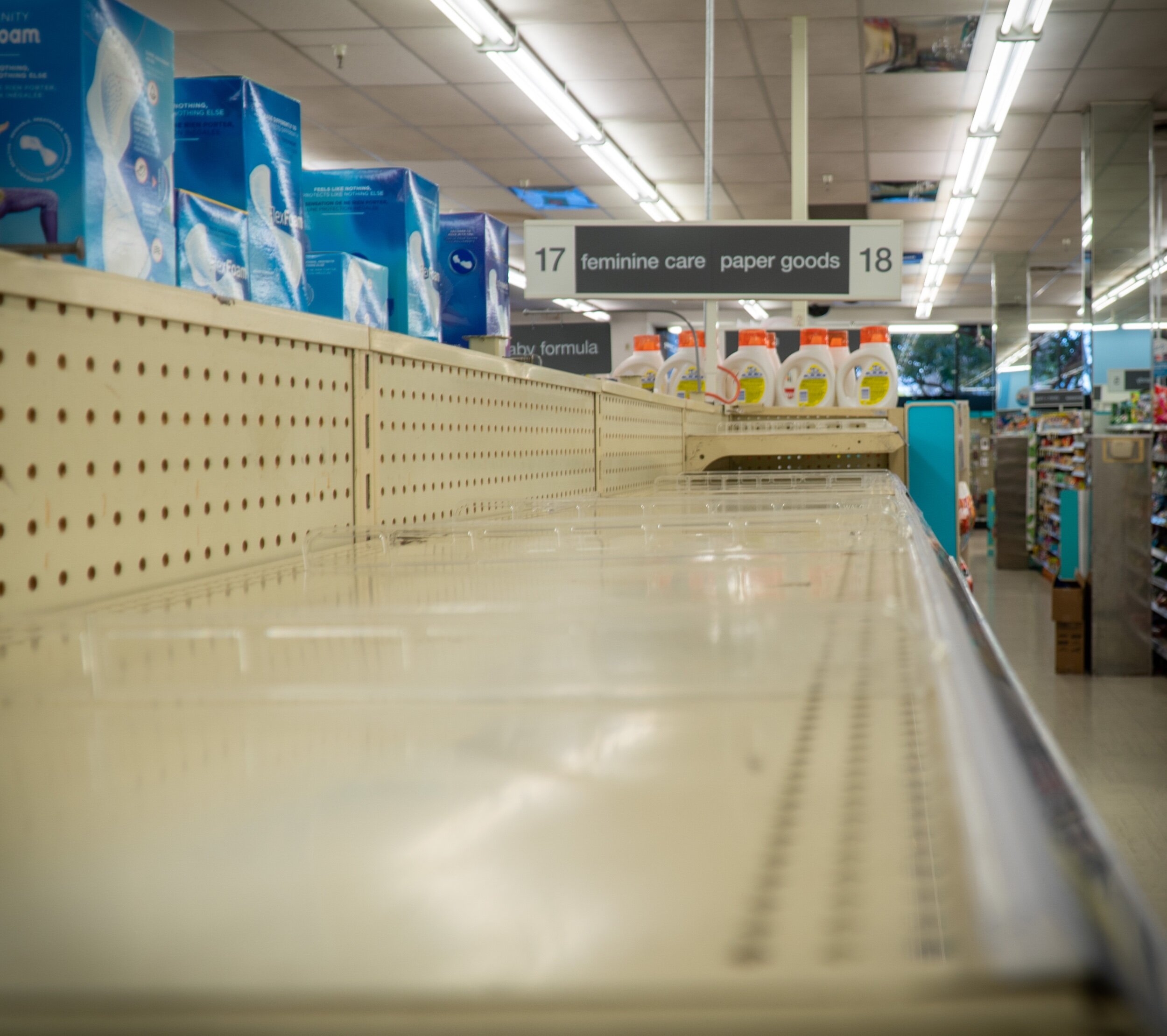
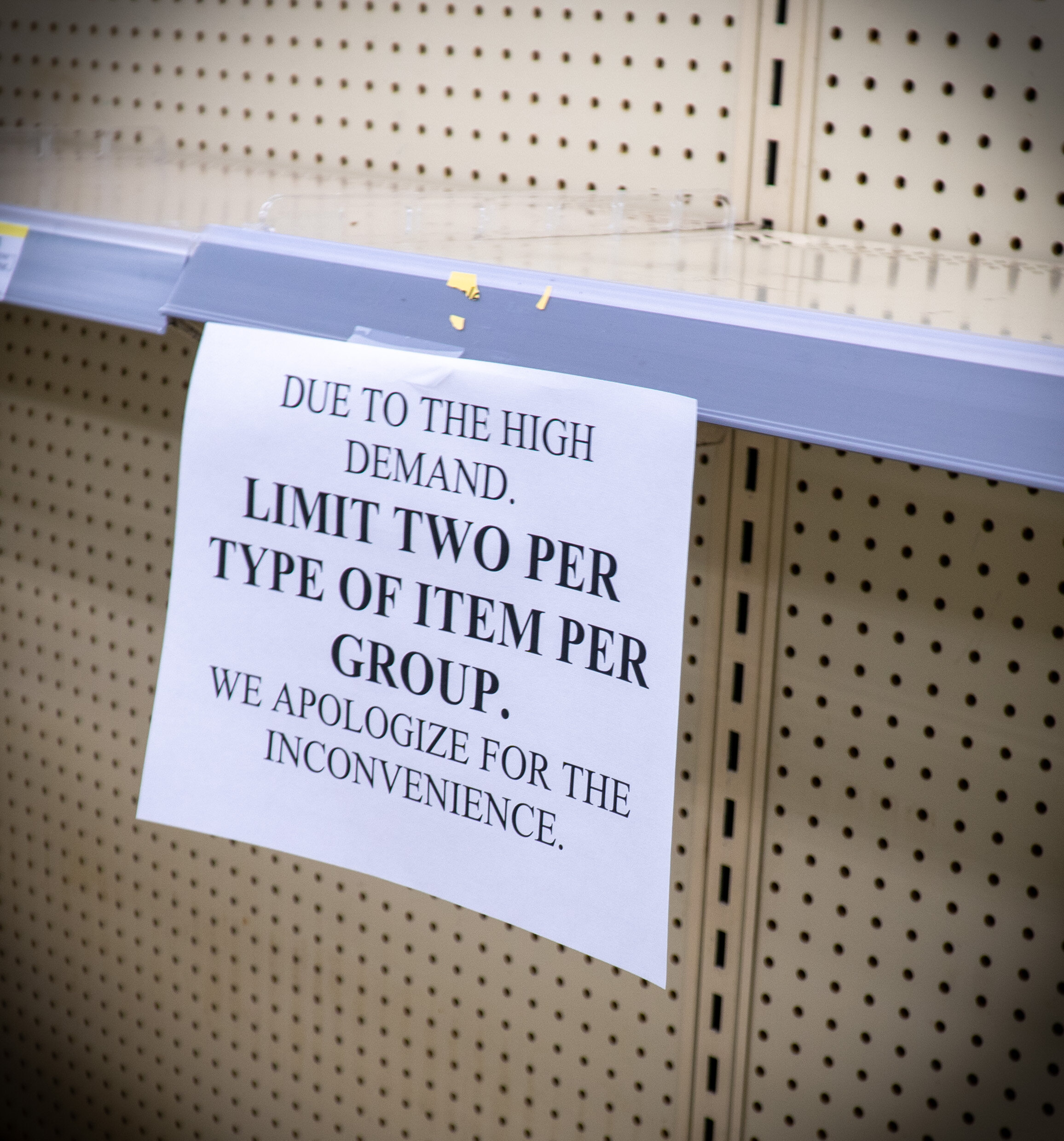
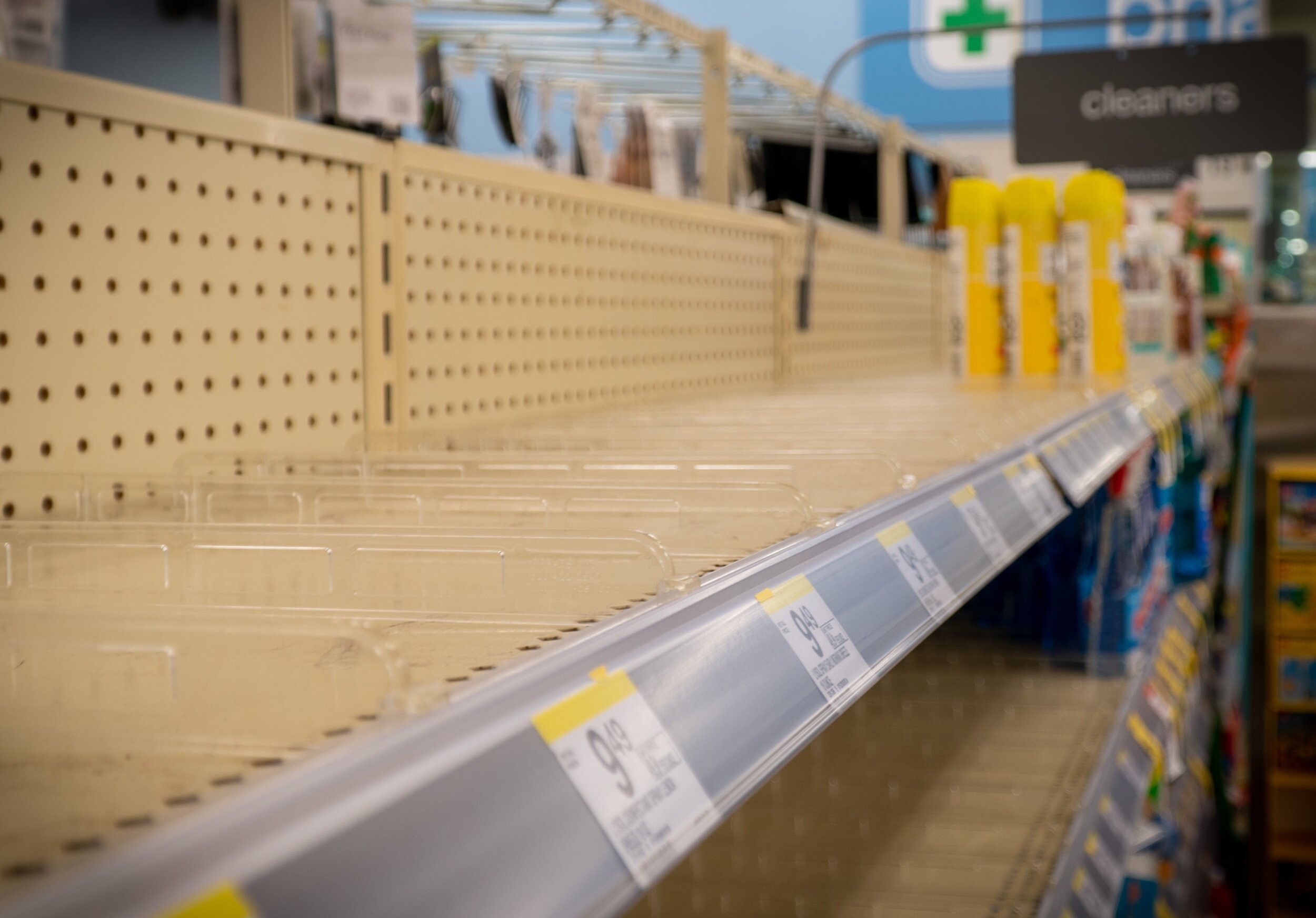
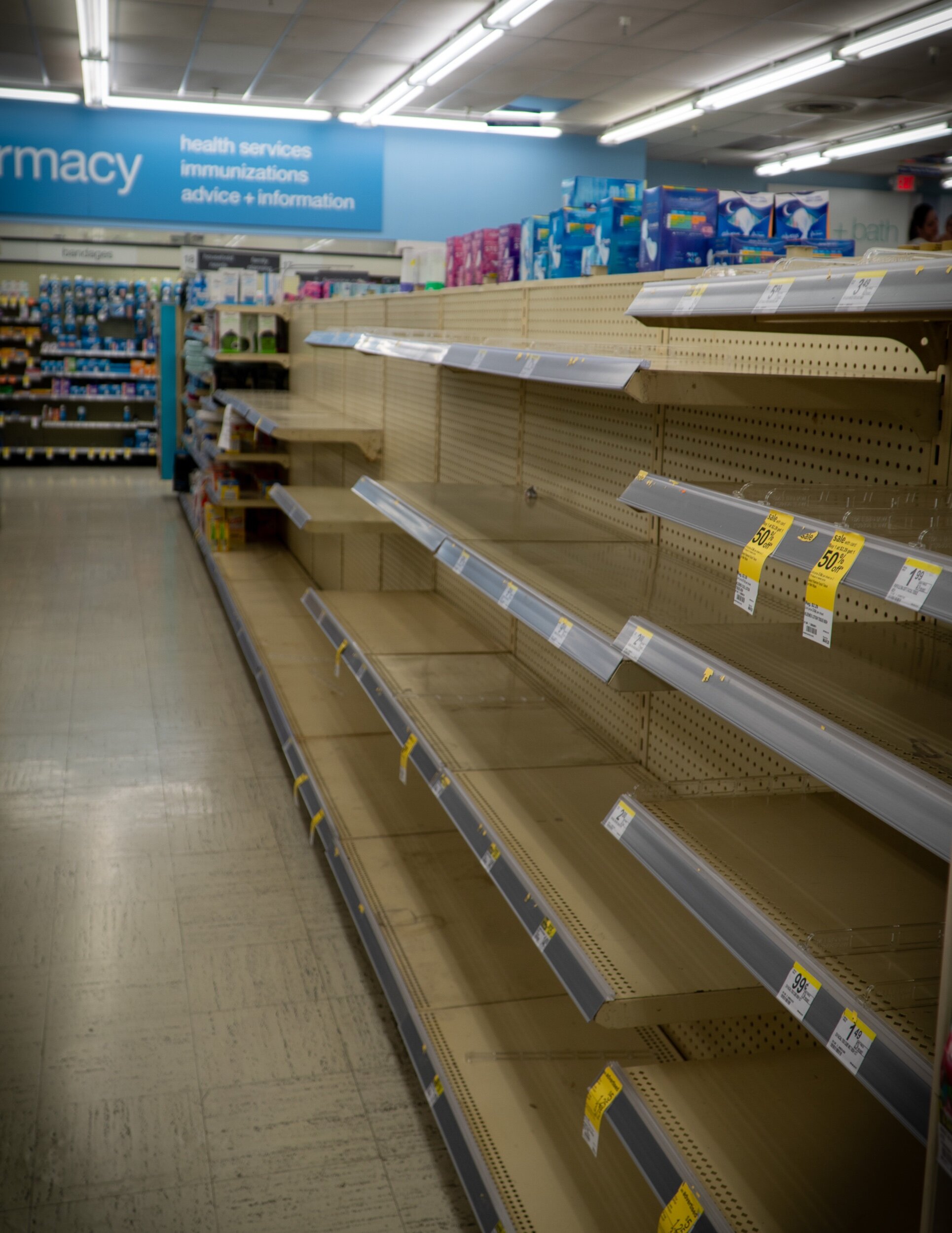
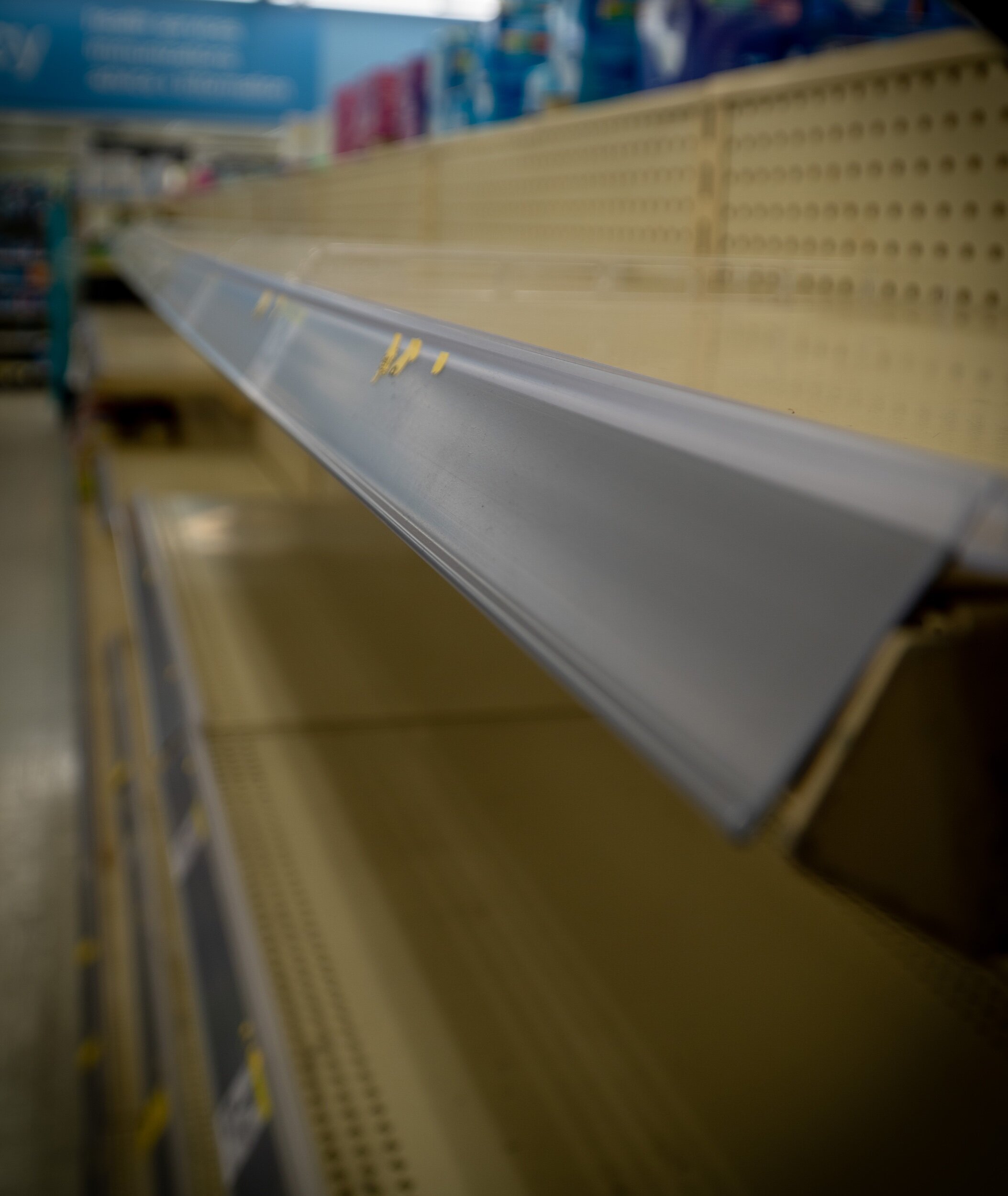
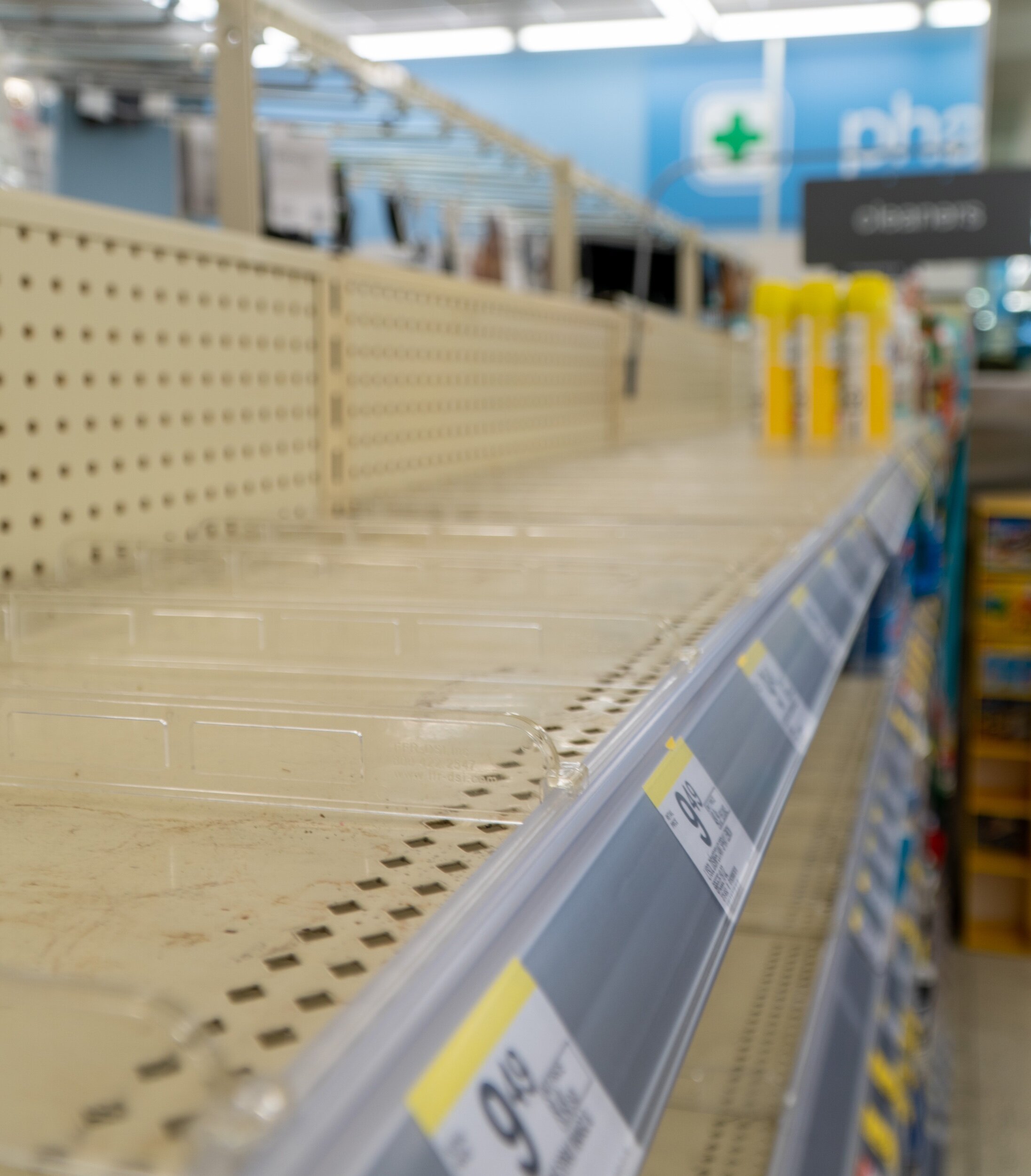
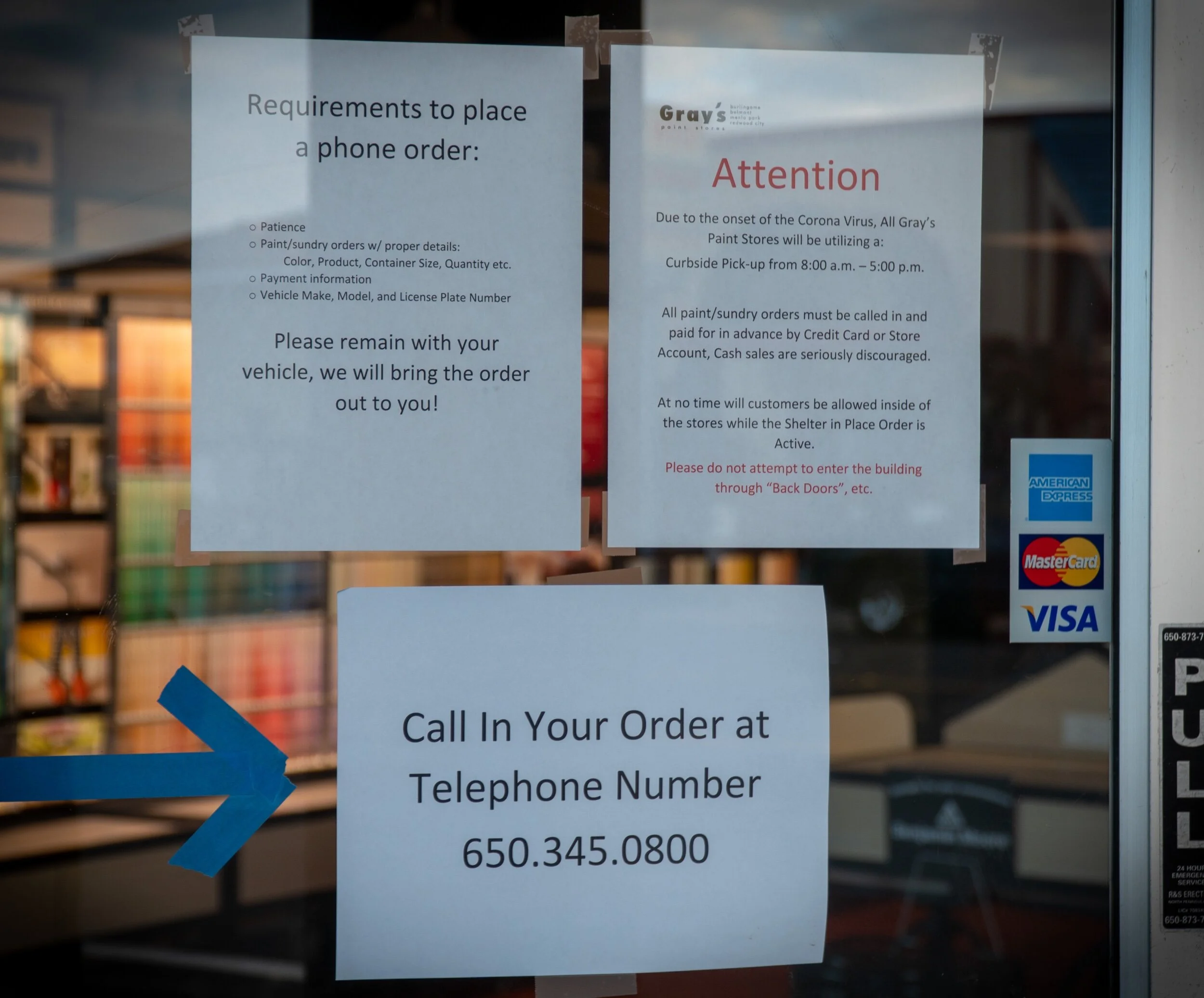
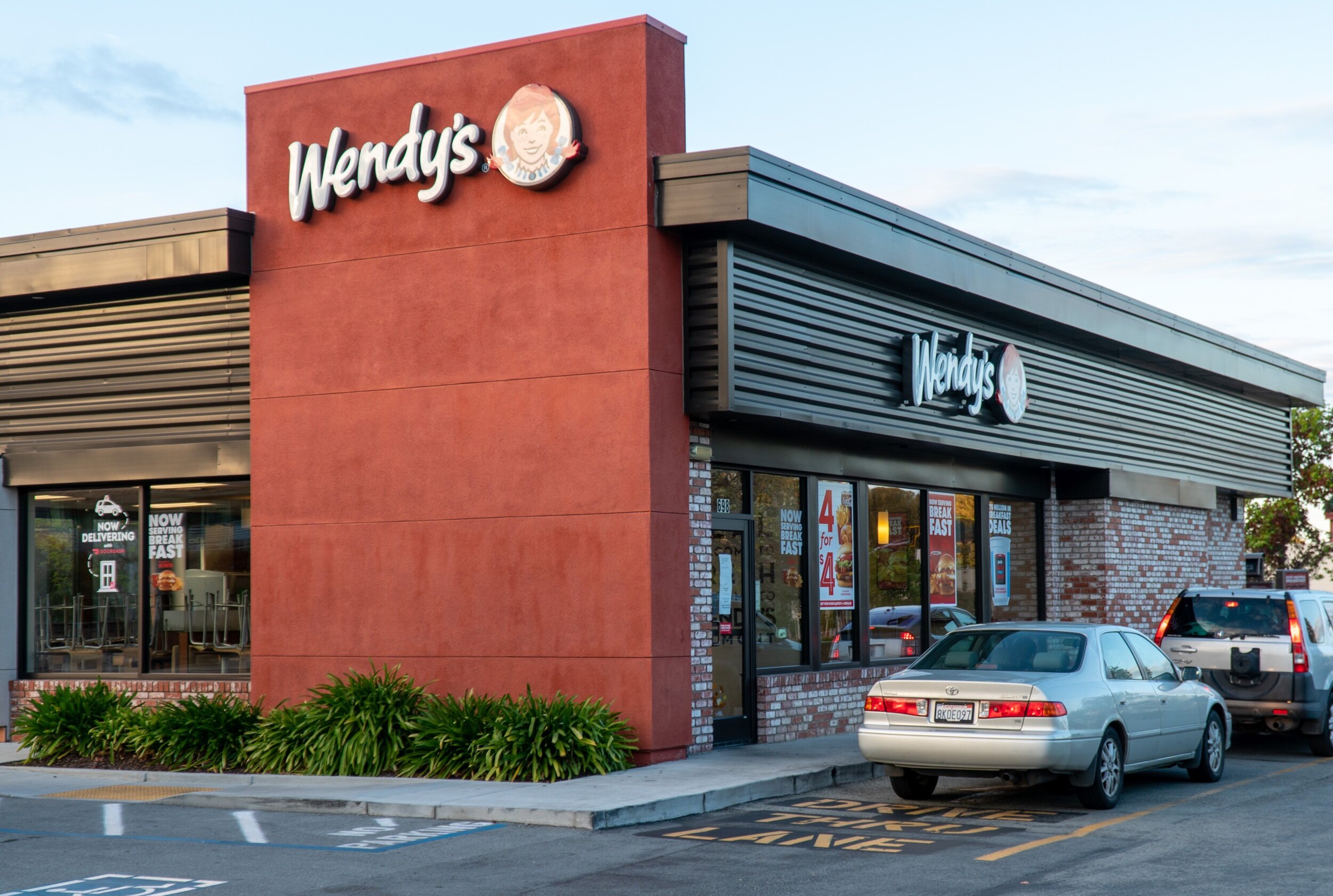
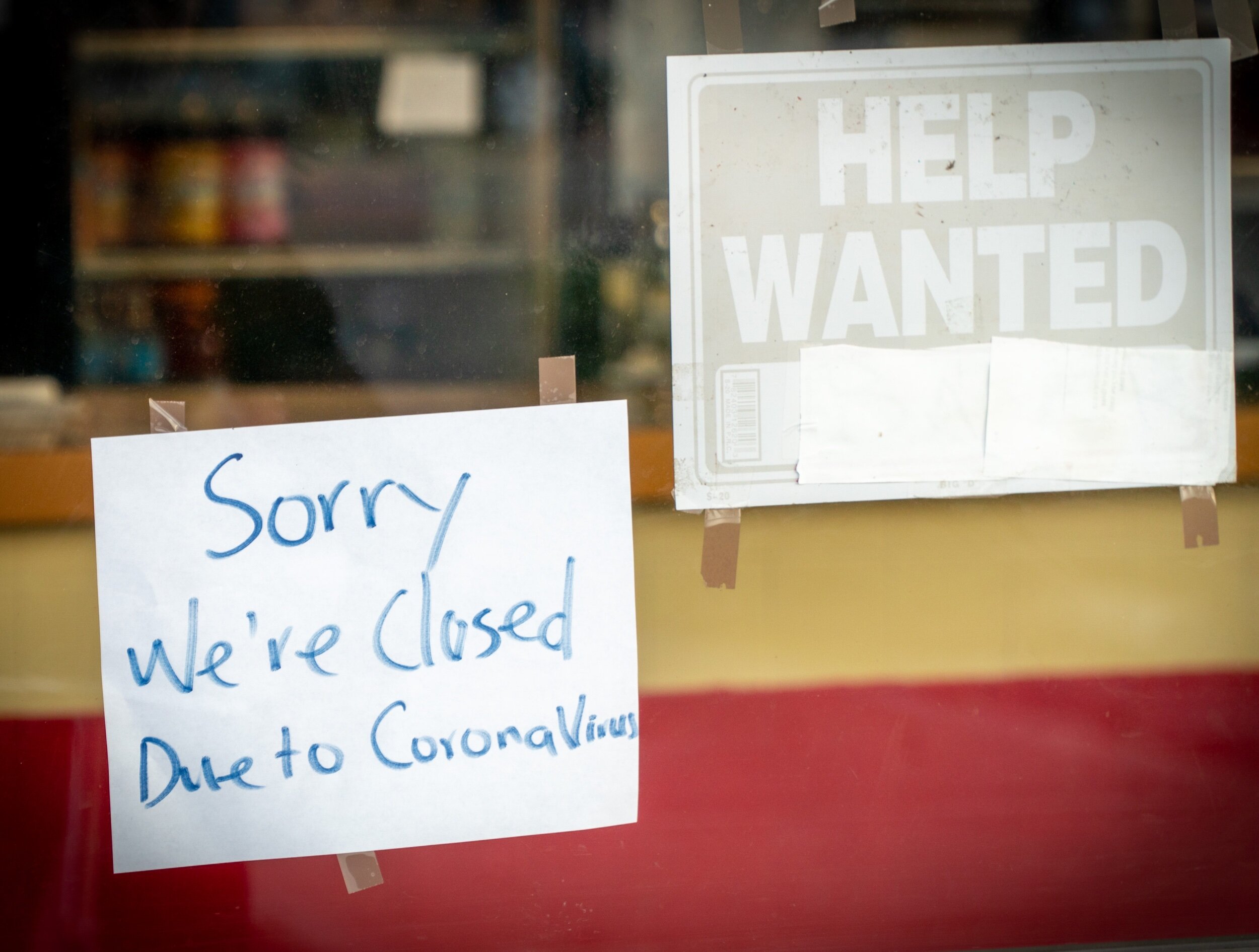
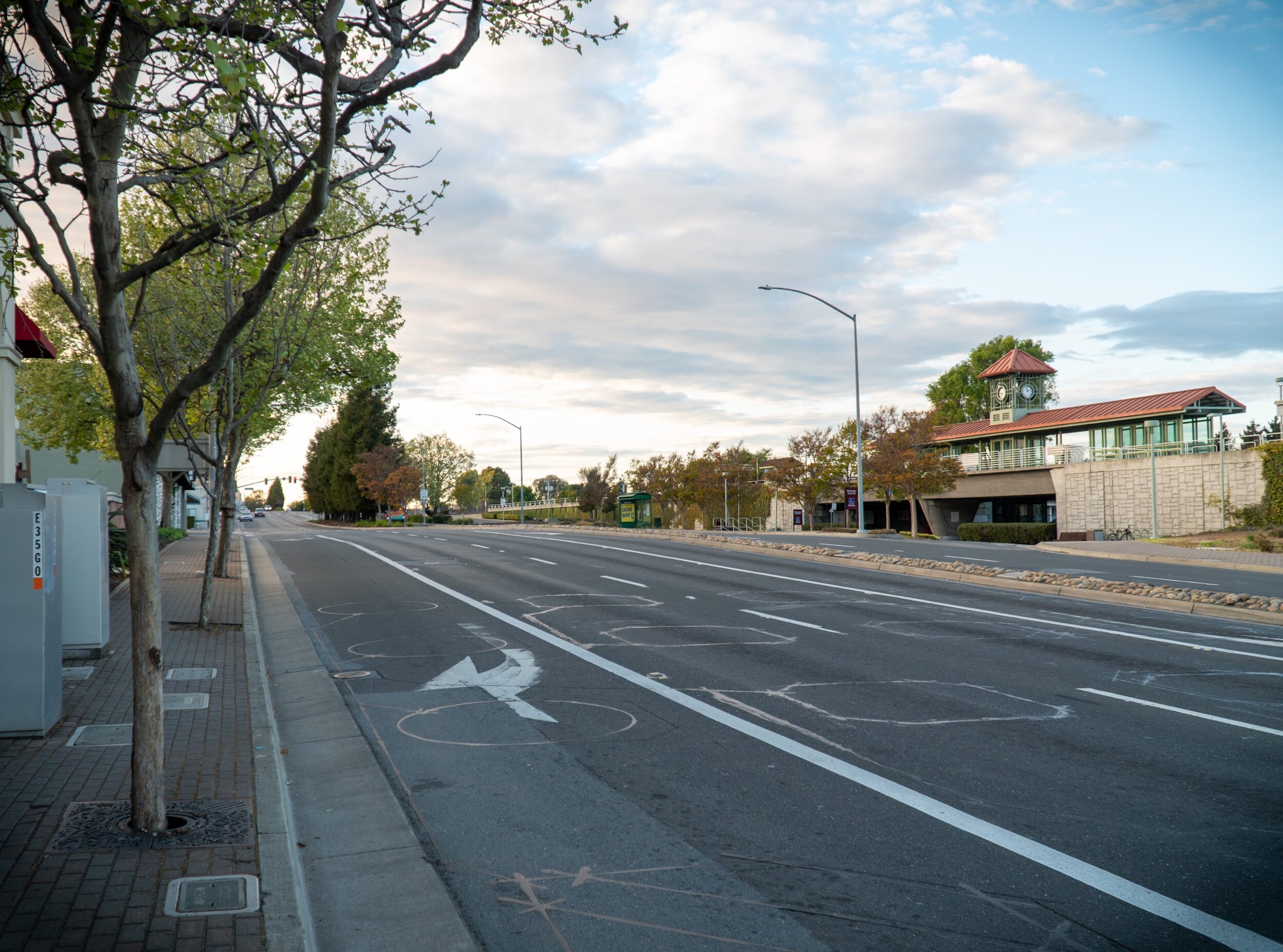
WFH
In my full-time gig, I do business development. Specifically, I help organizations (Corporations, Foundations, Institutions) collaborate in ways that help humanity’s most vulnerable - the poor, starving students, and (in a previous role) the homeless, etc. I feel blessed to do the work that I do. And particularly blessed to do it with the people with whom I work. So, when my organization evoked a mandatory work from home policy the first week of March, I did so with mixed emotions. I already work a day or two a week from home anyway, and (since my role involves writing appeals, proposals, concept notes, and white papers) the ability to sit quietly without distractions is critical. But, being completely isolated from my colleagues is a whole other story. And, it has been hard. I truly respect and appreciate the people I work with and I enjoy our dynamic-strained though it may be at times. I feel fortunate to spend time with such smart, dedicated, conscientious, and productive people. So, working from home full-time has been a bit of a challenge. But it’s had its positives as well.
For example, a few weeks into my experience of WFH I noticed that the little things that would usually frustrate me about my colleagues were less intense. It took me a while to realize it, but it eventually occurred to me that it was because I was seeing into their lives for the first time. Their children were on our conference calls, their pets were walking in the background, or barking at the UPS driver. Through their screens, I was able to see their homes, check out their interior decorating, and appreciate their architecture. Moreover, if they used Zoom’s Virtual Background feature, I was able to see their passions, where they vacationed and was able to get a glimpse into their moods. In other words, the barriers that we unconsciously construct to keep our work lives and our home lives separate were crossed, and as a result more of what makes my colleague's people is coming across. And, for me, as a devout humanitarian, I find it alluring. Not in a romantic way, but in a way that makes them more human, more vulnerable, and in some way more likable. WFH has allowed me to share more of who I am with my colleagues (without saying a word) while also getting a glimpse of what matters most to them.
An unexpected side effect of the WFH phenomenon is virtualization; especially virtual happy hours. I didn’t think that I would like them. As a matter of fact the first one I attended quickly descended into an online version of Dinner for Schmucks, with the attendees sharing inappropriate musings and drinking excessively, and I left after ten minutes. But, since then I’ve held meetups with my siblings where we watched movies together (Netflix Party) and played Smash Bro’s (Switch Online), I’ve had a book club on Zoom, and drank refreshments with my good friends while reminiscing about old times over WebEx. It isn’t ideal, and it doesn’t replace the feeling of seeing a dear friend and sharing a story over a drink and appetizers, but it’s as close as you can get in the age of COVID-19.
Chalk the Walk and San Mateo County Park Closures
Soon after the pandemic hit the Bay Area, and we were ordered to shelter in place, our neighbors began decorating the sidewalks in front of their homes with inspirational sayings and fun games to brighten the days of the young children (who were now all out of school) as their desperate parents tried to improvise things for them to do. It was a clever and resilient response to the mandated closure of all neighborhood parks and open spaces by the San Mateo County authorities. But, if I’m honest, the sight of unused and cordoned off play structures in our neighborhood park, gates and chains at our local trailhead, and tent signs blocking access to streams and play areas is a painful reminder of the lengths our country is taking to prevent the spread of this virus. Silently walking past these parks now stands in stark contrast to the sounds of laughter that would be emanating from them just two short months ago. It’s like we’ve wandered onto the set of a documentary on the towns abandoned after the Chernobyl nuclear disaster, where it looks like whole towns just left without taking the time to pack...
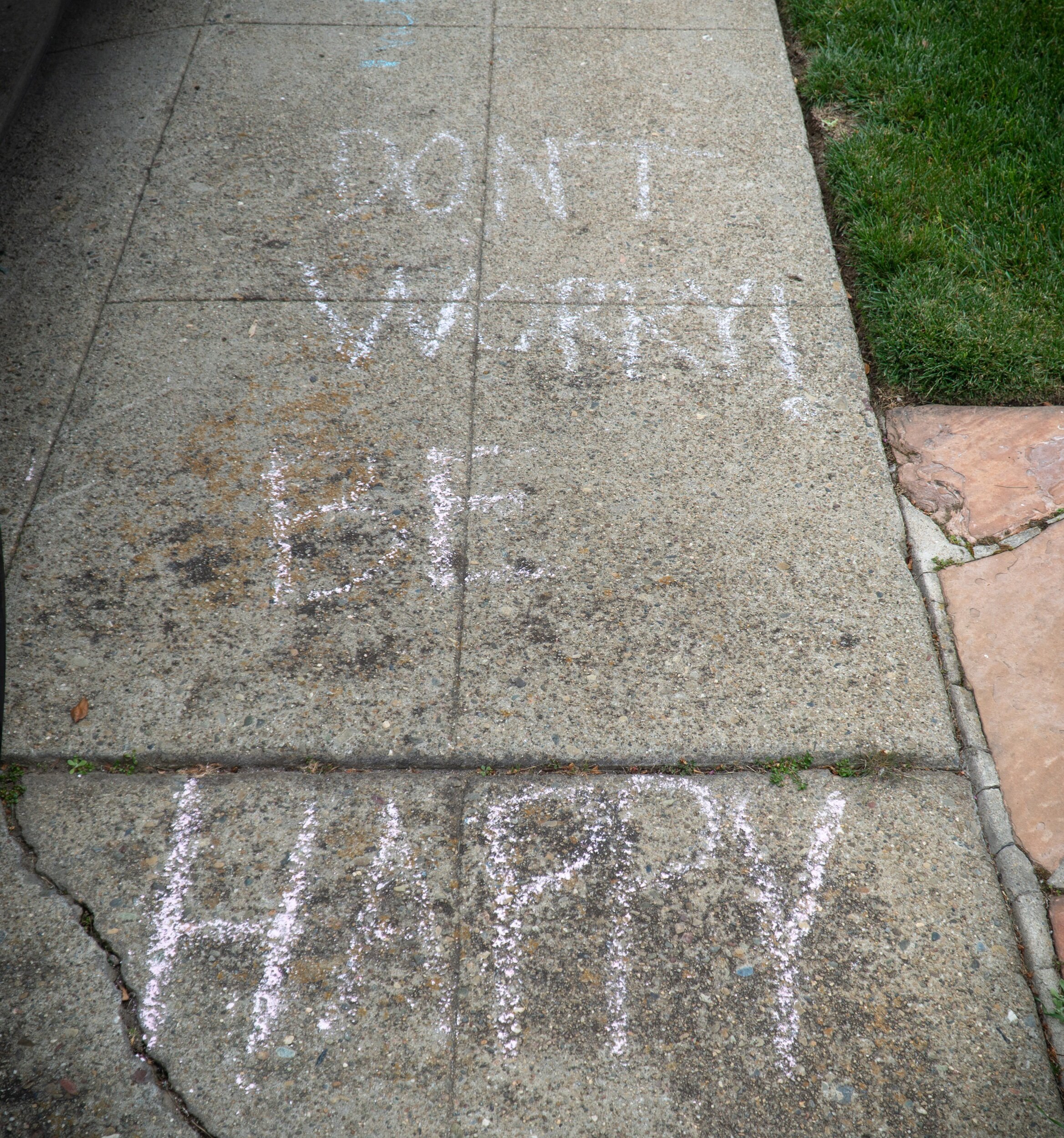
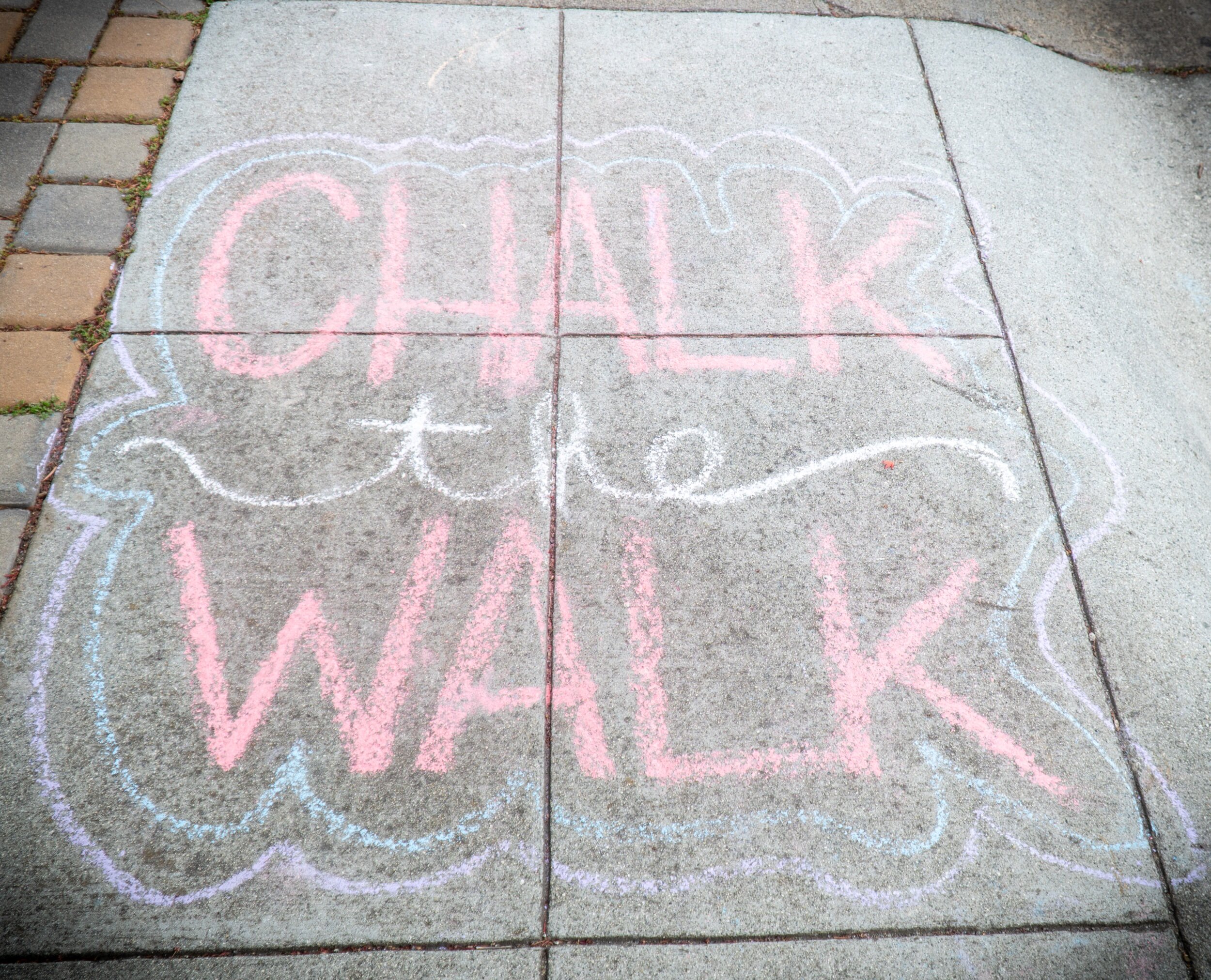

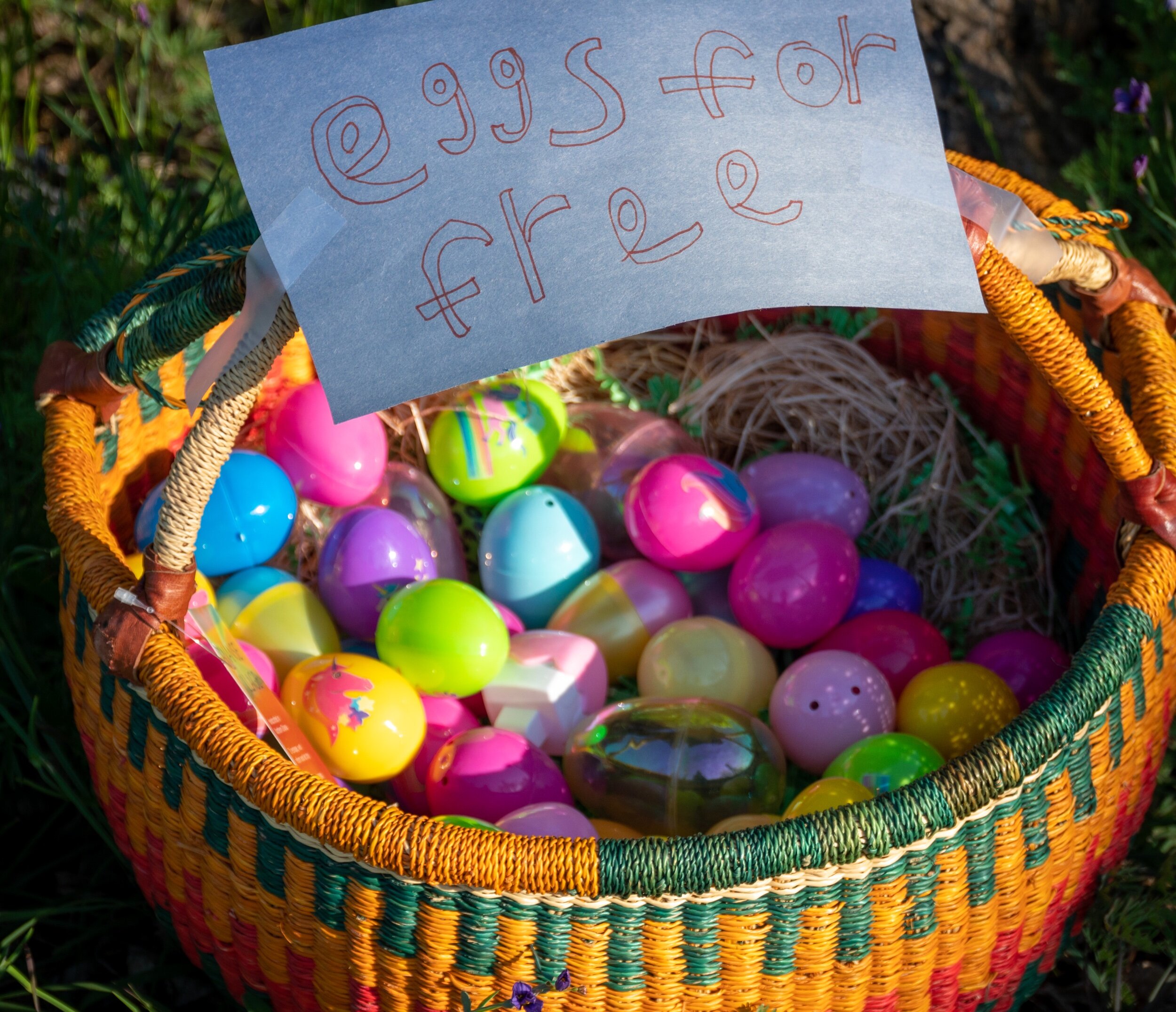

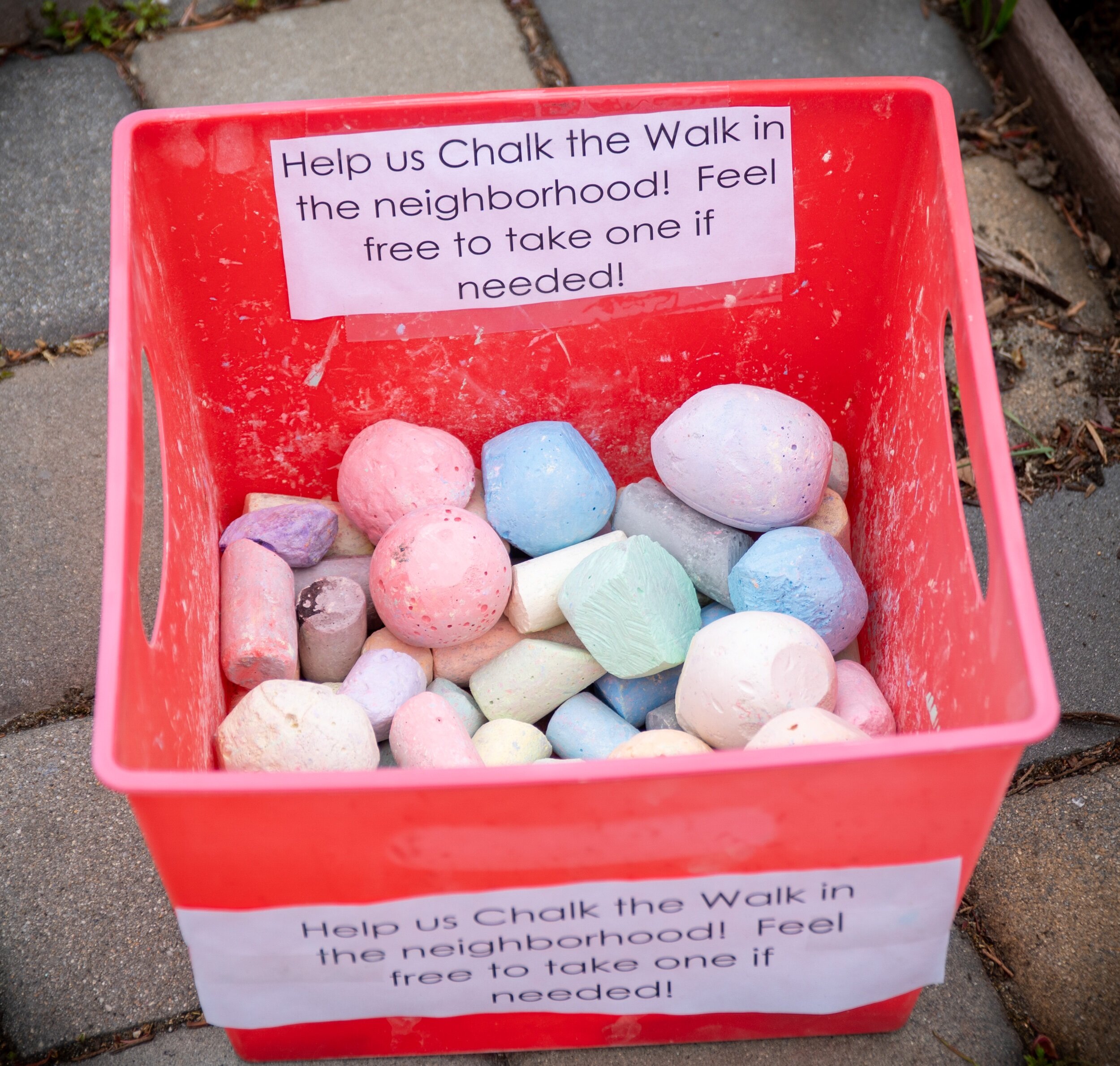
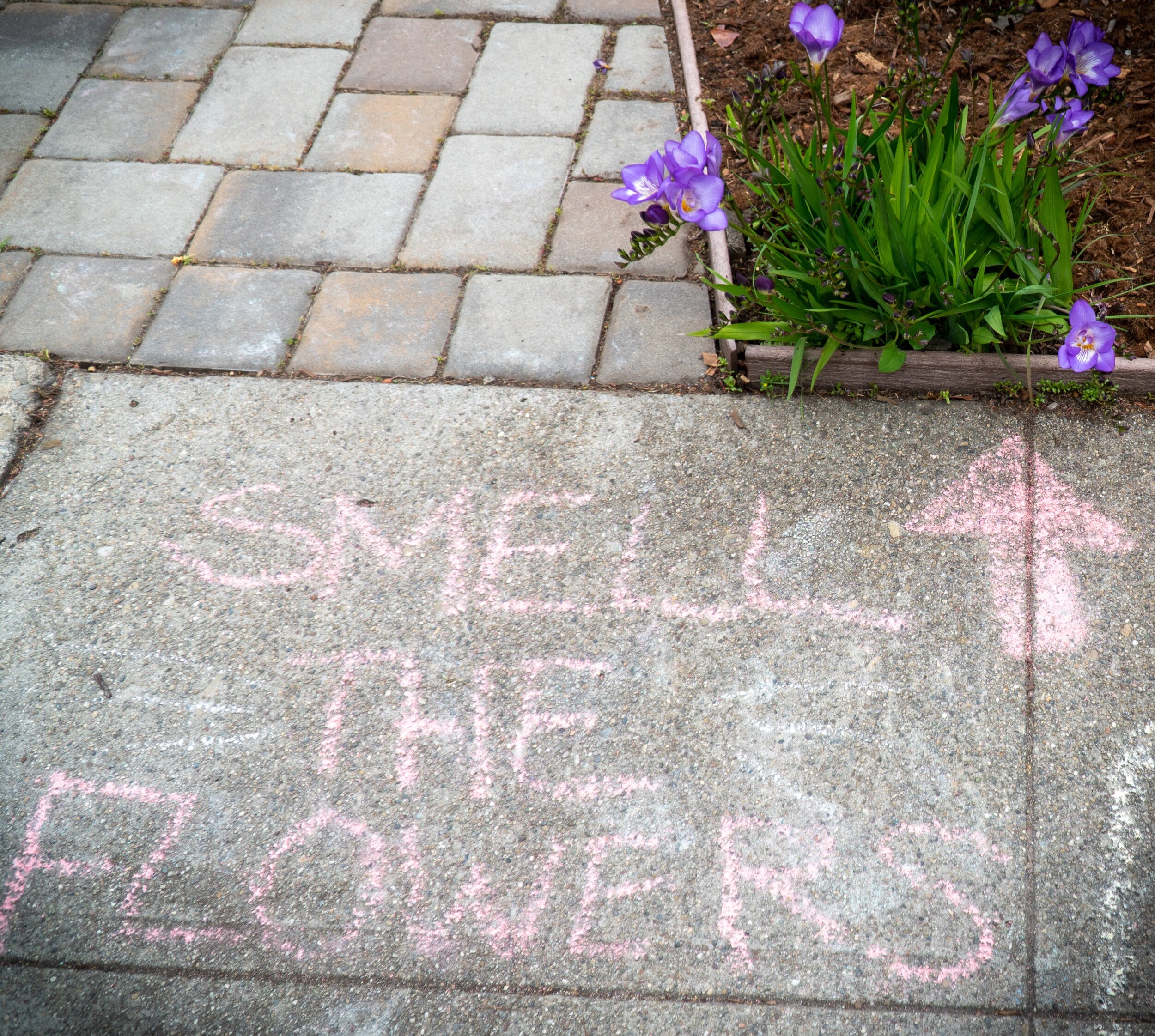
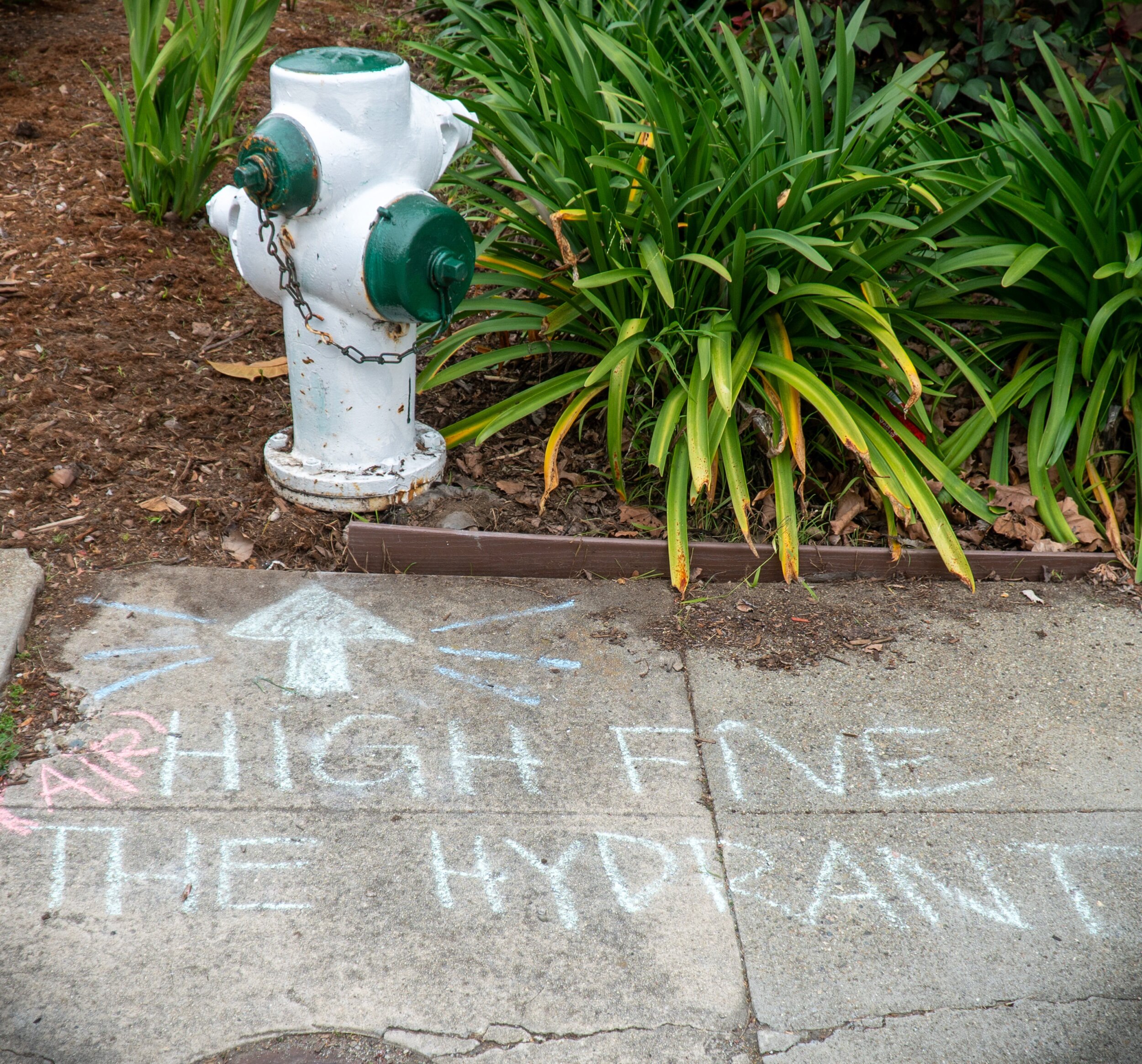
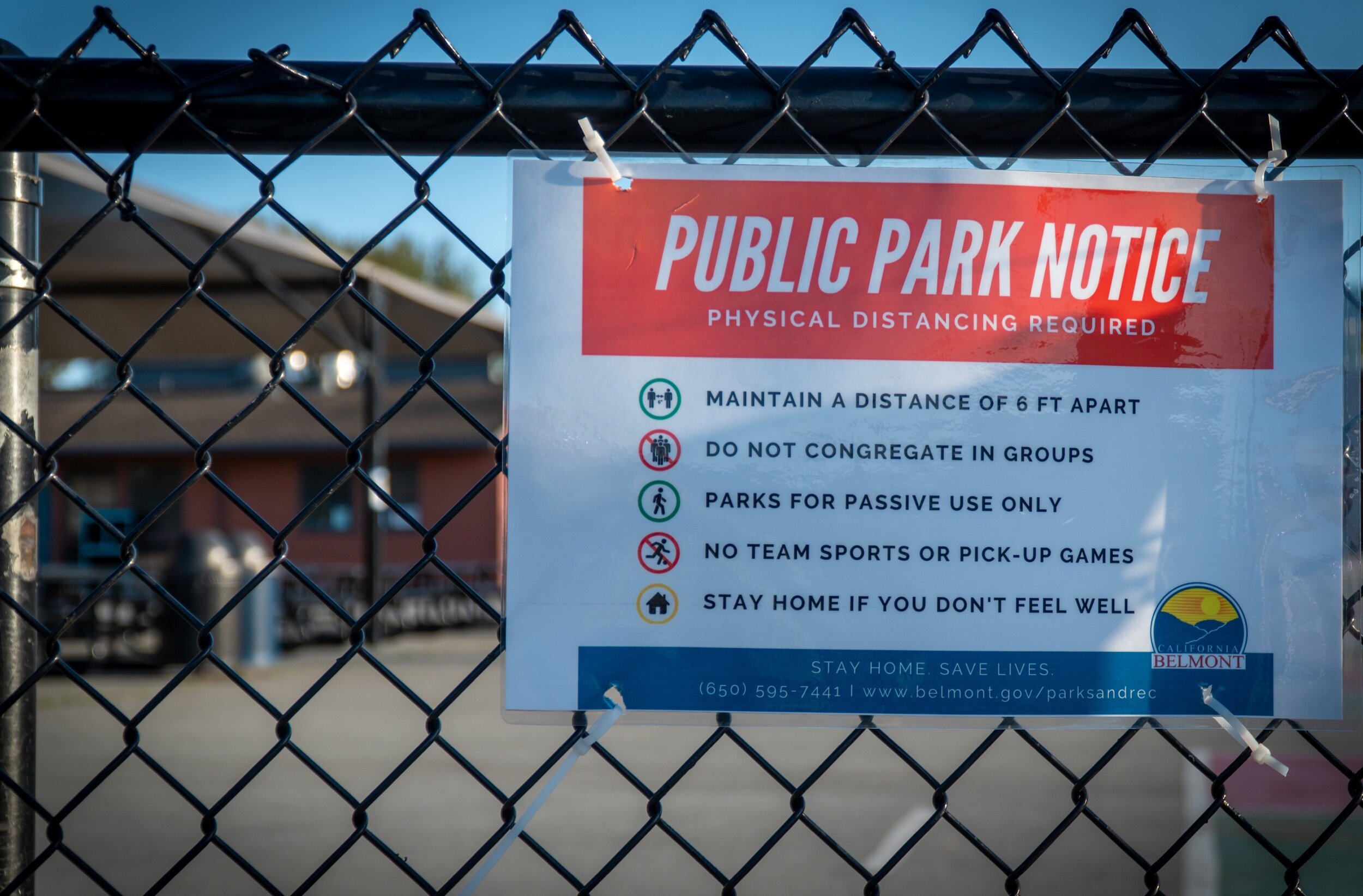

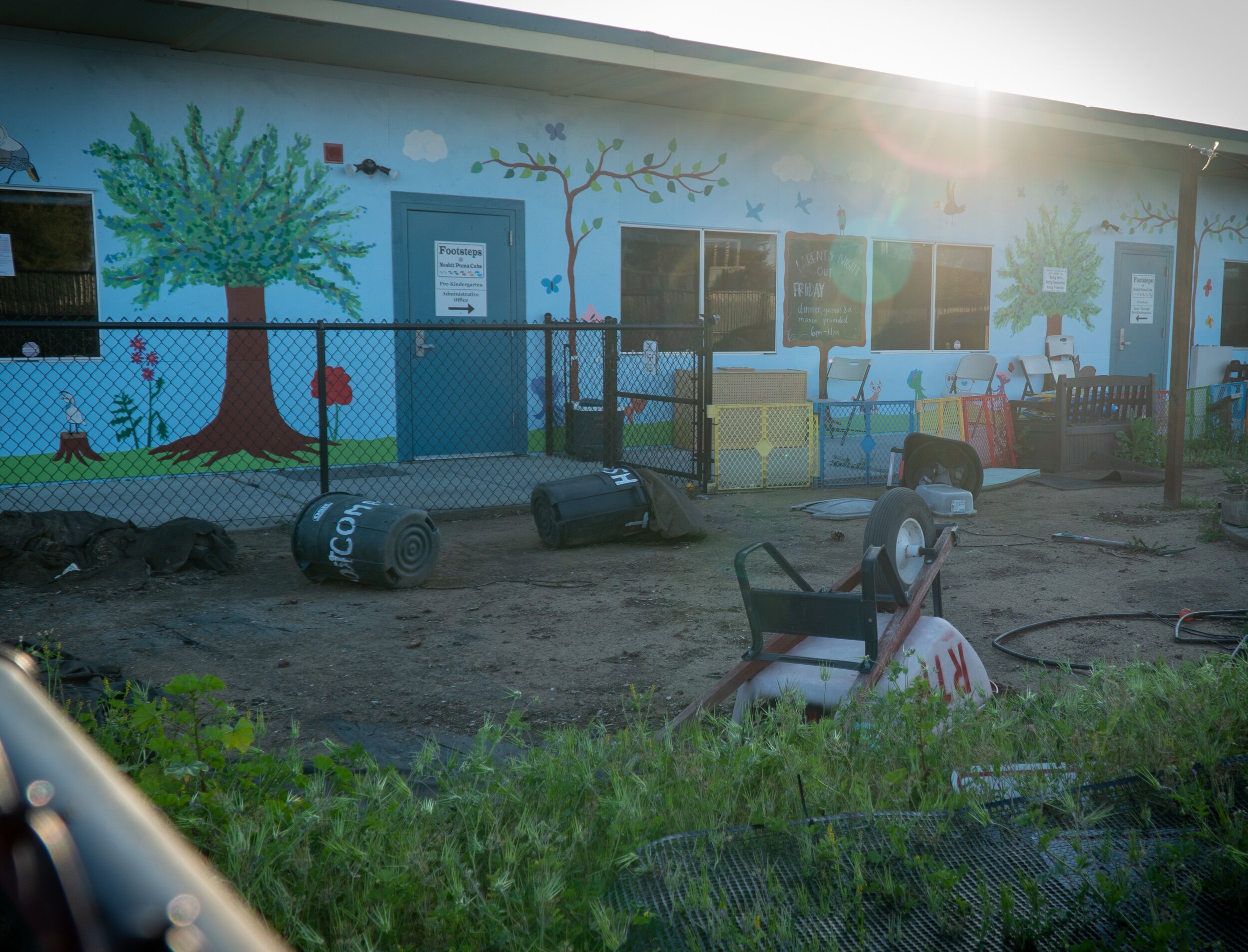
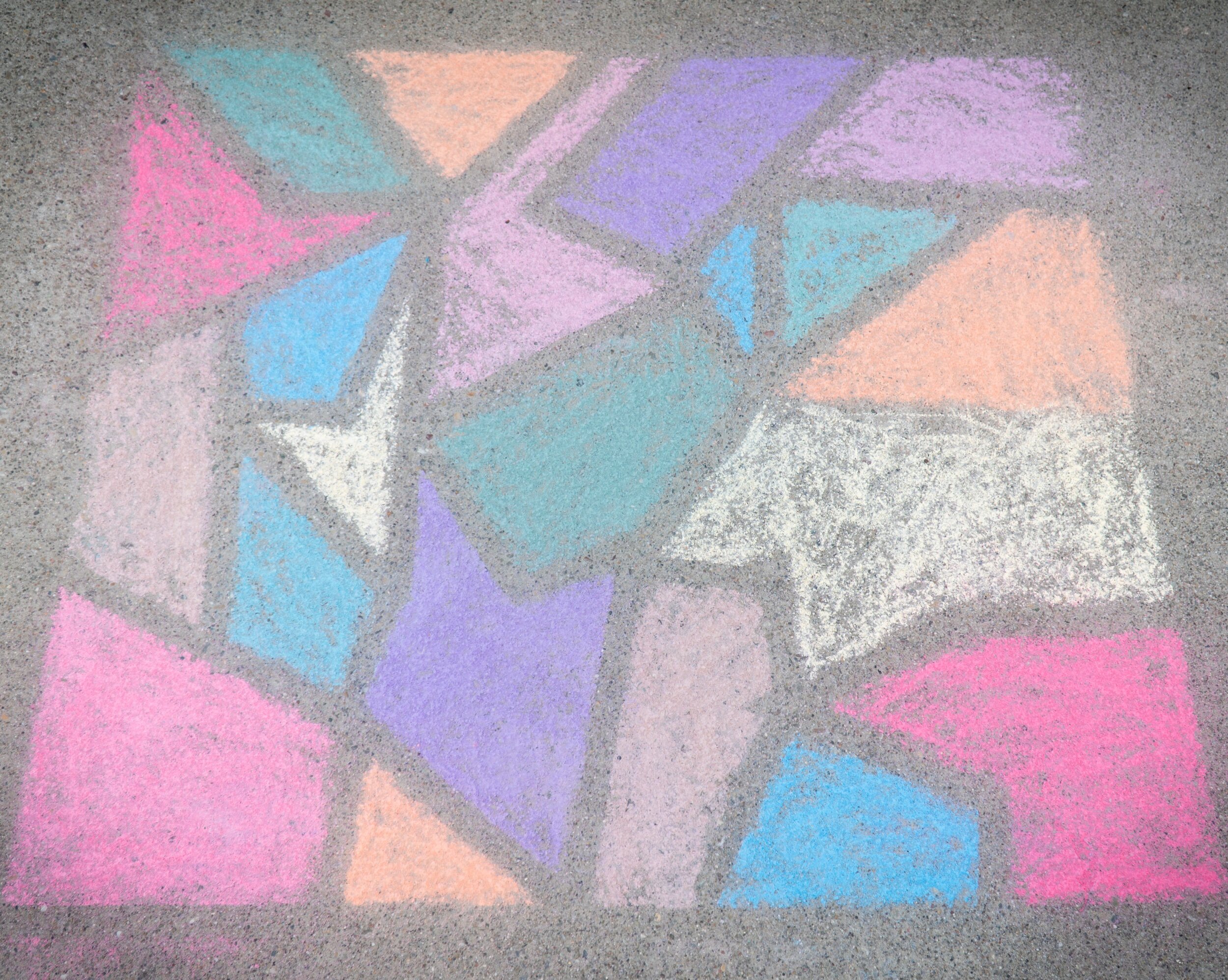
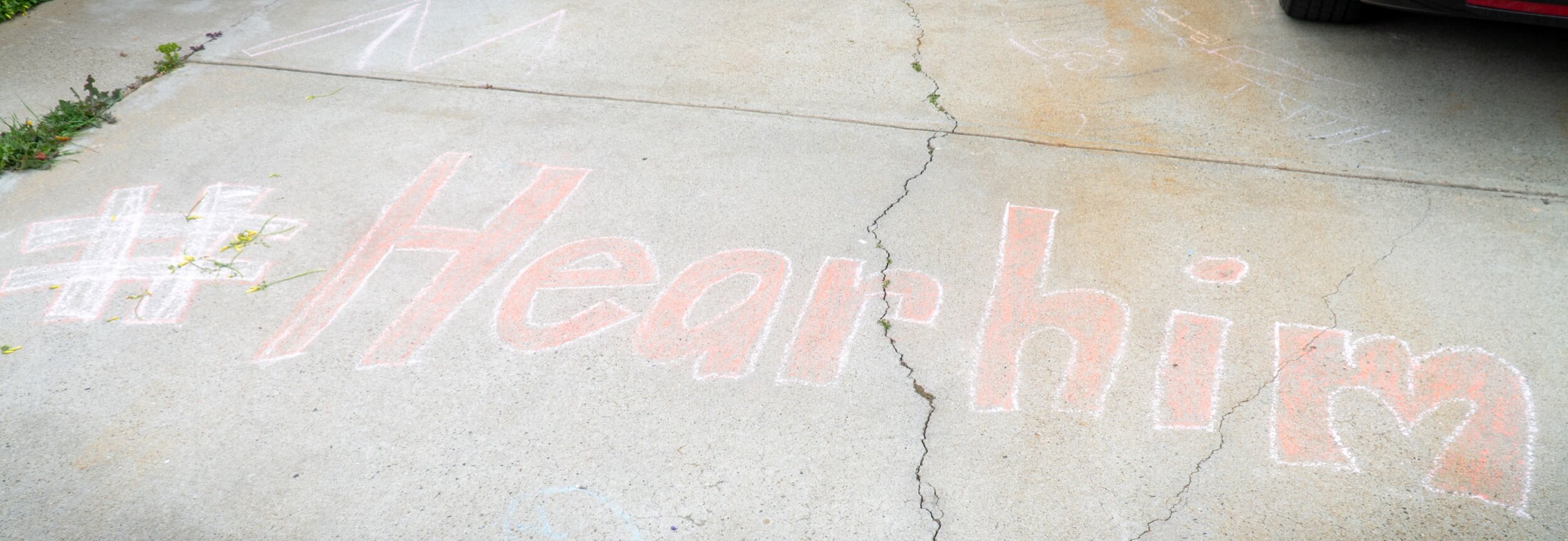
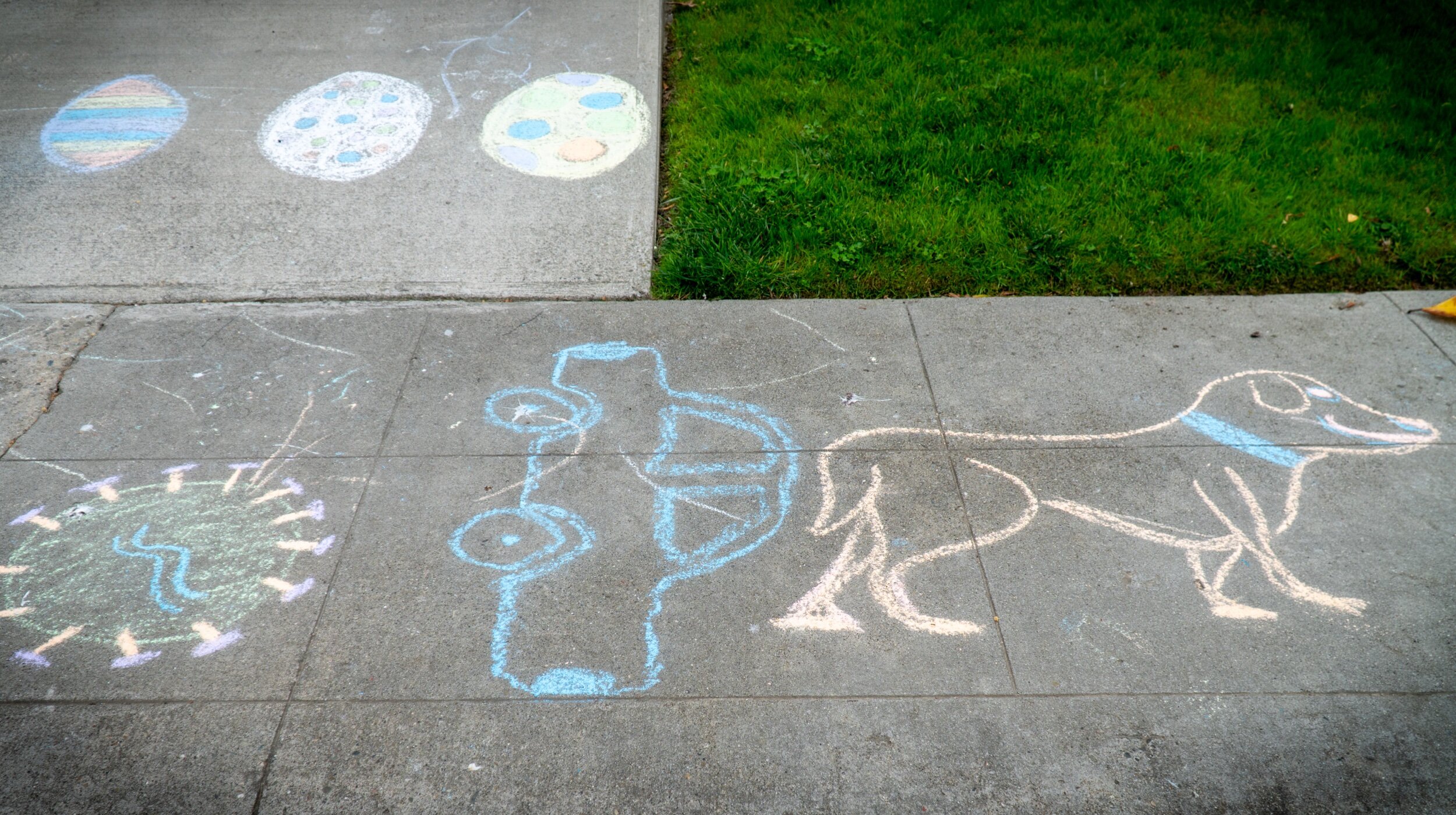
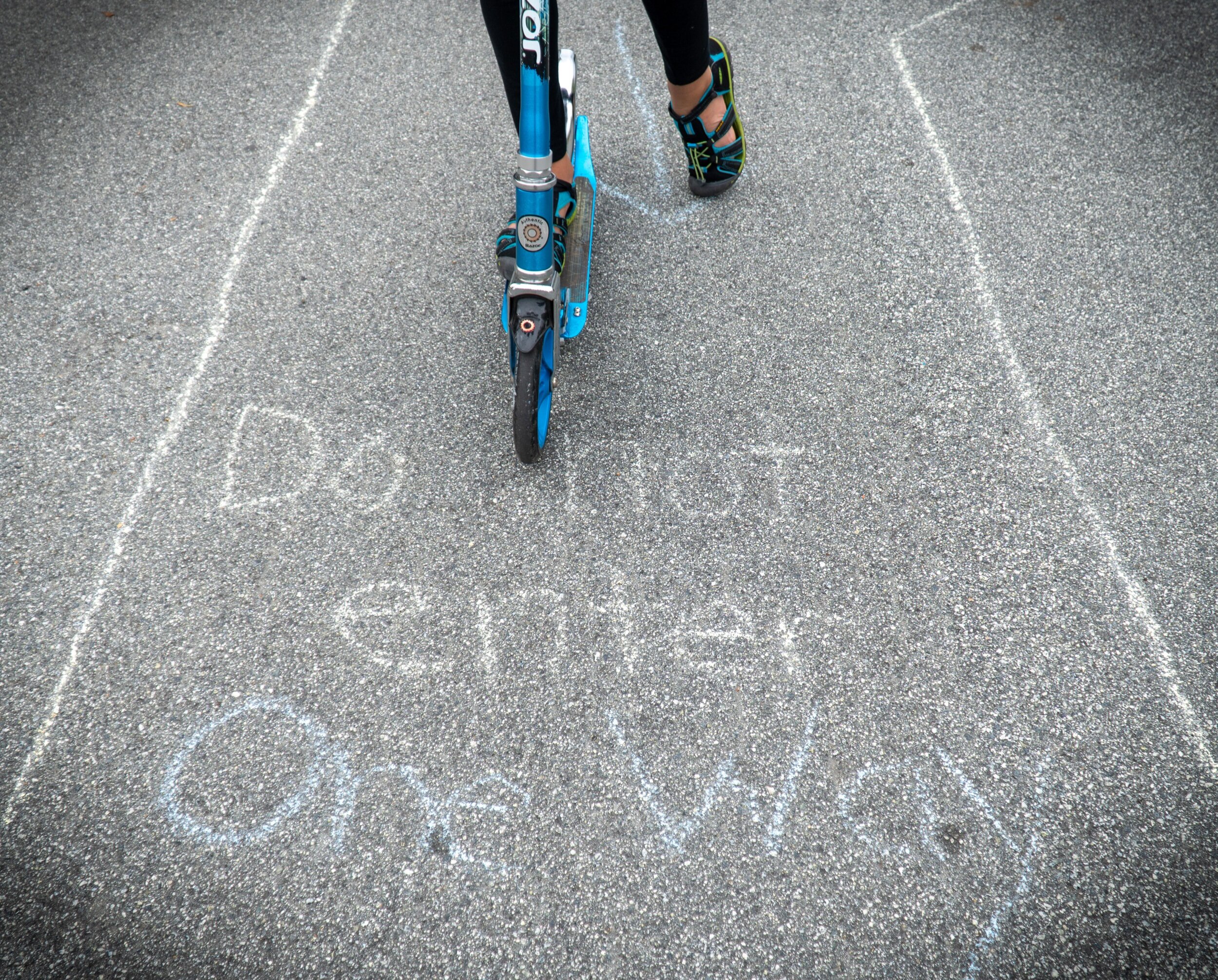

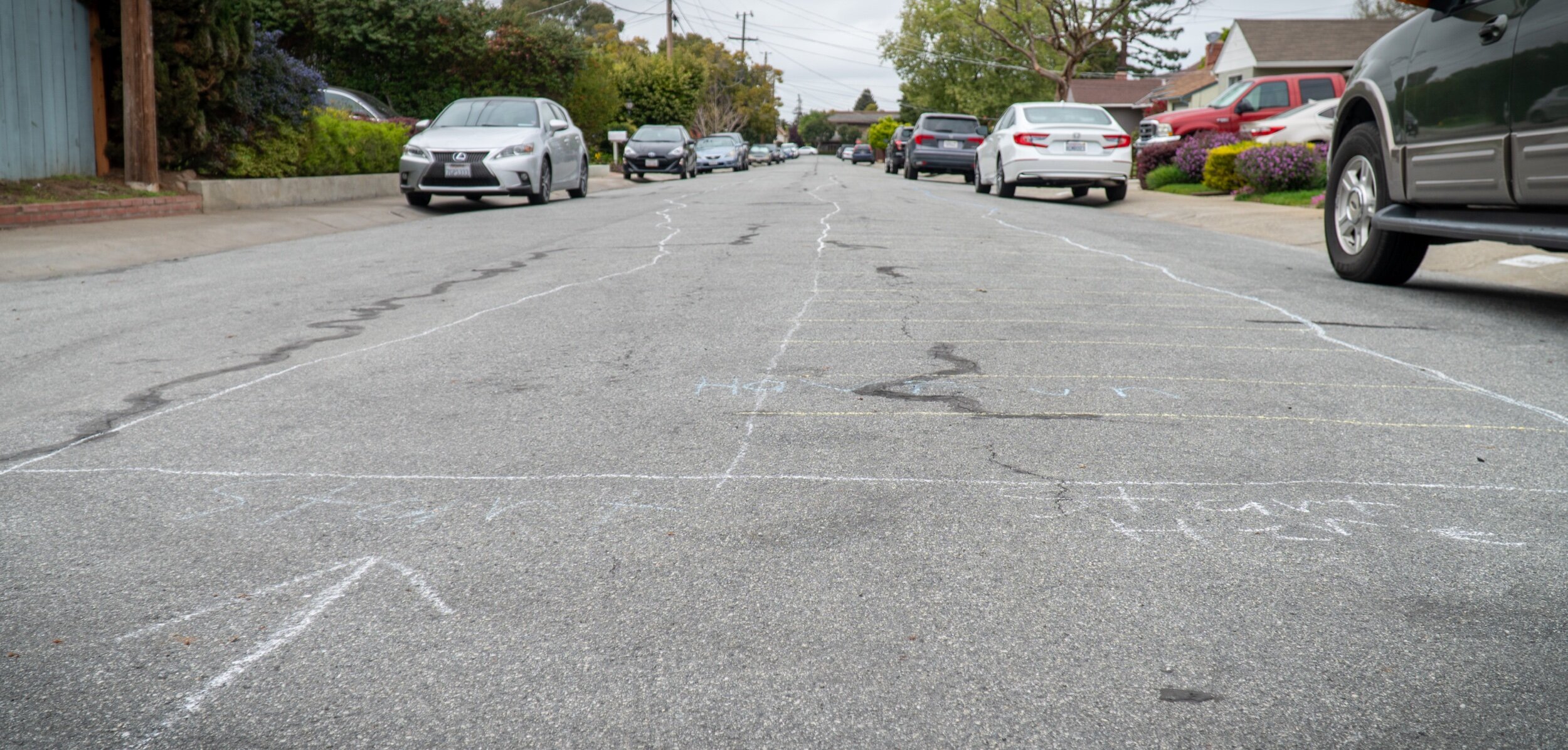
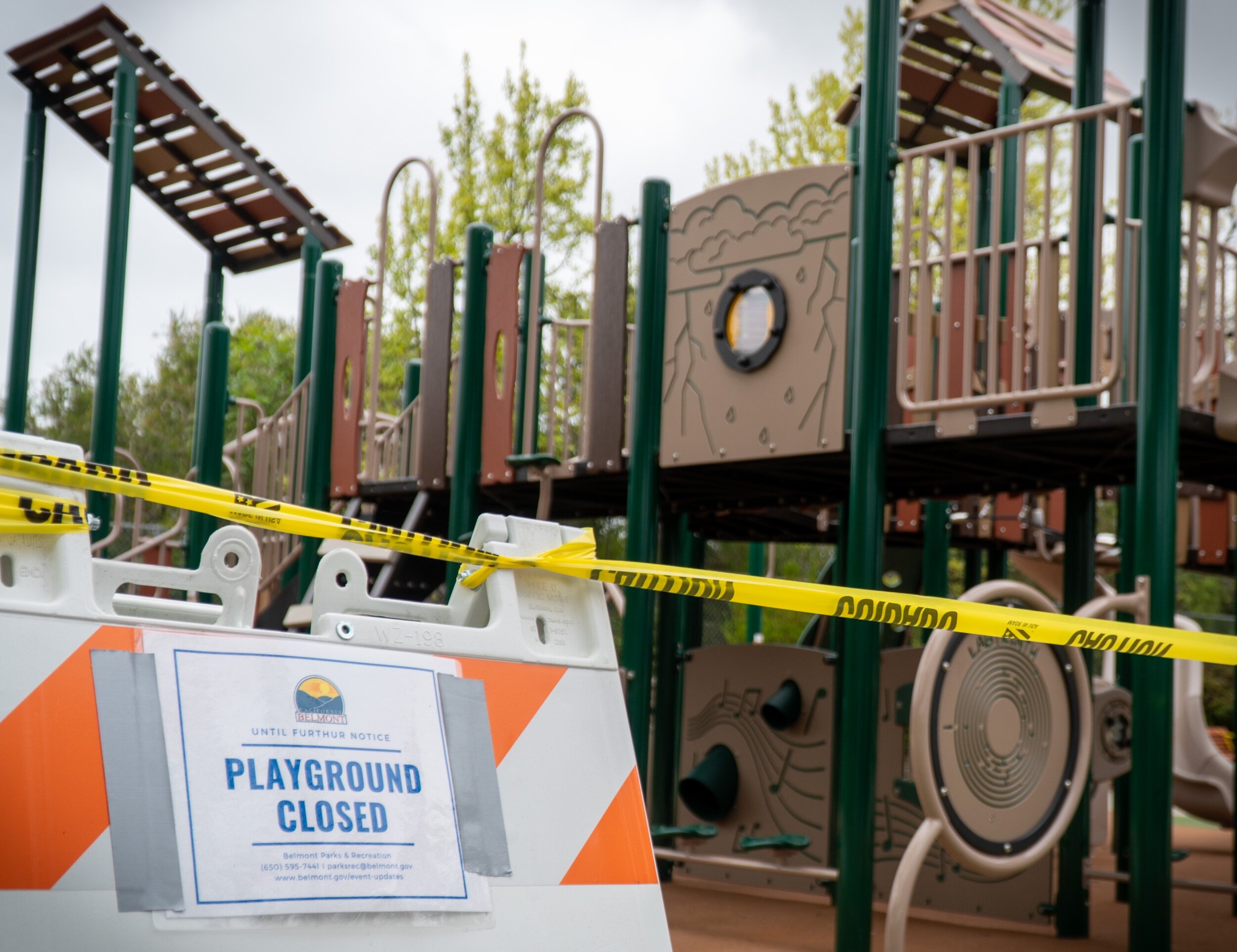
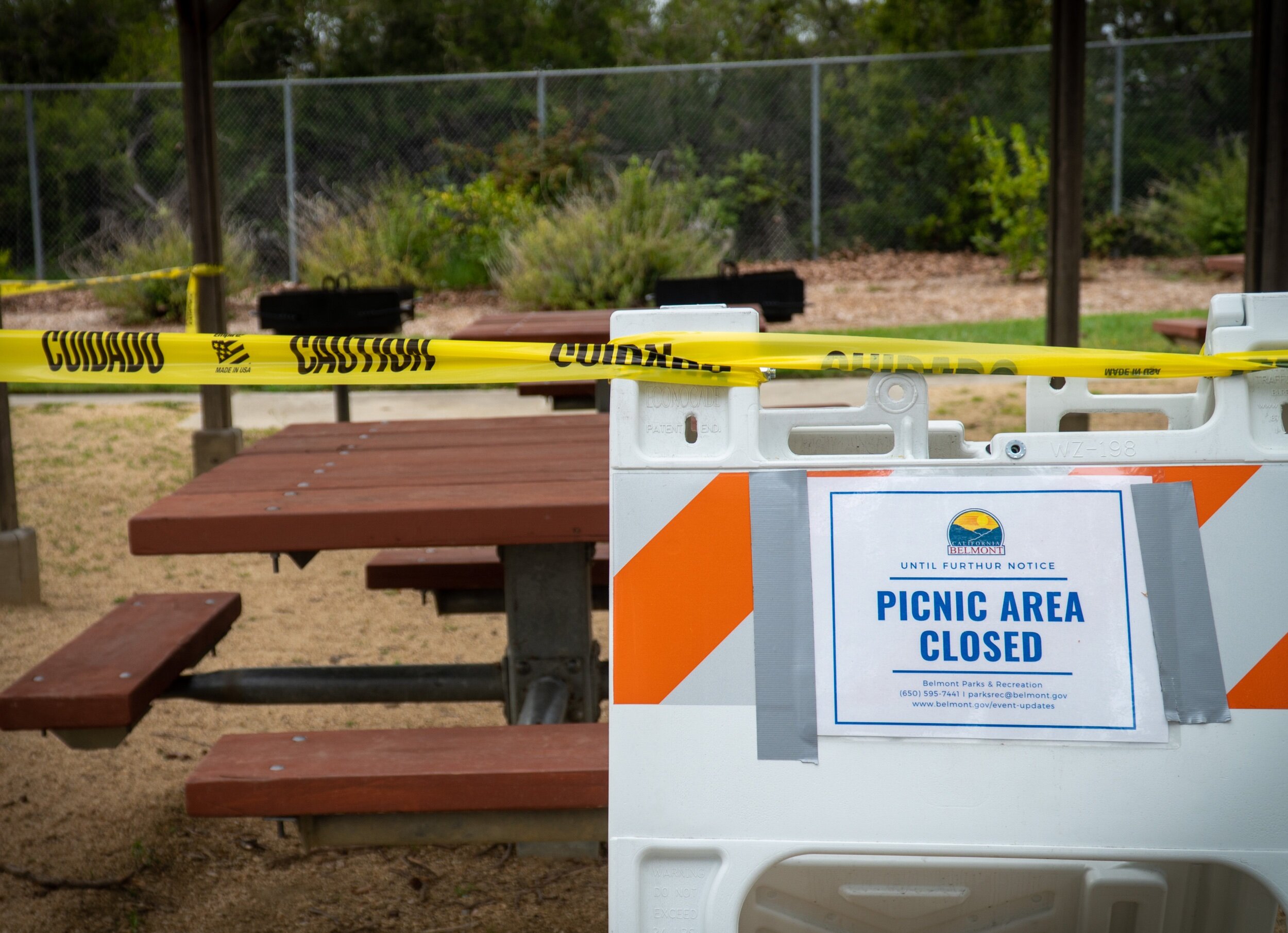
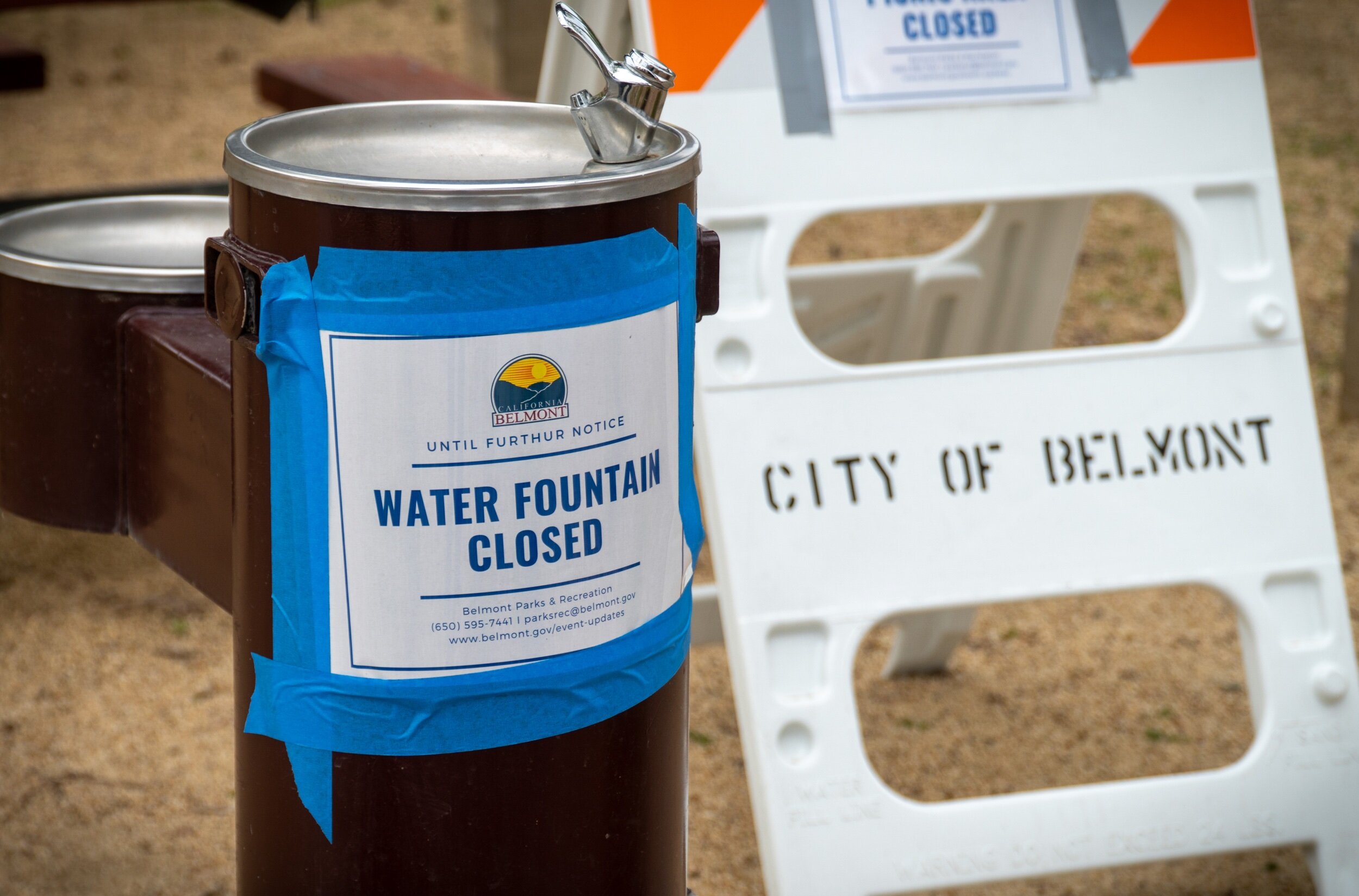
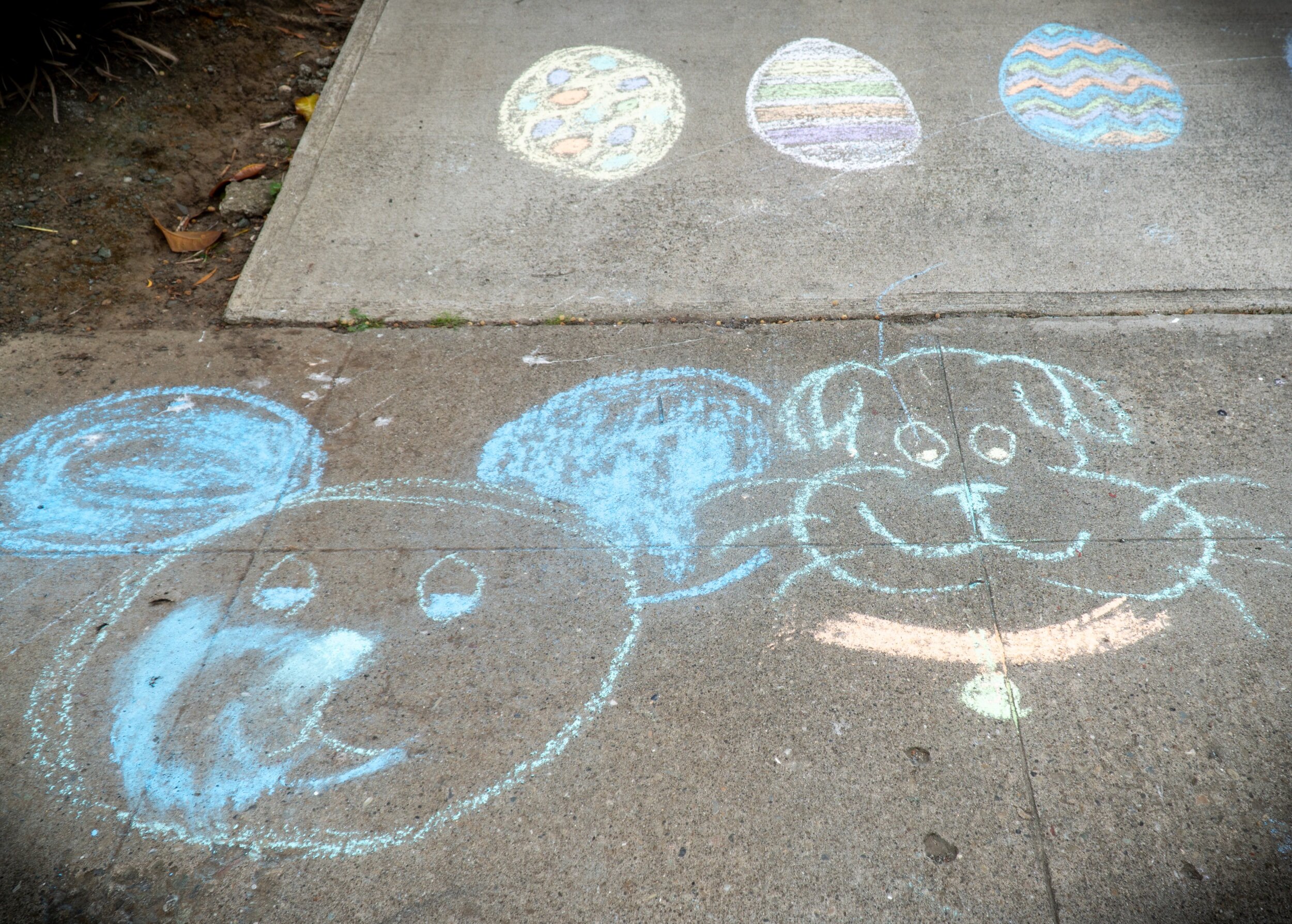
“Porchtraits”
A year ago this week I was in Santa Fe, New Mexico studying portrait photography at a week-long immersive workshop at the famed Santa Fe Workshops Photography Studios. It was a fantastic fiftieth birthday present from my wife, Gina. I had an amazing time learning from the instructors as well as the six other people in my class whose experience as photographers was extremely varied. There was the retiree whose wife was a professional photographer, the two Millenials who were professional set designers, and stagehands, the middle-aged woman who was in a career transition, the Latin mother from Santa Fe with dreams of becoming a professional photographer, who had earned a scholarship to attend the workshop, and Mark Kelly, from the Yukon. Mark had the distinction of having come farther than anyone else to our week’s training. That included individuals from Europe, Asia, and South America! Mark is a talented photographer and his high-key, photojournalistic style reminds me of the work of W. Eugene Smith, and his nuanced photo-essays of the people, life, and traditions of the North reminds me of the work of Henri Cartier-Bresson. You can check out his work on Instagram at @markkellyphotography. In March, Mark started posting pictures of people standing in their doorways or in their windows at home holding inspirational signs in response to the COVID-19 pandemic in his area. He called them “Porchtraits” and “Doortraits” and they immediately resonated with me. I wrote Mark to share that I was also going to begin taking pictures of my neighbors during the shelter in place order and that I’d post them on Instagram under #porchtraits. Here are a few of my favorites...
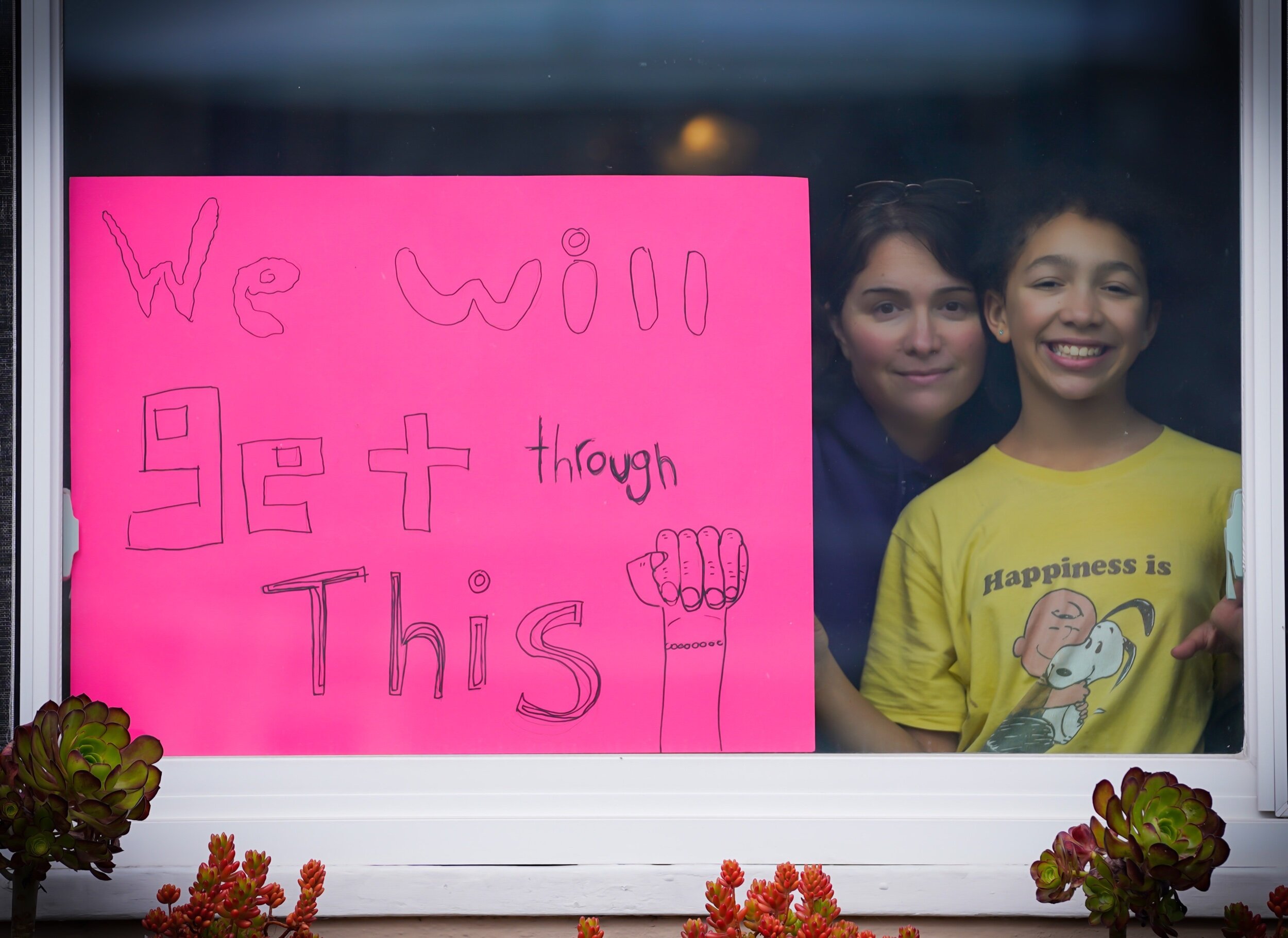
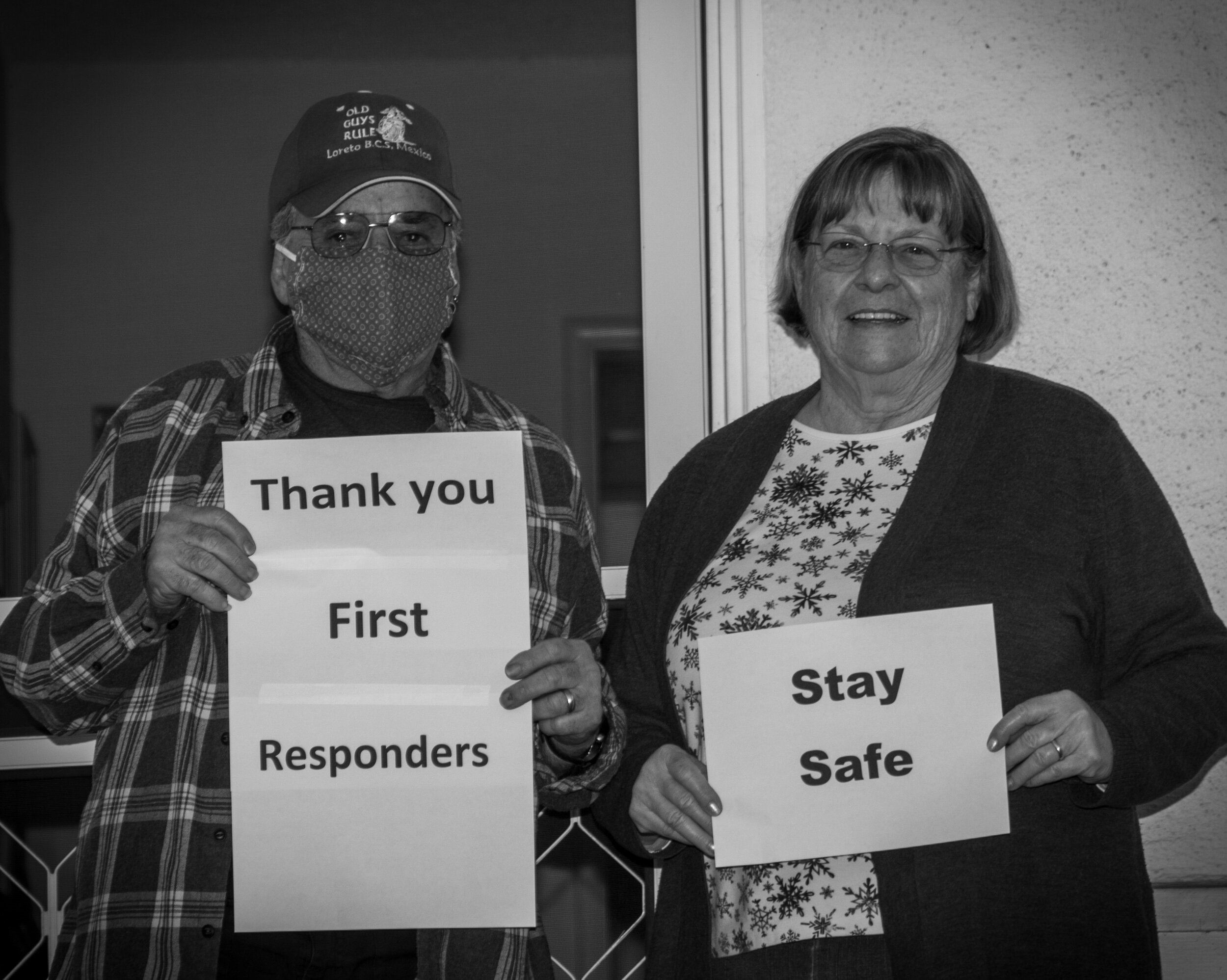

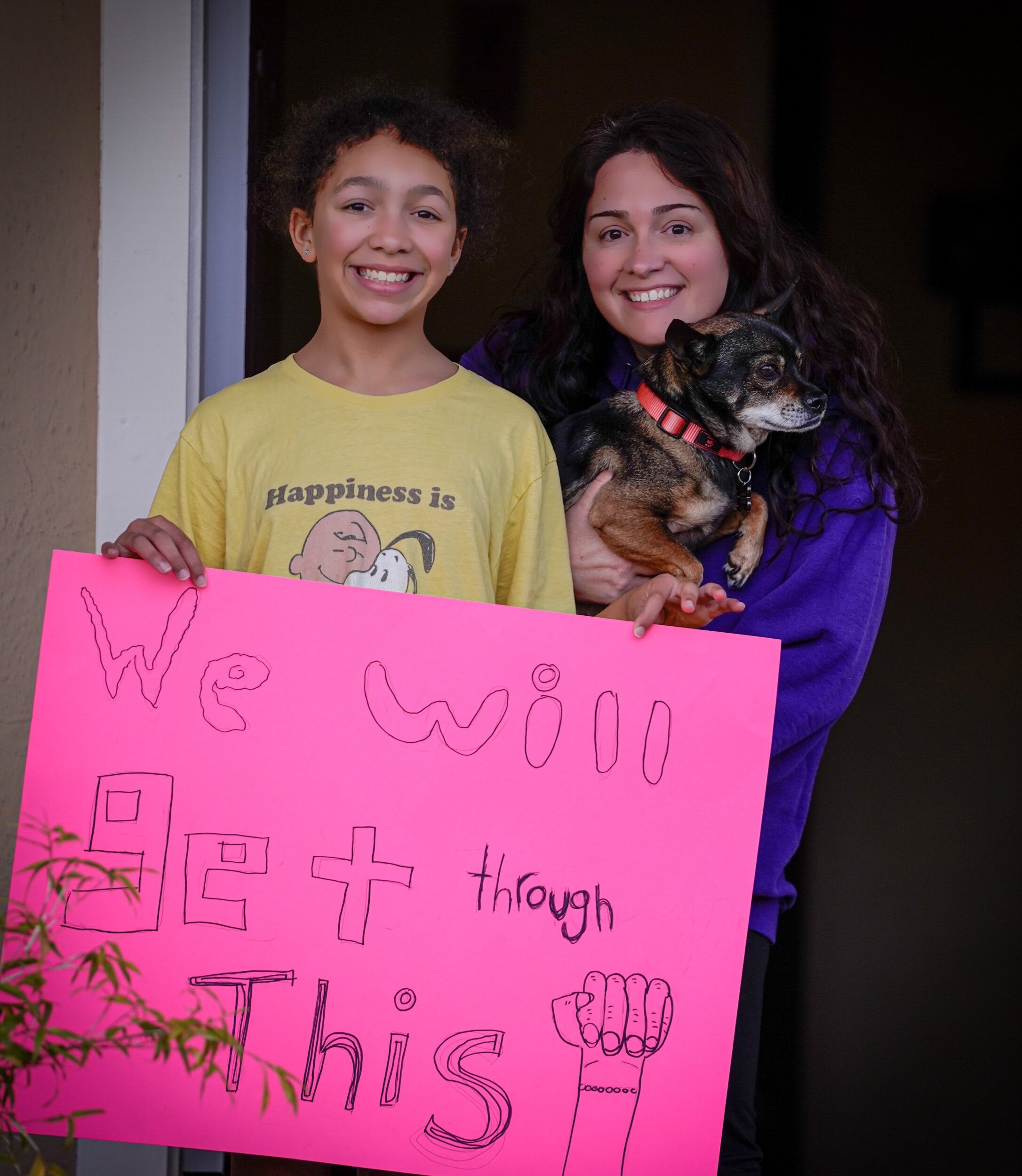
Eli (March 1 - 31st, 2020)
April: The New Normal
The Age of Coronavirus: Lunch Bunch, The Photoshoot, and Family Matters
Lunch Bunch
How quickly things change...My work is about relationships. As such, it matters to me how I treat the people I work with. I do my very best to treat my colleagues with the respect and appreciation that many people would reserve for a dear friend. It’s a way of being that I’ve honed through years of professional relationships - some successful, some failed. But, I attribute it to the two years I spent doing international business development in Europe. The French, in particular, taught me the importance of taking the time to really get to know the people with whom you work. My French colleagues and I shared book recommendations, spent the night at each other’s houses, and often spent long hours late into the night talking about art, love, and life. It wasn’t until we had established a foundation of knowing and regard that we were then able to really begin our work together. By comparison, I worked with the British, had a British girlfriend, and spent about 75% of my time in London, and only ever went to dinner at a colleagues house once — and that colleague happened to also be an American ex-pat living and working in Europe.
As a result of my experience with the French, I often maintain friendships with my colleagues long after we no longer work together. We call each other on our birthdays, we get together for meals and discuss our work and our passions. So, when two of my former colleagues reached out to make plans for lunch, it was totally natural for us to do so.
My former colleague, Sarah, is from India and is vegetarian so we met up at one of our old haunts in Palo Alto. A trendy Jamaican restaurant named Coconuts - Sarah ordered the Jerk Tofu.
My former colleague Rebecca is a Taiwanese-American omnivore, and is super food conscious, so we met a few days later at Amber India in Los Altos for their amazing lunch time buffet.
During my chats with colleagues we often start out by talking about work; then reminiscing about former colleagues - sharing updates on who is working where now; we share anecdotes about our respective families’; our challenges with the many competing interests that demand our time as members of the sandwich generation; our politics (e.g. what hyper-partisans or nationalists in the Midwest and South of the US (my people), or Taiwan, or India are stirring up, etc.); and then we usually wrap up by figuring out when we are next going to meet up; bagging our left-overs; hugging goodbye; and texting how nice it was to see one another as we return to our respective offices.
For the record, Sarah, Rebecca, and I knew about the cruise ship that was sailing the California Coast desperately seeking a port of entry that would allow it to dock to treat (and quarantine) the growing number of passengers onboard who were suffering and dying from coronavirus by the time we had our respective lunch meetups. By this time, most of California already knew enough about that situation to be at least somewhat concerned about what would happen if someone disembarked from that ship and disappeared into San Francisco, or Oakland. At this point in time, the possibility of this happening was no longer subconscious. Each of us was at least some degree aware of the threat of coronavirus and we were processing it in some way.
For example, as we reminisced during lunch I became aware at some point that something about that ship and coronavirus was at work in our dynamic. Because although we still shared stories of life and work, politics and family there was something in our interactions that kept us further apart. It wasn’t necessarily explicit, as the coronavirus only really came up a few times through anecdotes about invasive customs rituals and belligerent shoppers who were hoarding toilet tissue, but there was a distance between us. It wasn’t totally obvious to us at the time but our behavior had changed. Before lunch, Sarah washed her hands, and again excused herself to do so after. Same with Rebecca. And when Rebecca and I left the buffet, I used my scarf to open the door of the restaurant. After I walked her to her car, instead of a hug, or a high-five I gave her an elbow bump, sharing that this is what all of the ‘cool kids’ are doing these days. I can’t exactly put my finger on when it happened but indeed, things had begun to change.
The Photo Shoot
As I mentioned in my previous blog posts, my daughter is a competitive gymnast. She adores the sport and is dedicated to the discipline and practice that mastery of it requires. As a matter of fact, she spends between 18 and 20 hours a week at the gym honing and refining the skills she needs to be successful. And, as a result, she can do remarkable things. My wife and I support her by shuttling her and (on occasion) her teammates to events, to competitions, to practice, and to sleep-overs at each other’s houses. In spite of the nature of their sport, where kids compete against each other every week to stand on the top step of the podium as vault, bars, beam, floor, or the coveted ‘all-around’ champion, they have developed friendships that will likely stand the tests of time and distance as they grow up and become teenagers, adolescents, and eventually, adults. I am very proud of her, for she is much more focused and disciplined than I was at her age - and perhaps even more so than I am now. A couple of times a year I volunteer to take pictures of the little ones during their competitions or practices and then donating them to her gym for use in their social media and MarComm efforts. It’s fun for me to be able to share my passion for photography, while also supporting my daughter’s passion for the sport. It’s a win/win for our family.
In February, I volunteered to do a comprehensive photo shoot of the young boy’s and girl’s gymnastics teams at my daughter’s gym. I met with the owner of the gym to plan and detail the photo shoot and we made arrangements for me to show up during a Friday night practice session. We agreed that I would bring in my portable strobes (something that I’m usually prevented from using with gymnasts, as it is very distracting) and I would set up my equipment to shoot the boy’s and girl’s competitive teams, the optional teams, as well as the recreational gymnasts. By this shoot, I was becoming aware of the coronavirus (now sometimes called, COVID-19) and was practicing a heightened sense of hygiene - washing my hands religiously for twenty seconds at a time. And keeping my hands off of my face - something I found surprisingly difficult.
During the shoot, in the gym, I wiped down all of their equipment before using it as a prop, and (as always) I maintained my practice of never touching or posing any of the gymnast, not even my own daughter, as doing so with her might cause confusion with some of the other little ones. This is my practice and my ritual, but during this shoot it took on another purpose. On top of the issue of creating clear boundaries, I found that I also wanted to establish a broader personal space bubble than I had previously required in my work with athletes. I have to say that it had an impact, the pictures that I took were good, but I was distracted for much of the shoot. And, as a result, something is missing in the result...
My Workout
I went to my gym after work on Friday the 20th of February and by this time things had changed significantly. My gym, which is usually bustling at this time, was pretty dead. In particular, I went to do some cardio on an exercise bike in a fitness room that also has treadmills, a couple of rowing machines, and several elliptical machines and there were only about 5 other people in there. This time, before I got on the bike, I wiped it down using antibacterial wipes, and I got an extra towel that I used to cover the handlebars so that I didn’t have to touch them during my workout. I also used my own heart rate monitor, and only touched the screen once to set up my workout. Someone who was working out in the far corner on a treadmill was coughing and sneezed at least twice. I recall it viscerally now because (at the time) the hair on the back of my neck literally stood up. I cut my workout short, wiped the entire bike down with a towel, and then again with antibacterial wipes before leaving the exercise room. I still took a shower at the gym, but I used a towel a tissue or a wipe to open my locker, to turn on and off the water, and to flush the toilet. As I went to spin-dry my workout gear a middle-aged man came into the bathroom and spit in the garbage can next to the spin-dry machine. I gave him a look that expressed my dissatisfaction, dried off, dressed, and haven’t been back to the gym since as it closed soon afterwards due to concerns over the coronavirus.
Family Matters
My Dad is a Vietnam War veteran who is nearing the age of retirement from his private practice as a psychotherapist. He also suffers from COPD. He has a second home in Arizona where he sometimes goes for weeks at a time to unwind. In February, he contacted my sister to share that he was coming back from Arizona and was feeling a little under the weather. He didn’t seem to be too concerned about COVID-19, so I didn’t bother mentioning it to him when I heard he was ill. But, I’d be lying if I didn’t share that I was deeply concerned. As it turns out he just had a mild cold, but the landscape had now changed. A 76 year old man with an existing medical condition is the quintessence of what was at this time rapidly becoming a global concern. I called my two siblings to discuss the situation with them. We agreed that my sister would liaise with my Dad (as to not raise unnecessary suspicion with him about our concerns over his health) and that she would let us know if anything changed. It turns out that he was fine so our worry was for naught. But, for at least three days, we were deeply worried about his health.
My sister lives in New York and my brother is SFPD. We hold a sibling check-in call every month to keep in touch. Most of the time we spend the hour giving each other updates on our lives; laughingly giving each other a hard time about one thing or another; or sharing anecdotes about our day, details, challenges, and highlights from our respective relationships (my sister is in a steady relationship, and my brother is a bachelor who appears to be content playing the market, most of the time). But, this call is different. We spend the entire time talking about COVID-19 and how scary it is. My sister is still taking the subway at this time, but is getting really concerned, and is looking for alternatives. My brother is worried about the homeless and the drug addicted in SF. He’s afraid of how it will spread if it takes root in one of the city’s many homeless encampments. And he’s concerned about what will happen if it hits the police force. Cops share equipment (cars, computers, lockers) and are always in close proximity to each other and to people who don’t always prioritize hygiene and self-care. They are uniquely positioned to be very vulnerable to this pandemic. I recall thinking at the time that it is odd that he never appears scared or anxious for himself, or the other cops he works with. He just doesn’t want to do any additional harm. He’s afraid that he will get it, and then come for a visit and infect someone he’s dating, or his roommate, or my family, or our Mother — who has Alzheimer’s. He is worried not for himself, but for the community, and in spite of the fact that we are an important part of what keeps him in good spirits, he shares that he will likely need to practice “social distancing” to keep everyone safe. It’s the first time I hear that phrase. I have no idea how important it will become for me in the next few weeks. As for my brother, I pray for him daily and I thank God that there are people like him at the SFPD - people who put the safety of others, before themselves. They are heroes.
Eli (February 1st - 29th, 2020)
March: Social Distancing and WFH
Winter 2019: Hawaii, Gymnastics, and a thing called, Coronavirus
Gymnastics and Hawaii
My daughter is a competitive gymnast. Due to her performance in the previous year’s competitive season, she was invited to a competition on the island of Honolulu with several other teams at her gym. We arrived in Honolulu on the 16th. And, as anyone who has been to Hawaii can tell you, it is a magical place. The air itself exudes calm and relaxation. For my part, I had spent the previous three months recuperating from a stubborn ankle injury (torn ligaments in my foot and ankle), a nasty case of the flu, as well as three months of physical therapy, so six days of rest and relaxation were top of mind for me. At the Aloha Gymfest my daughter and her teammates took top honors. It was this season’s crowning achievement because it reflected her team’s recent efforts to work better together; while also emphasizing each athlete’s ability to perform in each of the skills and competitive stations.
The day after competition wrapped up the entire gym went to a Luau hosted by our gym, Peninsula Gymnastics of San Mateo, at Paradise Cove. It was a magical time full of the sights, sounds, and tastes of the Hawaiian island’s rich cultural heritage. I found it particularly interesting to learn of the ways that the Hawaiian islands were formed and how settlement of the islands by native peoples of many islands in the Pacific happened over many generations due to commerce, mutual interest, war, and curiosity. The people of Hawaii are stunning in their beauty and rate amongst the most kind and tolerant people I have ever met (pictures below).
During our stay in Hawaii we chose to get around the island by Lyft exclusively. I’ve found when traveling that the people I meet and the interesting information I have gathered through discussions with gig-economy drivers are almost always helpful. For example, one of our Lyft drivers recommended that we take a trip out to Lanakai Beach and see and feel its “peanut butter sand.” It was magical! And the chain of islands off its shores made for amazing vistas as the sun began to set. Also, given my status as a “mainlander” who lives and works in one of the most wealthy and high-pressure areas of the nation, several of our Lyft drivers shared with us invaluable insights on some of Hawaii’s local customs and norms. The first of which was not to be a know it all who thinks he’s the boss of everyone — [sp] a “High Muka Muka” - I love that! I used this knowledge frequently to just relax and “flow” with the island, its customs, and rituals.
On the fourth day of our stay, we fortuitously were able to visit Hanauma Bay for snorkeling with the marine wildlife in it’s pristine waters. Fortuitous, as the next few days the beach was closed for myriad reasons. There we saw a rare (and endangered) monk seal, had a handmade lunch, and relaxed amongst the throngs of other beachgoers (pictures below).
On our fifth day on Honolulu we took the opportunity to book a helicopter tour with the famed, Magnum Helicopter Tours. I was originally skeptical, due to its cost, but we ended up thoroughly enjoying ourselves. It was one of the most magical experiences of my life. And the views of Honolulu, the North Shore, the mountains, waterfalls, Hanauma Bay, and Waikiki were simply breathtaking (pictures below).
As we boarded our plane to return to the Mainland, we did so steeped in the knowledge that Hawaii is now a part of us and would be a destination for future family vacations. There is so much to see in Hawaii (we only got to see Honolulu during this visit) and there are seven other islands that (given whatever life may have in store for us) we may be able to explore during trips to come. Hawaii, mahalo nui loa!...until we meet again.
Novel Coronavirus
Within a few days of our return from Hawaii my wife began showing symptoms of the flu. She complained of headache, fever, and aches, with some nausea. I went to work, having set her up for the day with soup, crackers, and tea. By midday my daughter had called me at work to share that she was very concerned about her mother, that her symptoms had worsened. She was now too weak to move off of the floor and the nausea was so debilitating she couldn’t keep anything down. I left work to take her to the hospital. As we were admitting her, the ER Receptionist asked me if we had travelled to Africa recently. I was surprised that he asked about Africa, and not China, nevertheless, I shared that we had just returned from a trip to Hawaii and had lots of contact with international travelers, but that we hadn’t ourselves been to Africa. He shrugged off my disclosure and admitted us into the ER. After a few hours in the ER, and a saline drip, she was released to my care. Within two days, she was walking around. Within a week, she was back to her regular routine and habits. This was the flu. A nasty strain of the flu, but nevertheless, the flu.
I’m told that the Coronavirus is no flu. I pray daily that we never have to find out. At this point in time, in January and in the Bay Area, I’m vaguely aware that there is something unusually virulent circulating in our communities. But, fortunately for me, my awareness didn’t extend to the depths of fear and anxiety that would have resulted if I was more fully aware of what the novel coronavirus is capable of. If I’m honest, I’m not sure how I would have reacted. Given that I have a strong protective instinct, and that I am completely dedicated to and enamored with my wife, I can only imagine that I would have taken every precaution, while unknowingly putting myself (and our child) at risk by tending to her care. For these are the choices that the infected, and their loved ones, have to make.
In January, I am still clueless to how quickly things can change. As the fear and anxiety of this global epidemic, although present in my subconscious, is far enough away from awareness that I don’t bother with concern. At this time, for me, the novel coronavirus only exists in conflated news reports and on the social media of friends and friends of friends who are traveling internationally. It only exists as an abstraction sometimes called, the “Chinese” coronavirus by racist politicians and their minions and as the punchline of puerile jokes parroted by inferior minds. It is real, but irrelevant, for me and my family at this time. It is like dust on a glass table in a drafty room. In January, I’m aware of the frequency to which I provide high fives, hand shakes, and fist bumps to my colleagues, neighbors, and the most casual of acquaintances. I’m aware that at a recent trip to the gym a young woman sidled up to me, smiled and straddled the exercise bike next to me for a work out. I smiled back and without a further thought immersed myself in my workout. After my workout, I did what I always do, I wiped down the bike with my towel and then dispensed of it in the communal bin. I took a shower in the locker room and headed home to check in with my family.
Eli (January 1 - 31, 2020)
Photo by Anna Chiu
City Commerce: A Photoessay
“I hate dumplings! Just kidding…can you imagine?” (On the wall of Kung Fu Dumplings in Provincetown, MA)
This spring I took my family to Provincetown on Cape Cod in Massachusetts for a wedding and a family vacation. Provincetown is a town renown for its progressive values, ironic Puritan heritage, and amazing food. The latter, in particular, is enough to warrant its reputation as a go to destination. Especially for seafood lovers. The oysters were to die for. The lobster rolls were insane. And the fish...let me just tell you that I had a meal of fish and chips made with a fish that I had never had before — called scrod (which I’ve since learned is just really fresh cod) — that was tasty enough to be served to British royalty.
But, what fascinated me about our trip was that each of the delicious or innovative experiences that I had were facilitated by small, independently owned businesses. My experience in Cape Cod got me thinking. Are small businesses, those run by one or two person passionistas, somehow more innovative? Are they just better at what they do than their corporate counterparts?
I’m not sure how I would measure this. But subjectively, over the next few weeks I began taking a mental note. Whenever I saw a person doing something interesting or providing an exceptional service, I would ask them if they owned the business. If they answered in the affirmative, I would (if I happened to have my camera with me) ask permission to photograph them at work, or I would return later to do so.
This photoessay is comprised of pictures that I took of individuals caught in the act of doing something remarkable. Each are artisans captured as they plied their trade. The work isn’t exotic or fancy. In fact, most of them were going about their day doing things that we might take for granted, like power-washing the exterior of an historic building, handcrafting a cup of coffee, street performing, selling exotic fruit and vegetables, cutting hair, or teaching music. But, what I noticed was when I stopped to notice them in action, there was a singular grace, a quiet proficiency to their movements. Not only were they exceptionally adept at what they were doing, but in the doing of it they, in no uncertain terms, were practicing art.
This photoessay captures and encodes the simple movements and the rare beauty of individuals who have found work that sits at the intersection of their passions, their gifts, and their community’s need. In short, they’ve cracked the code on living life on their own terms.
A few interesting facts about small business:
There are 28.8 million* small businesses in the US.
That number represents 99.7% of all businesses*.
Additionally, there are roughly 57 million small business employees*, which means that 48% of the workers in the country work for a small business*.
Furthermore, 38% of these businesses are owned by people of color.*
*source: US Small Business Association Small Business Profile 2016
